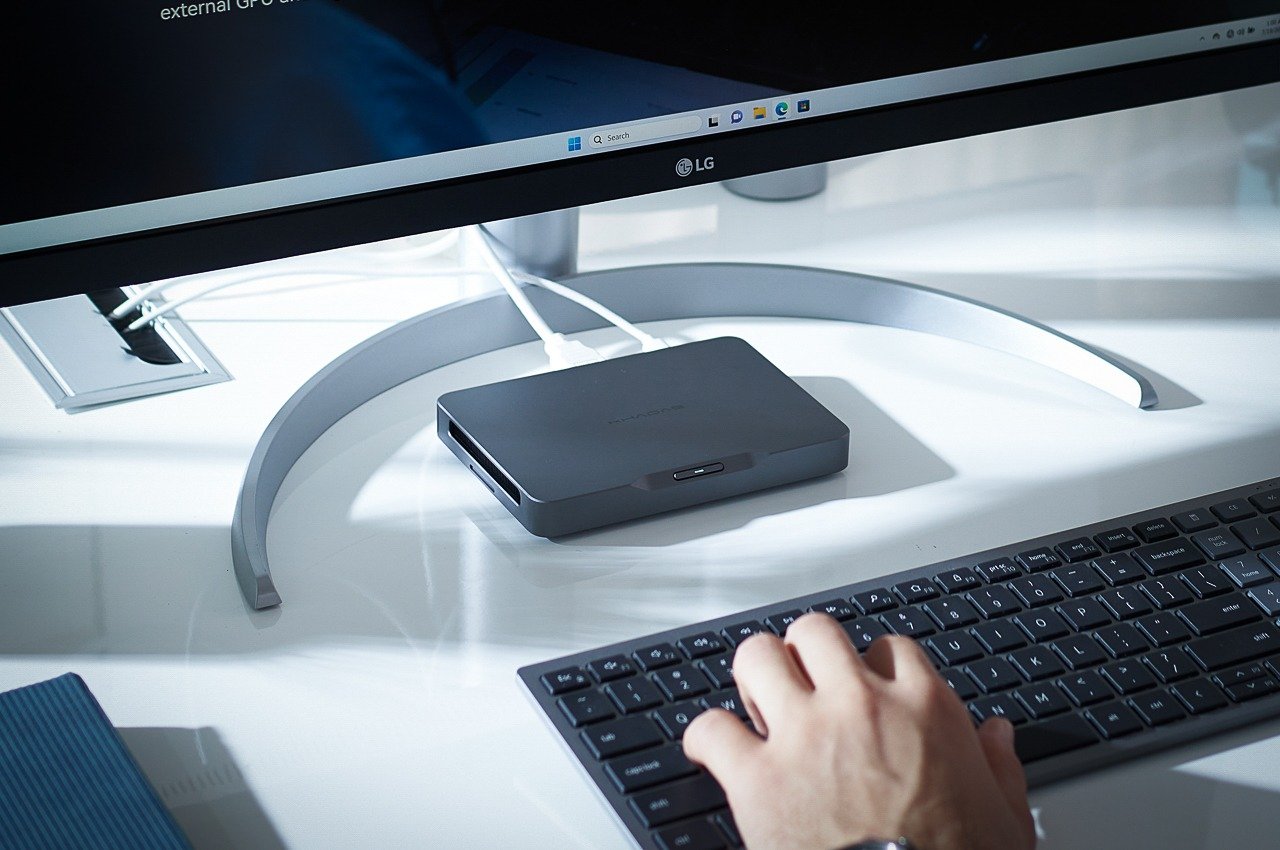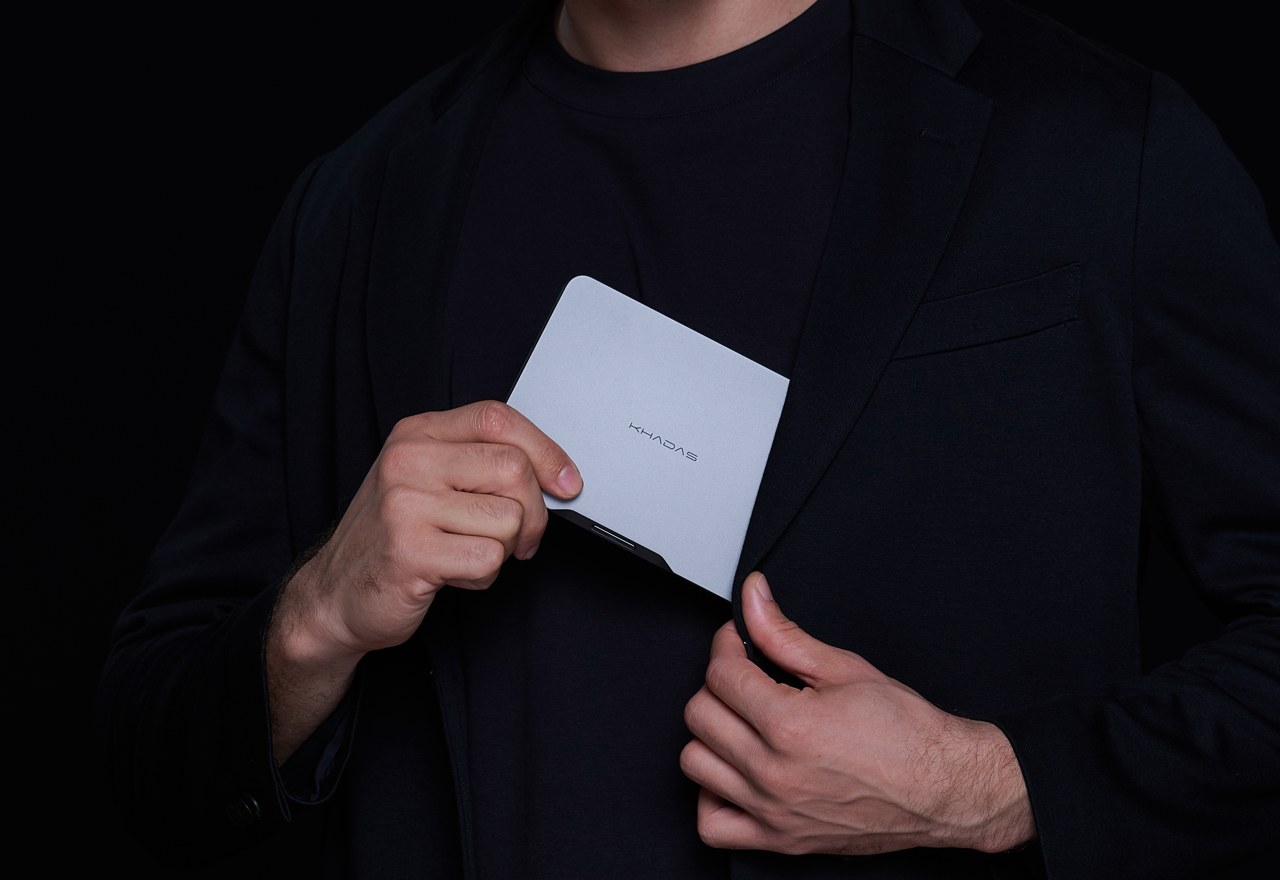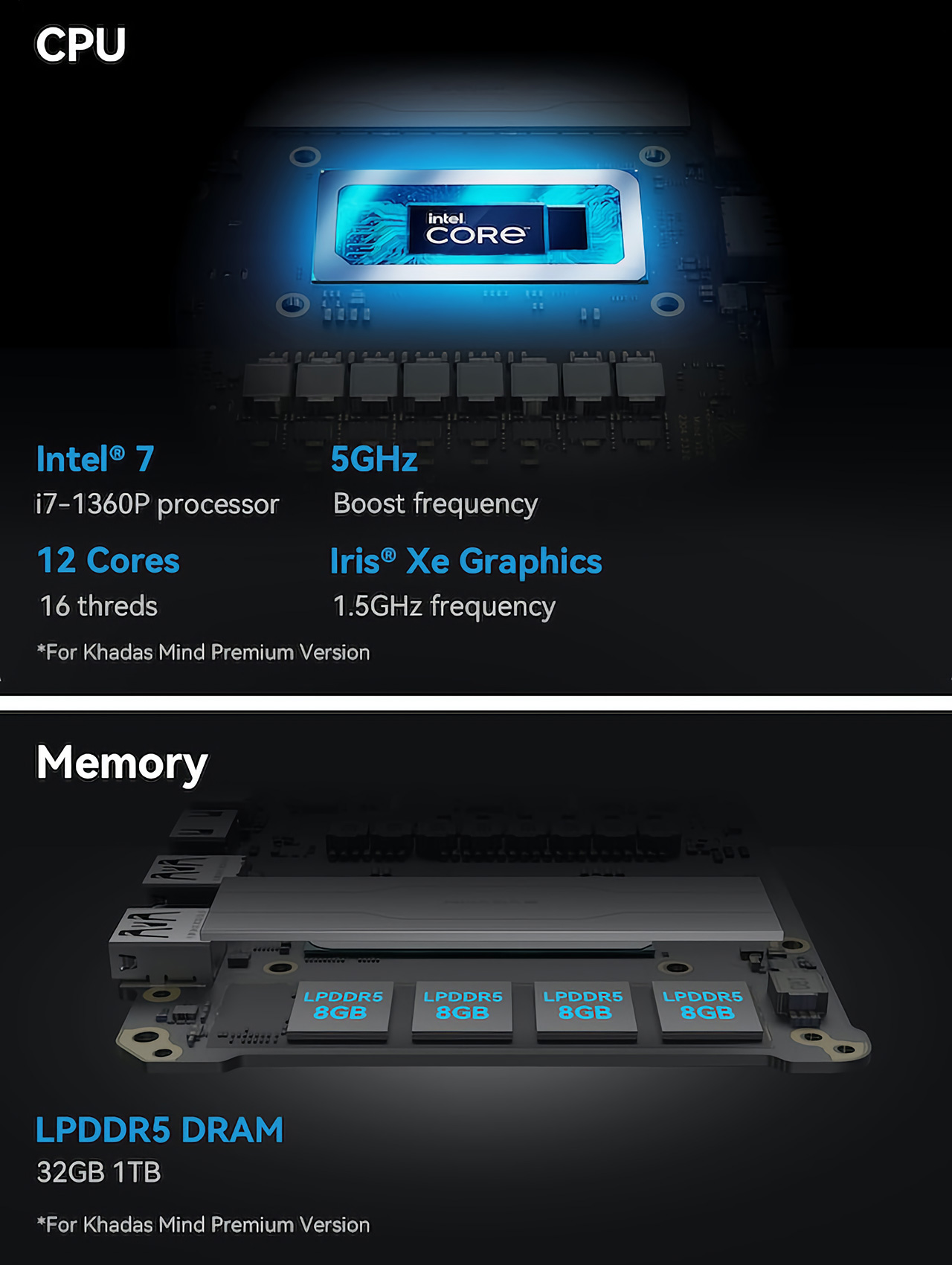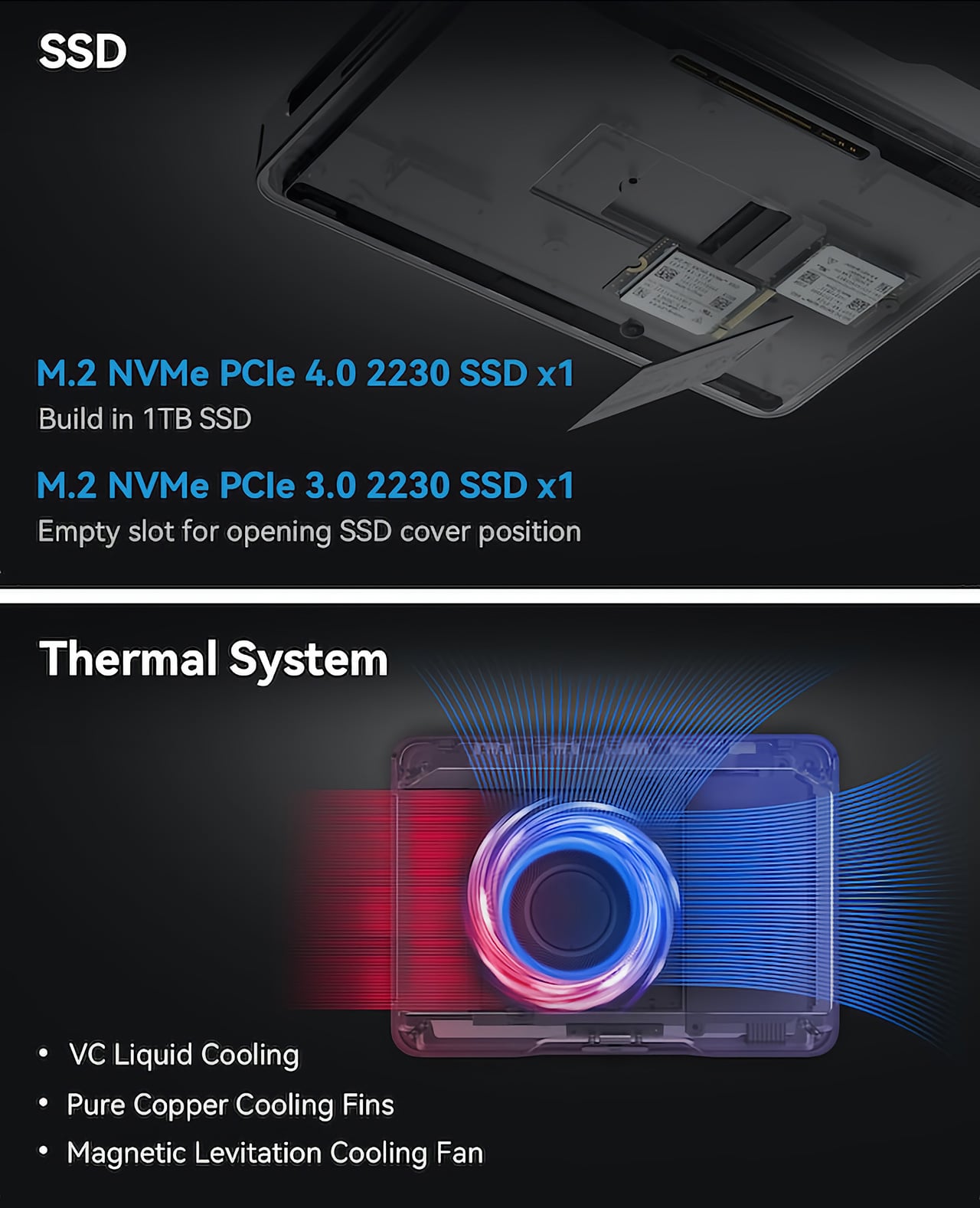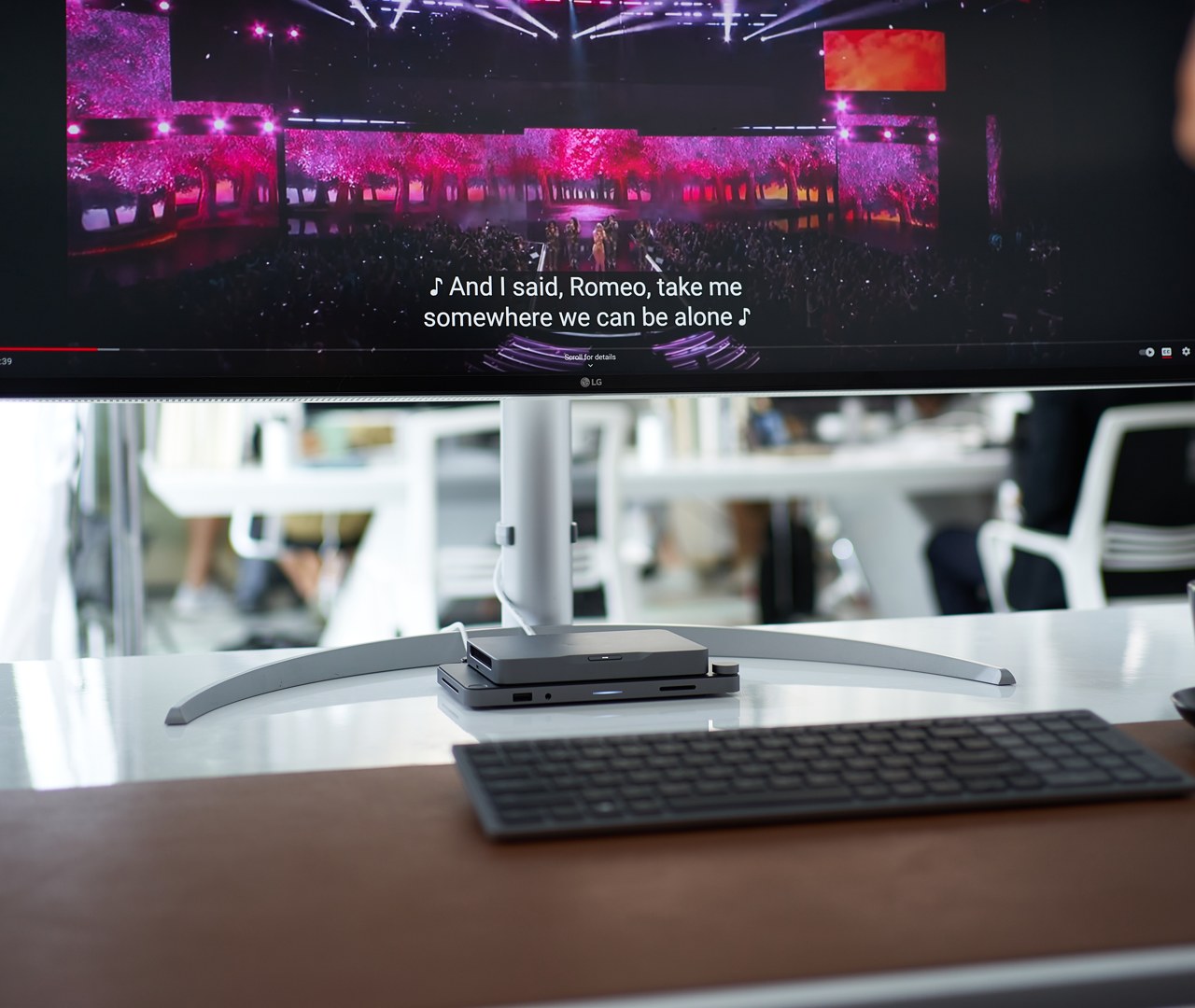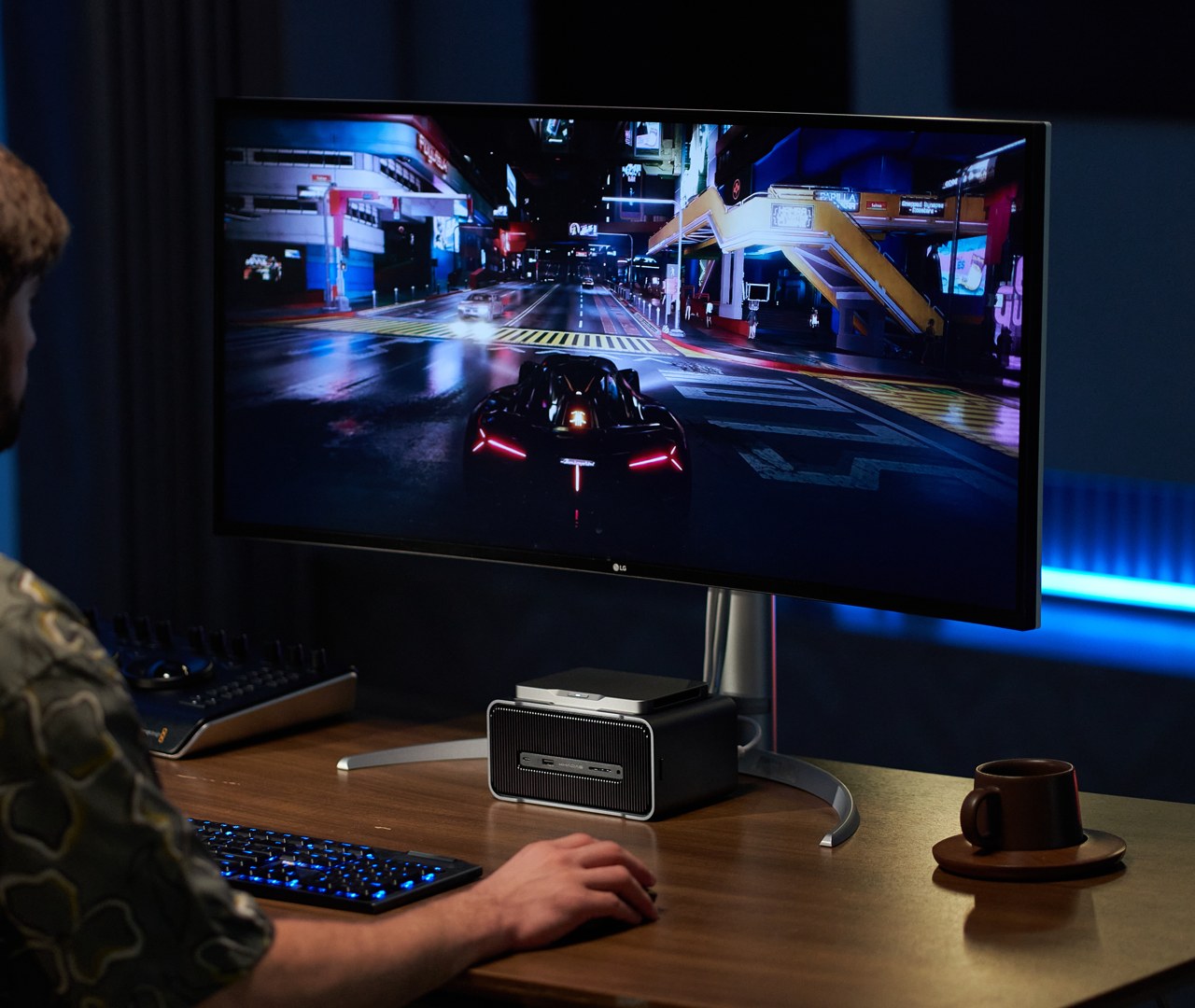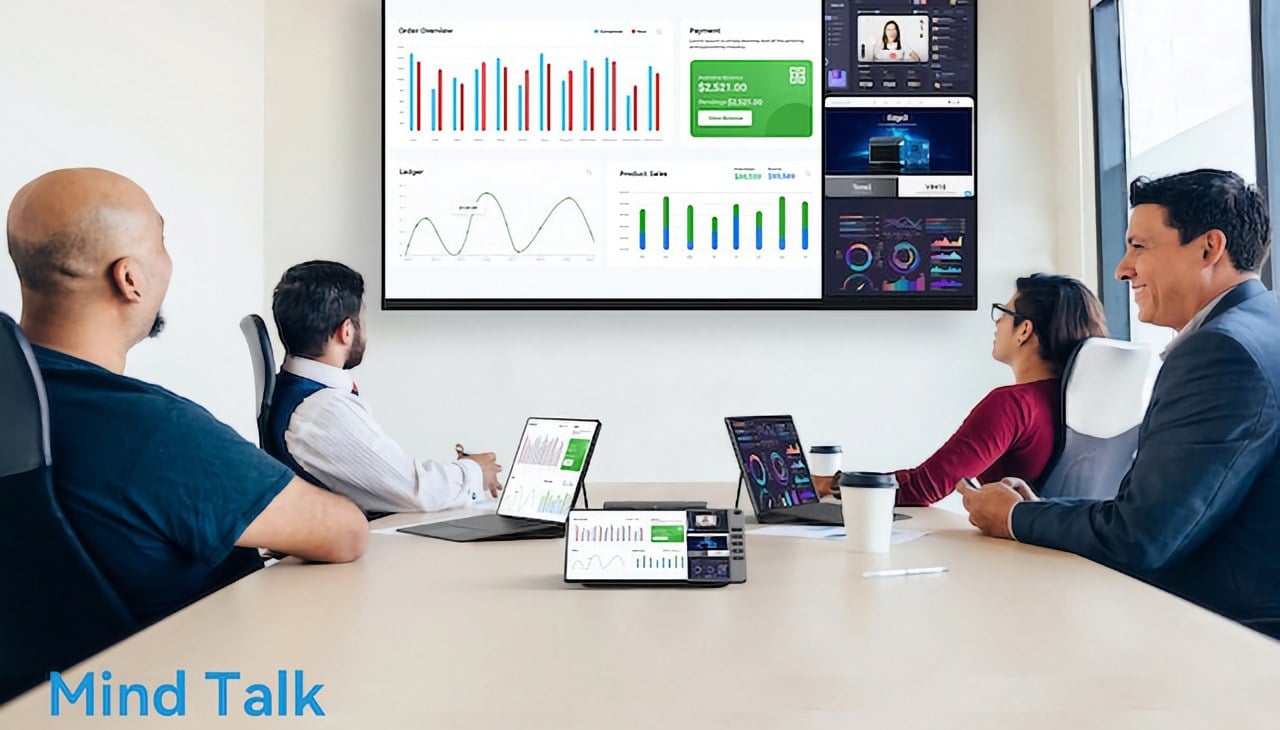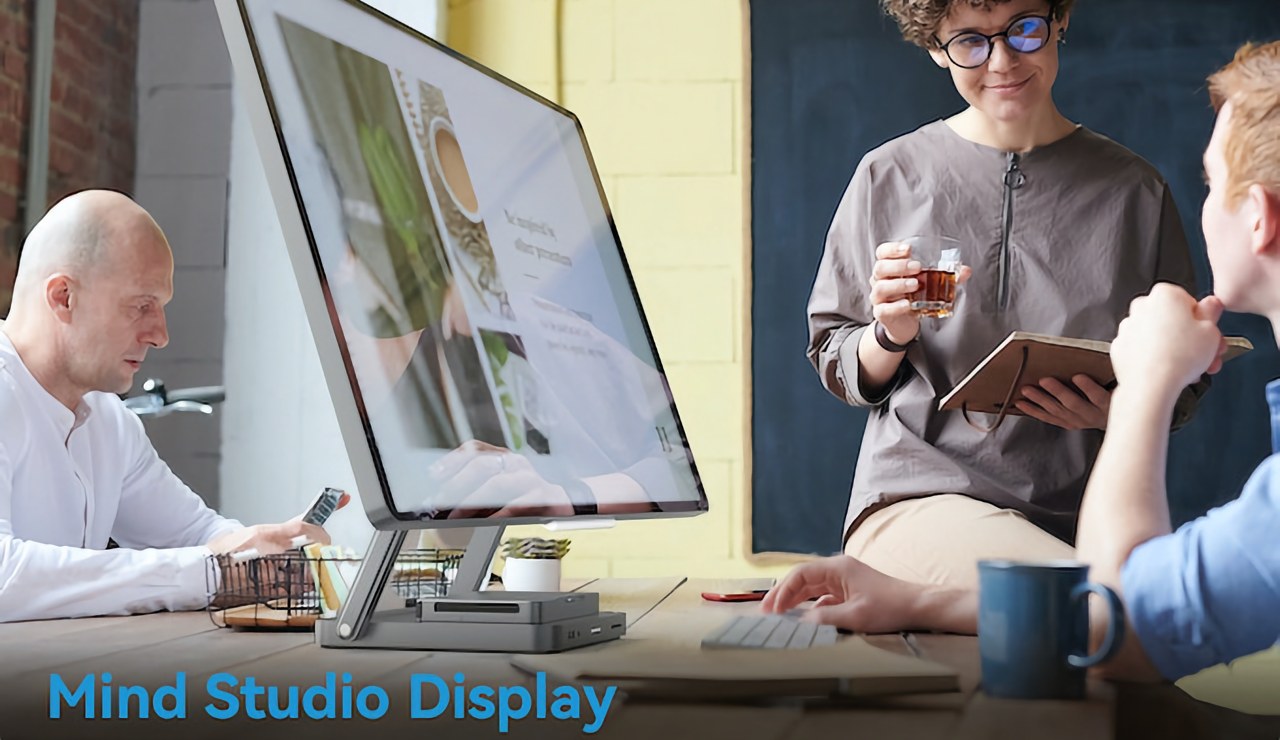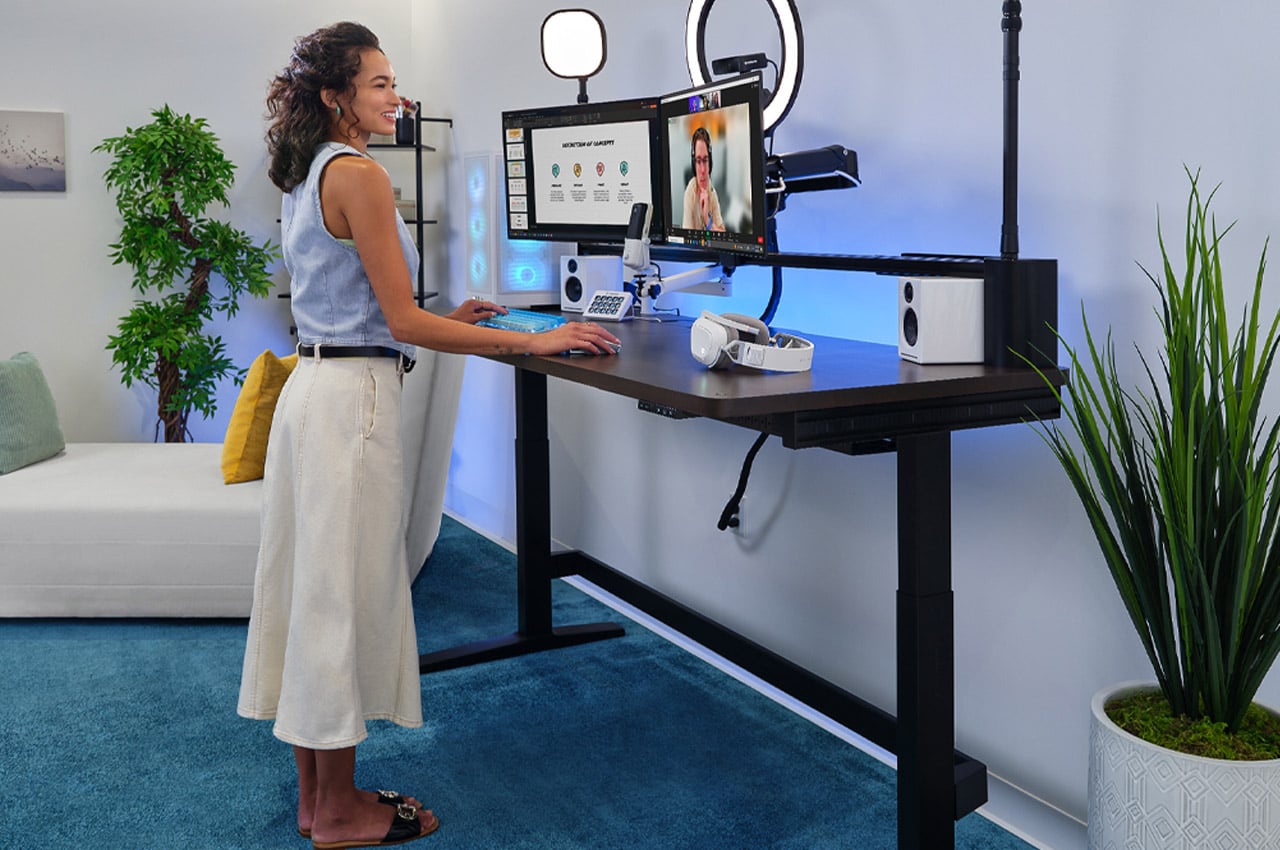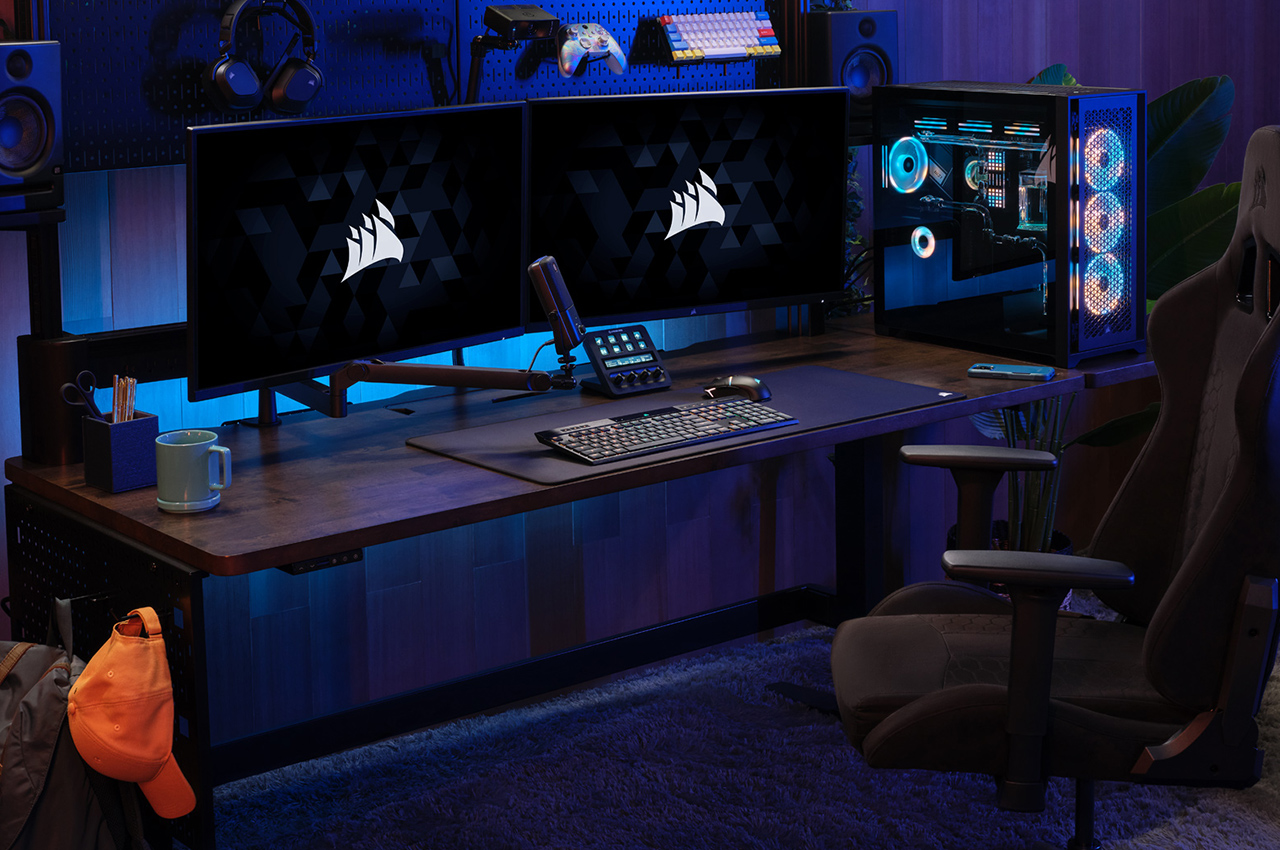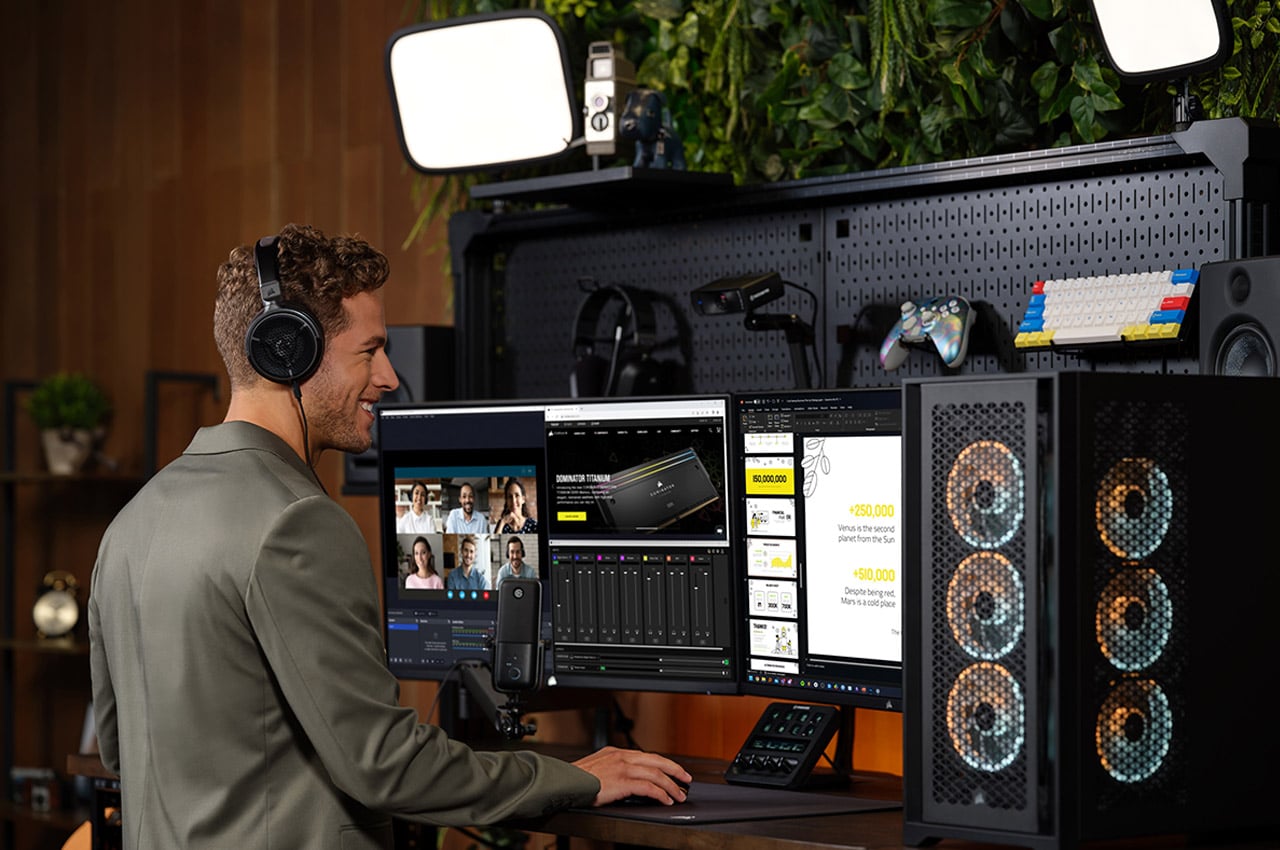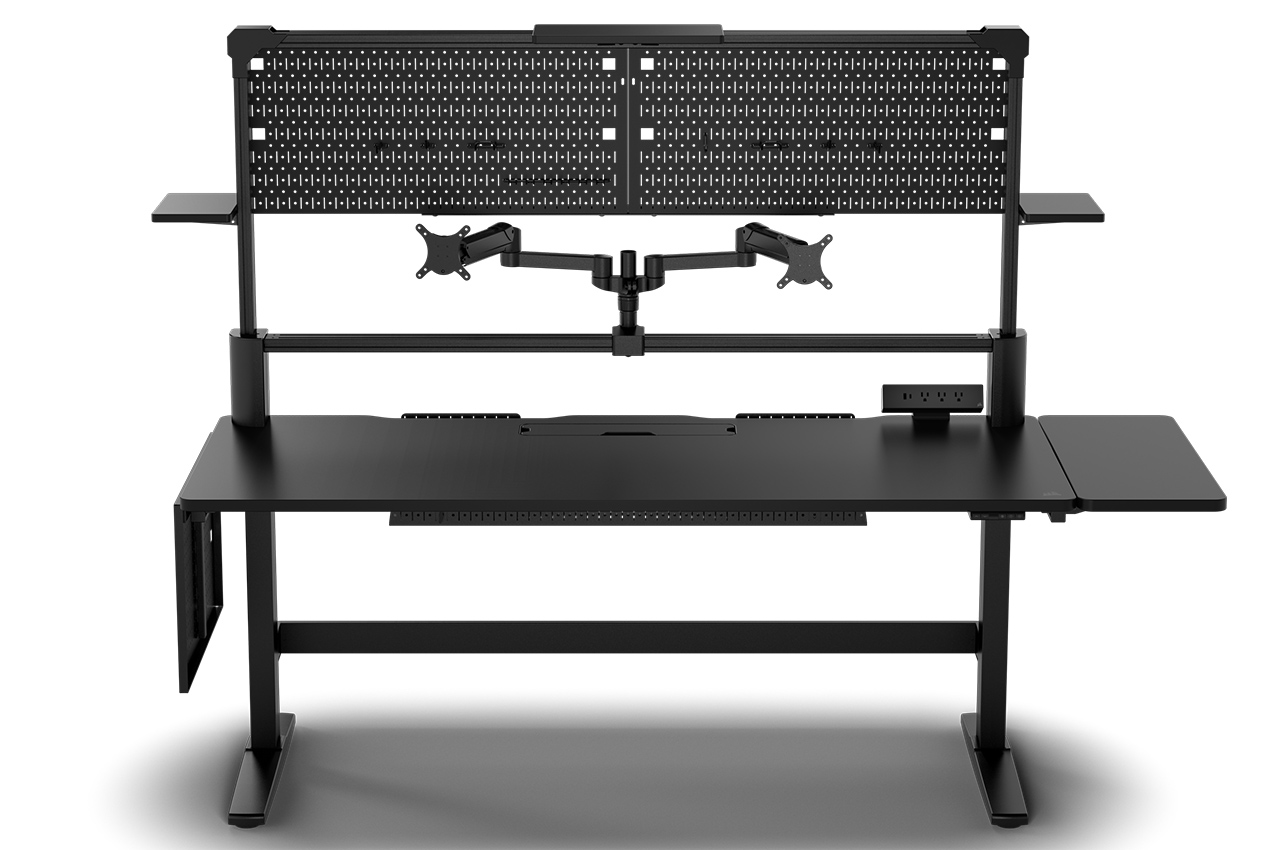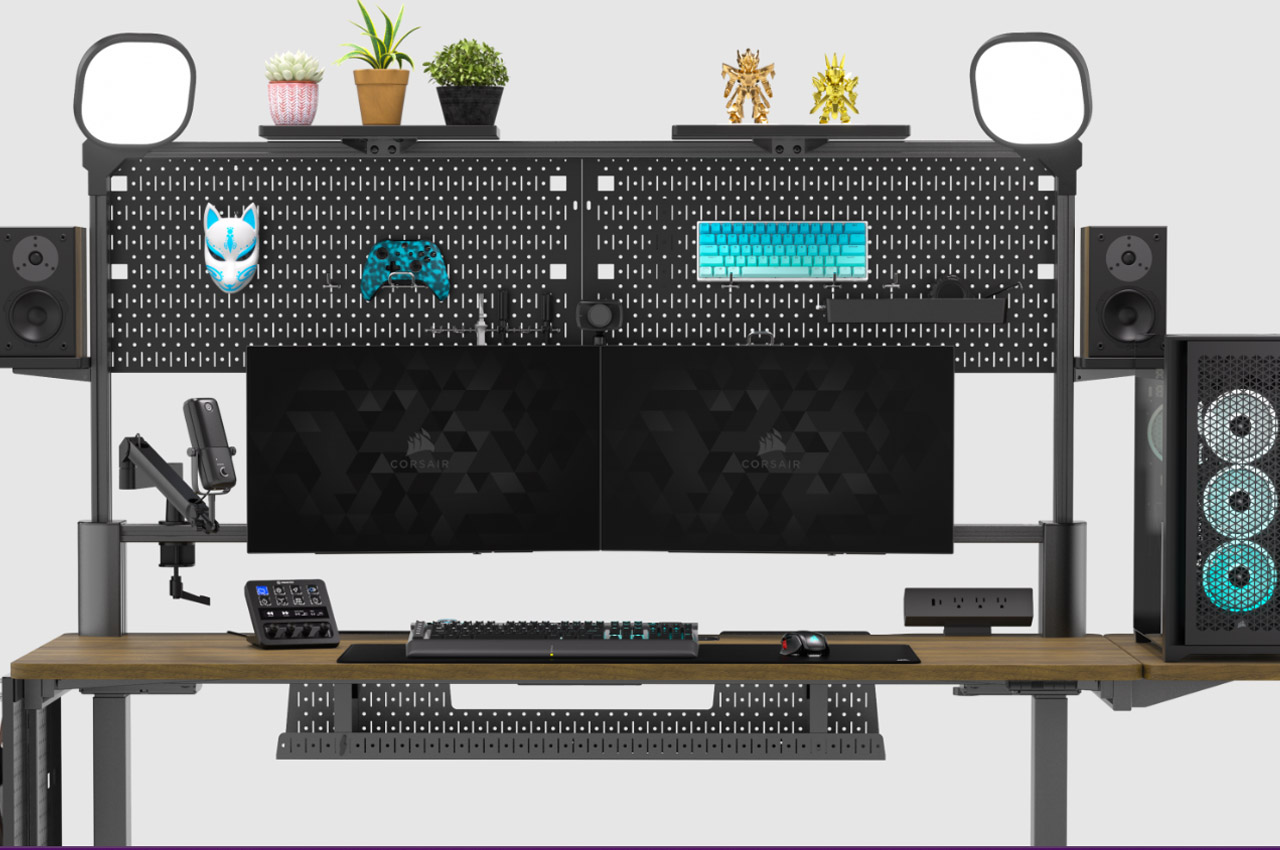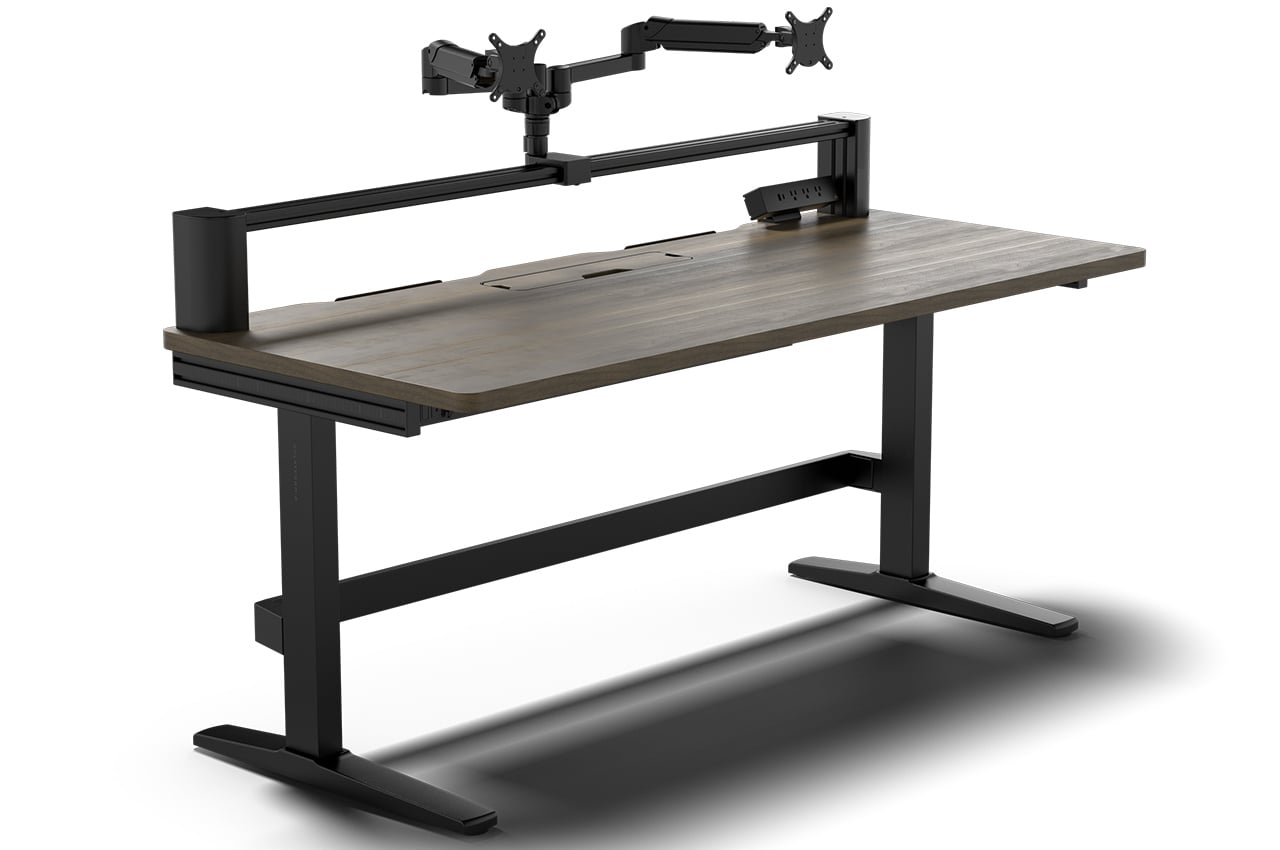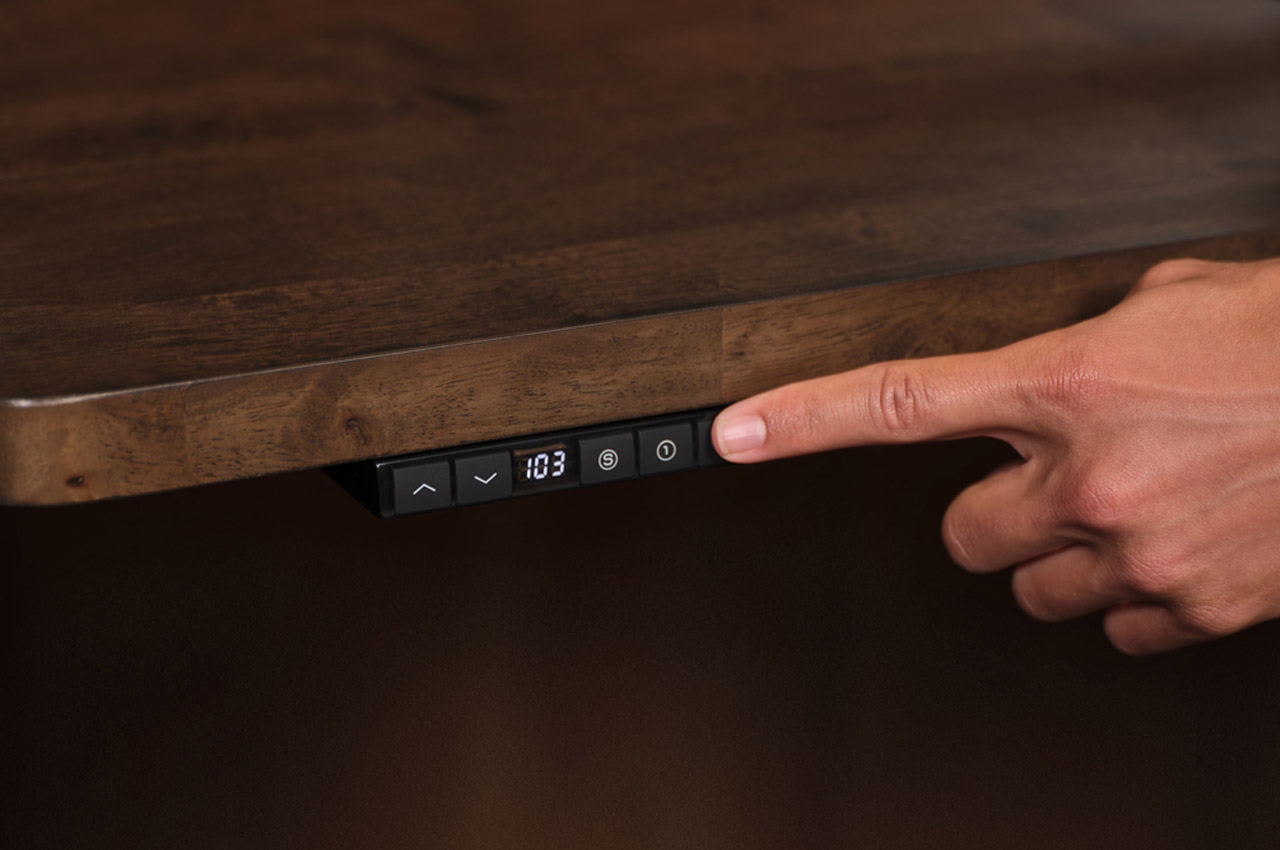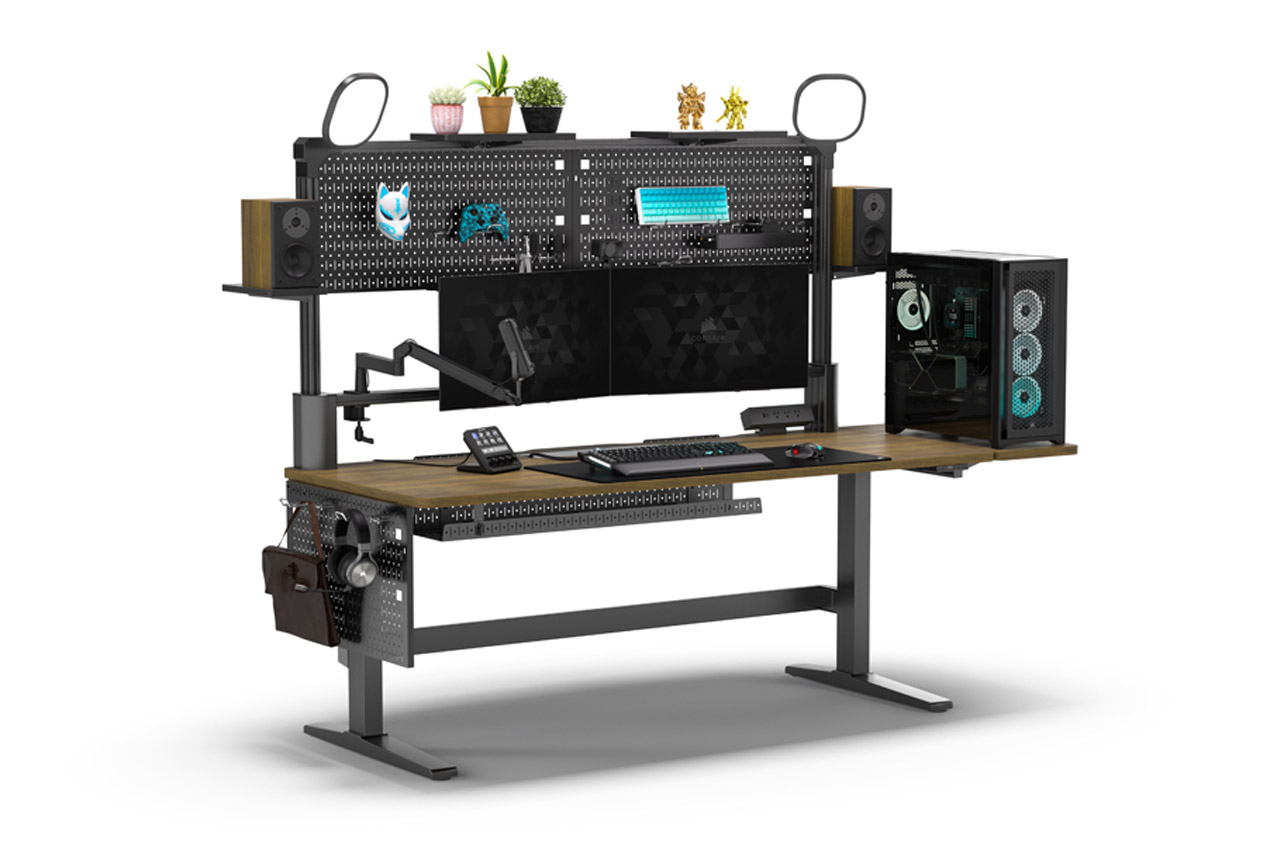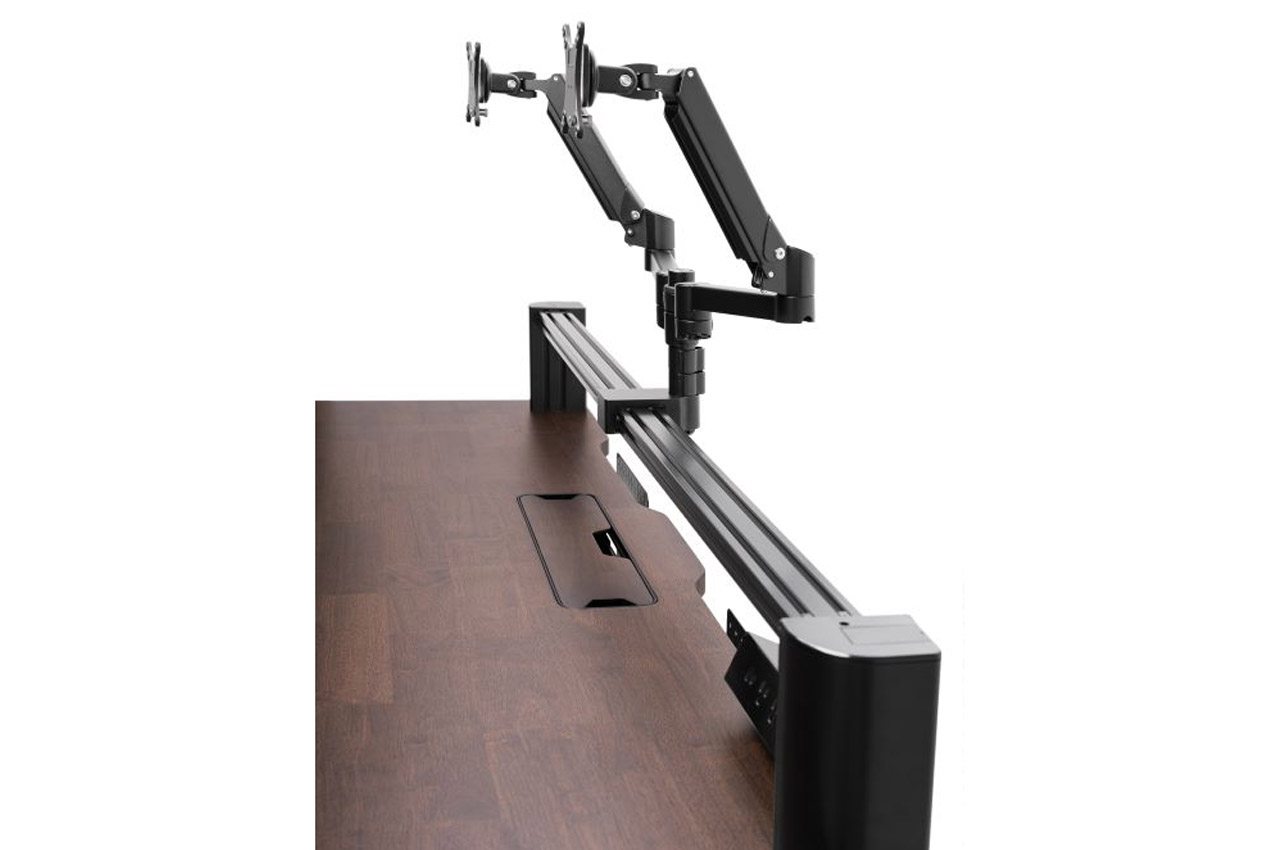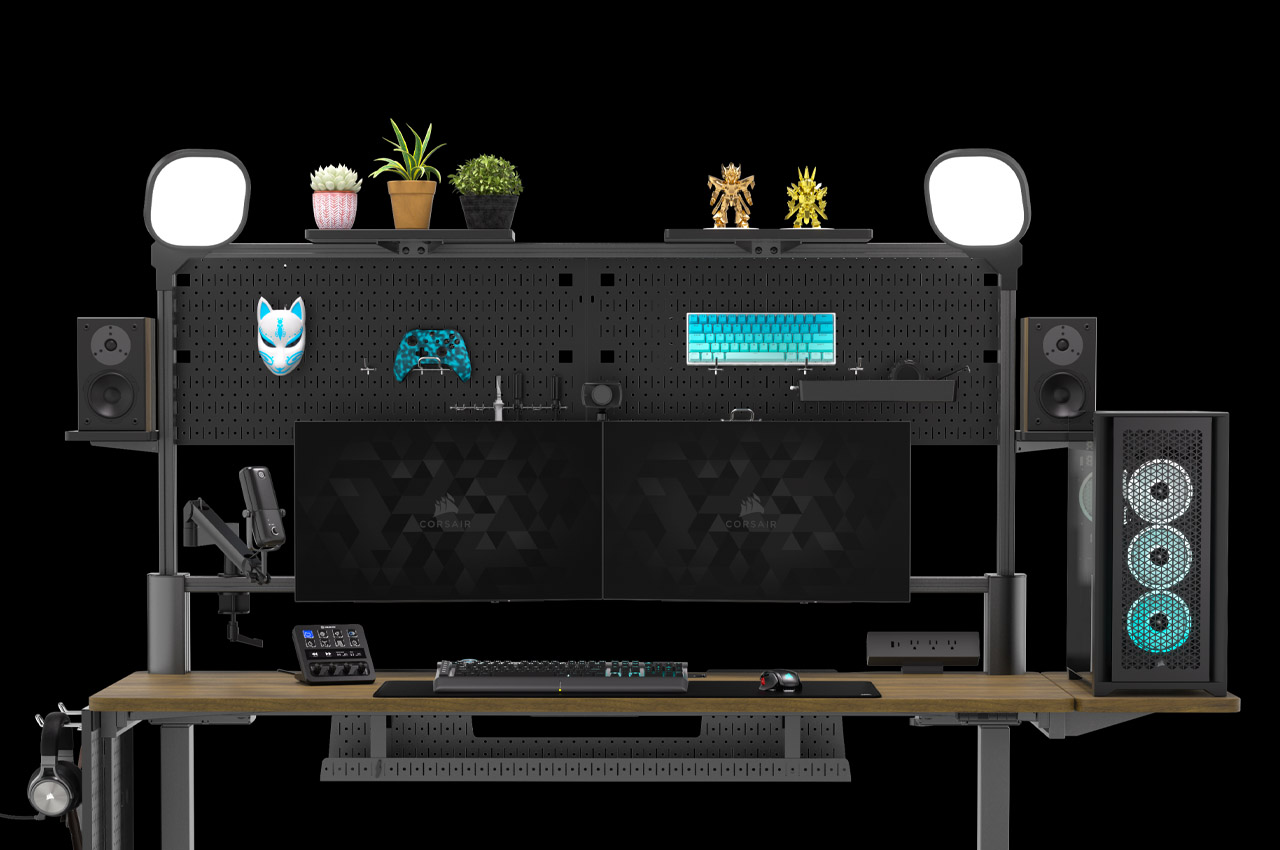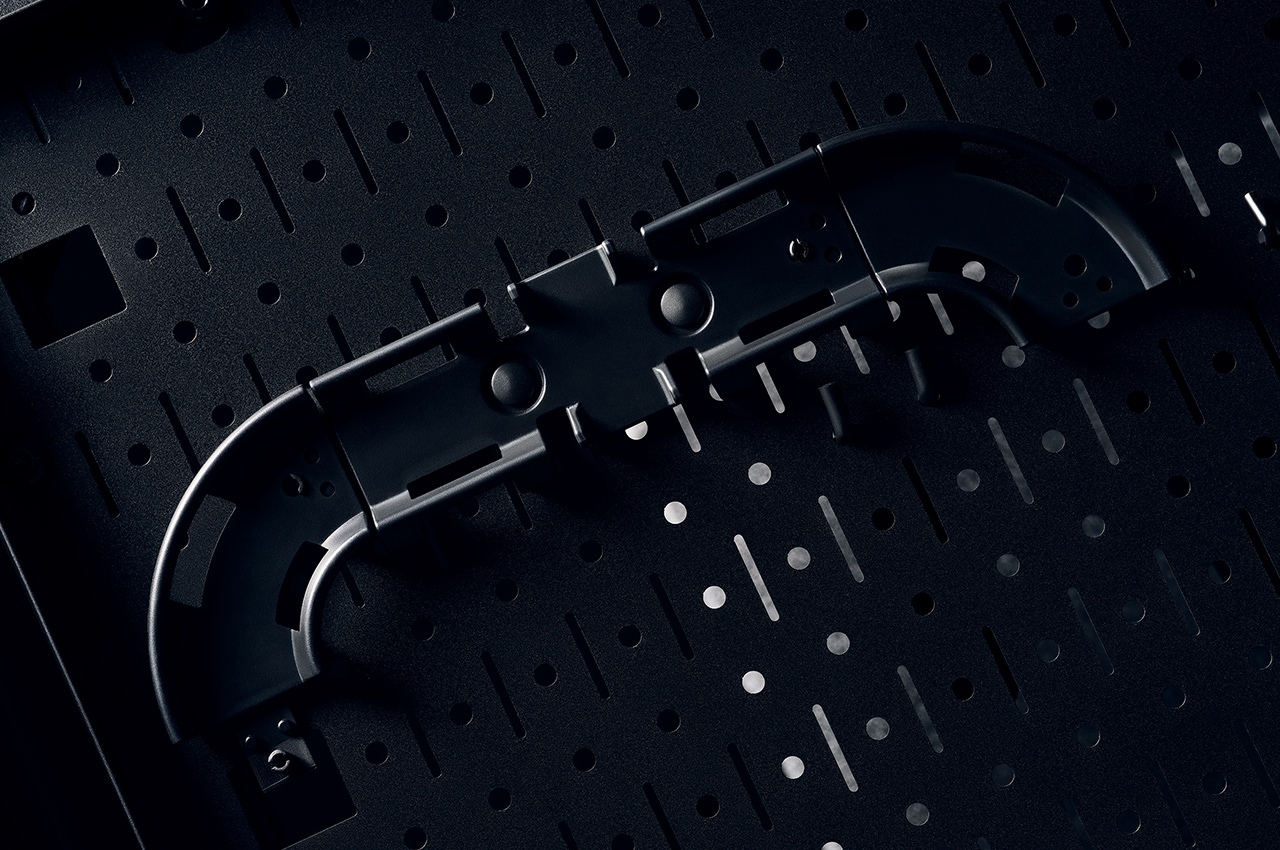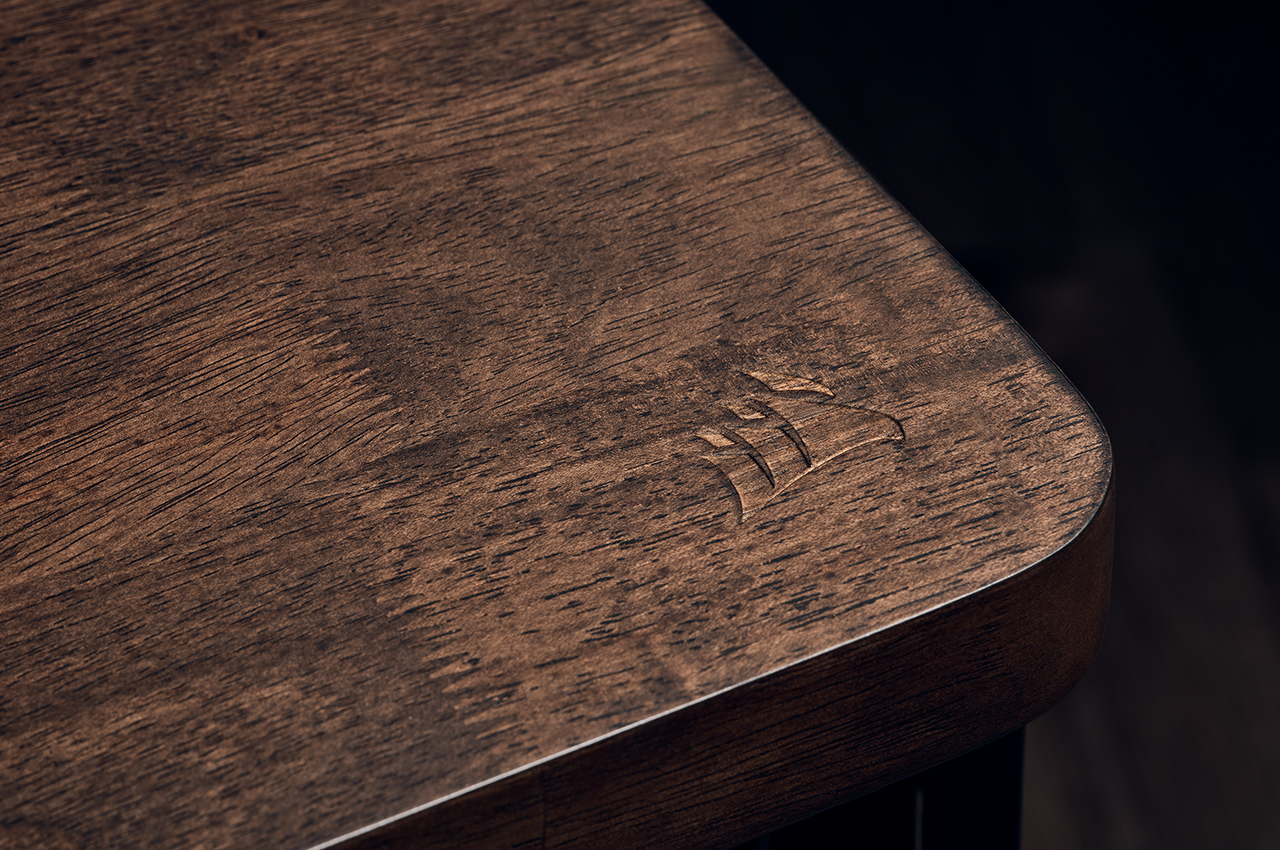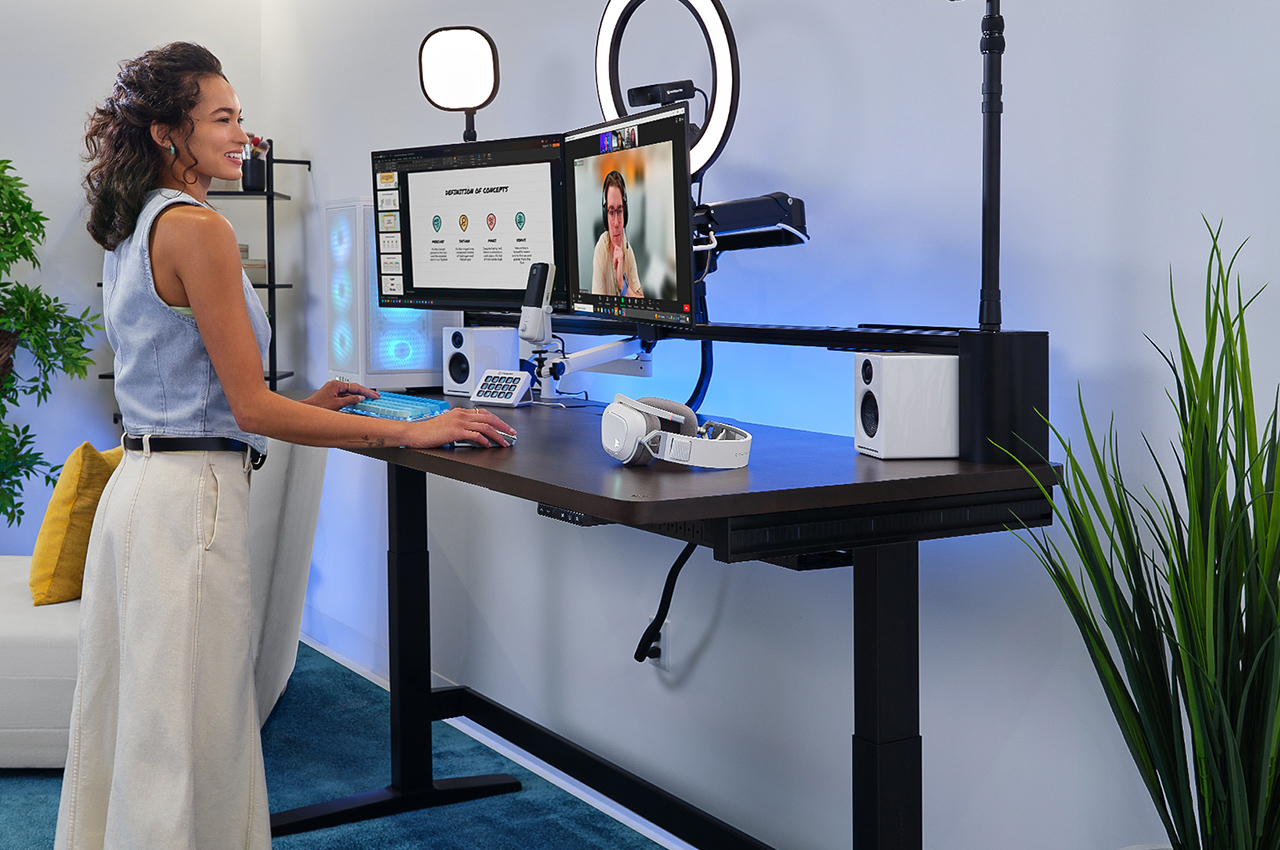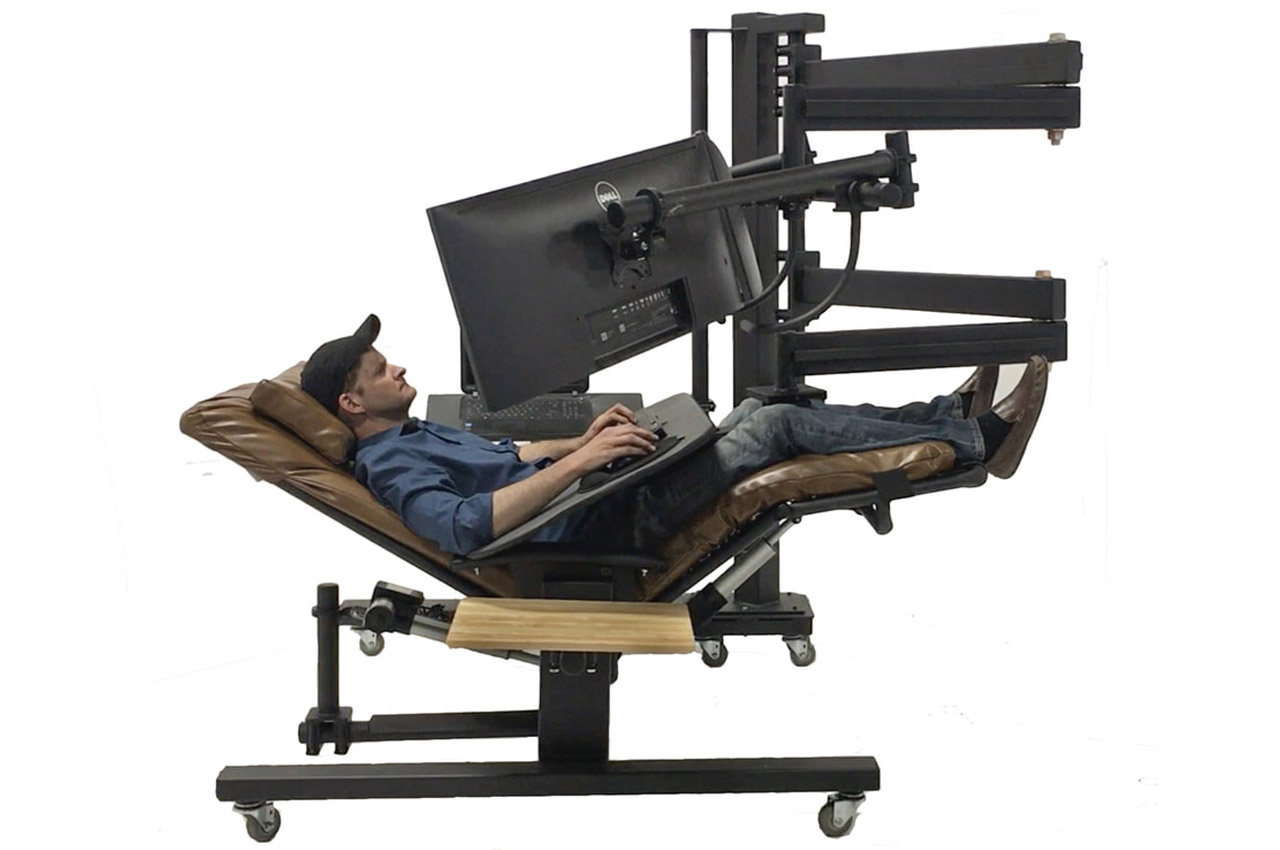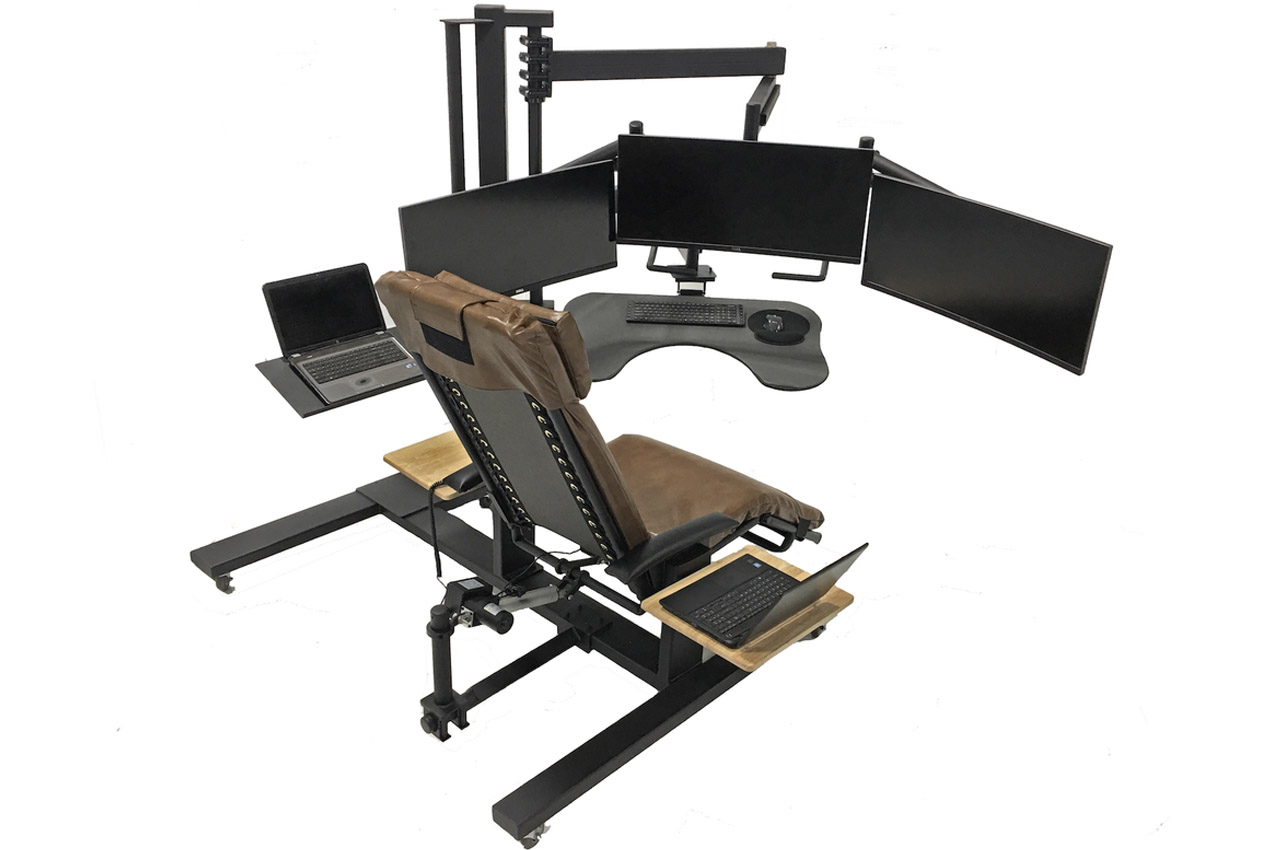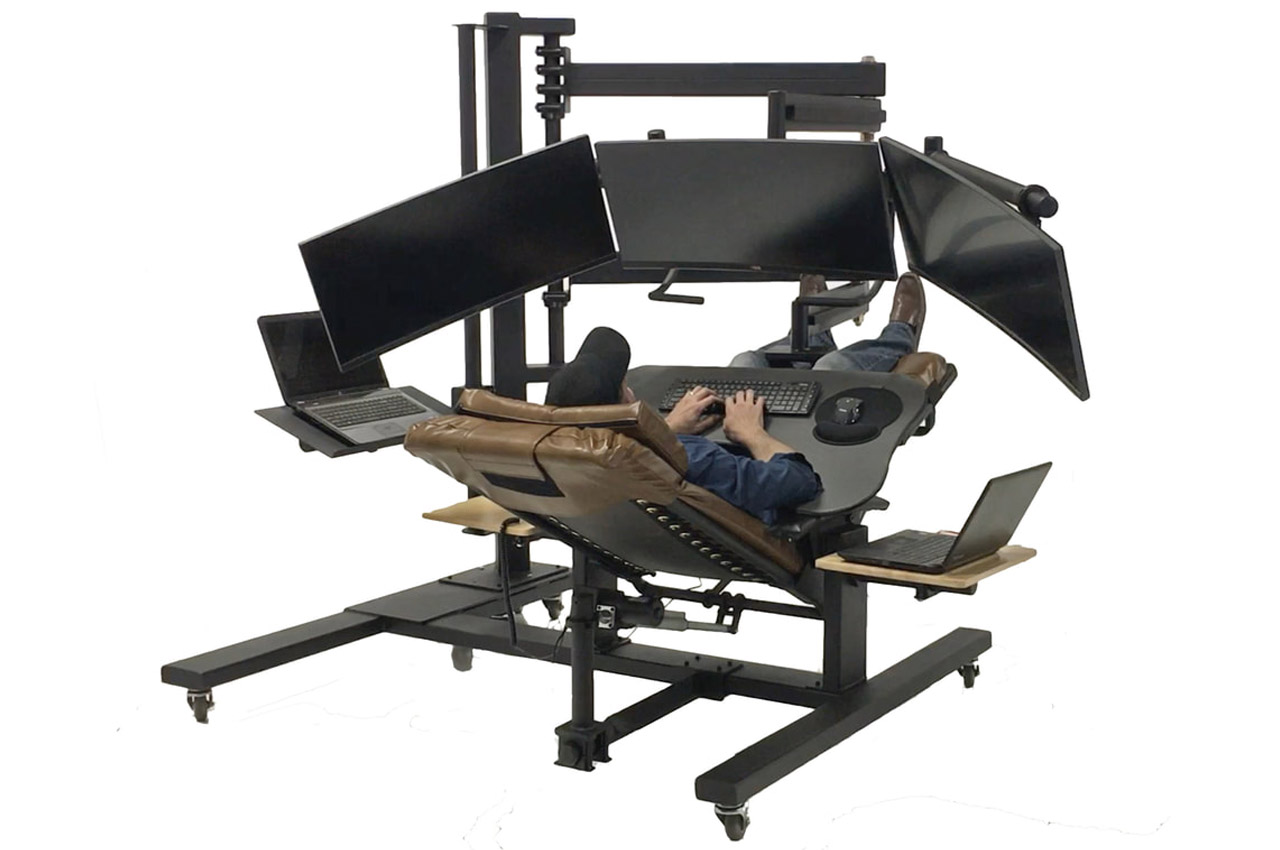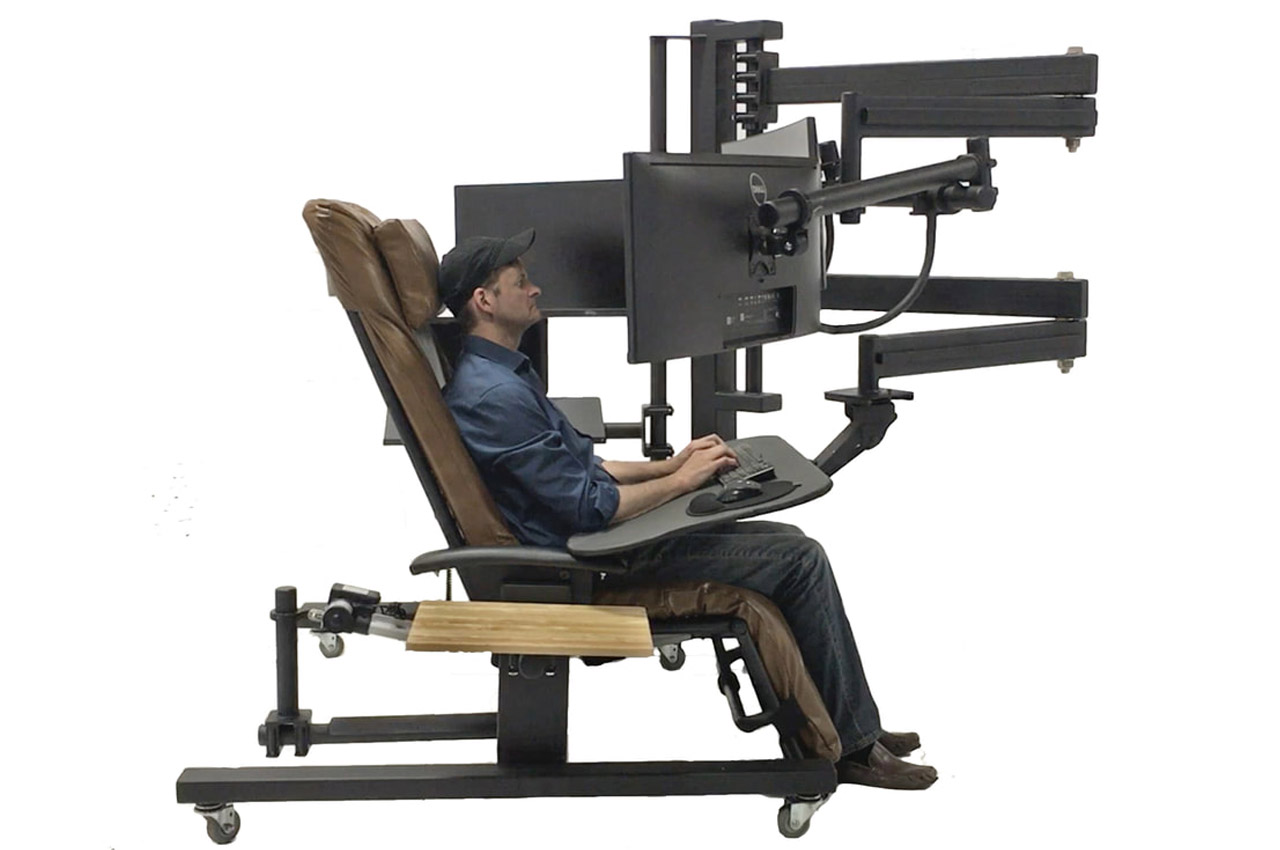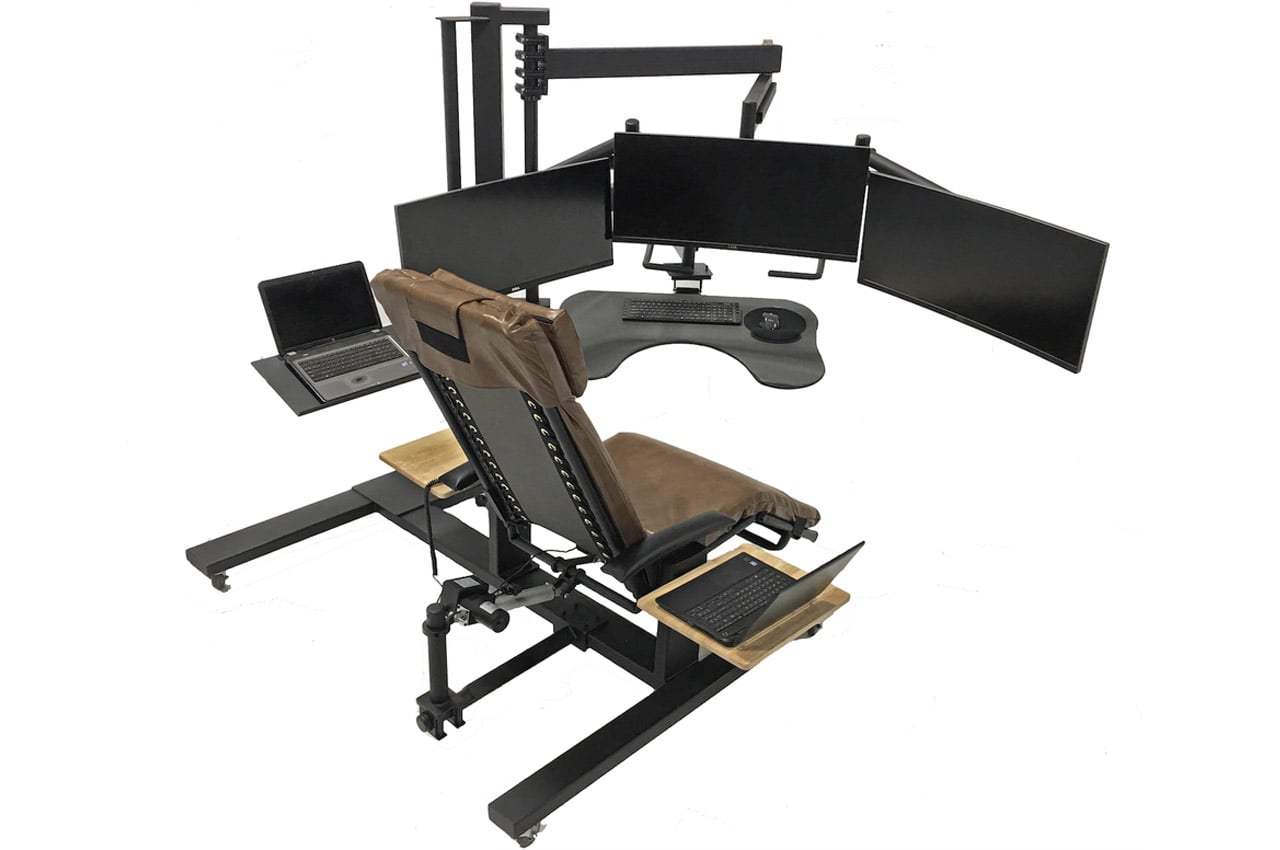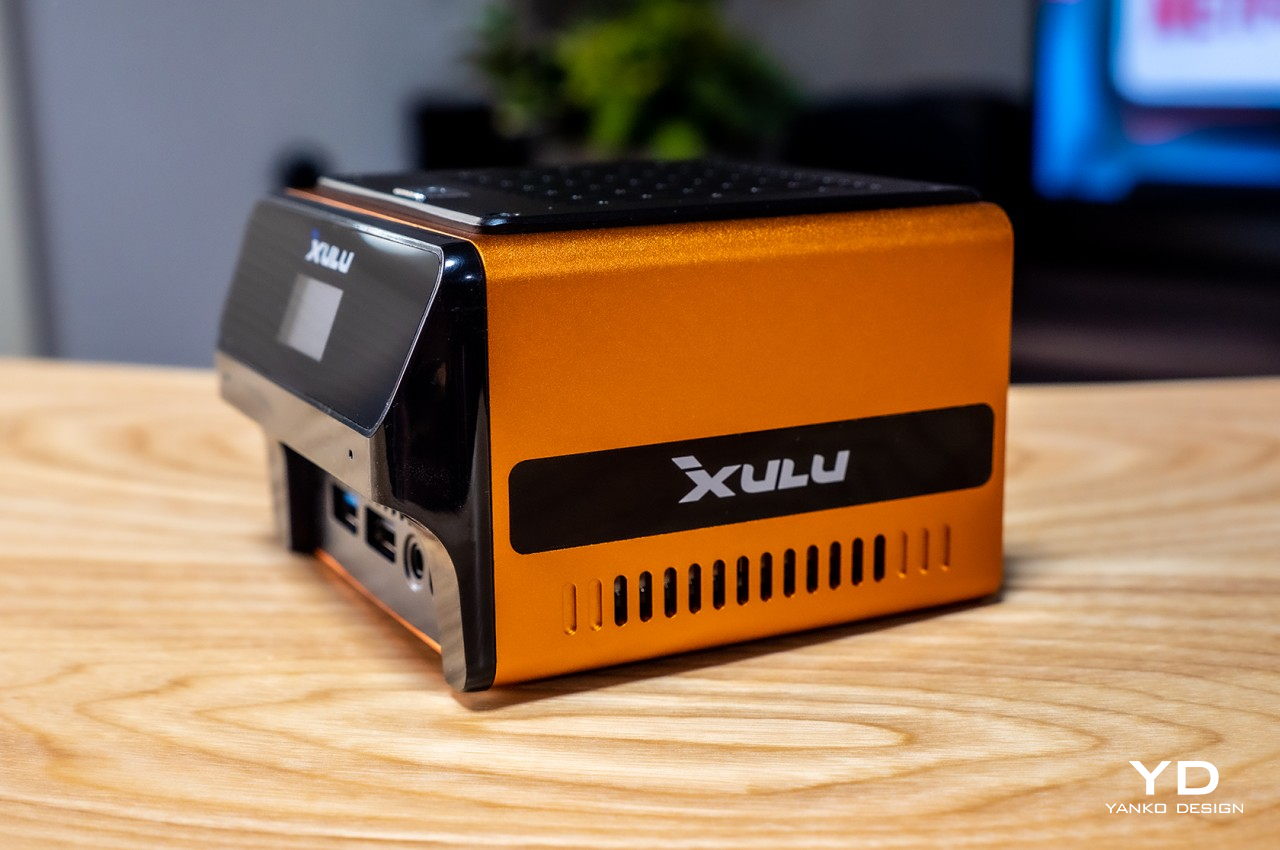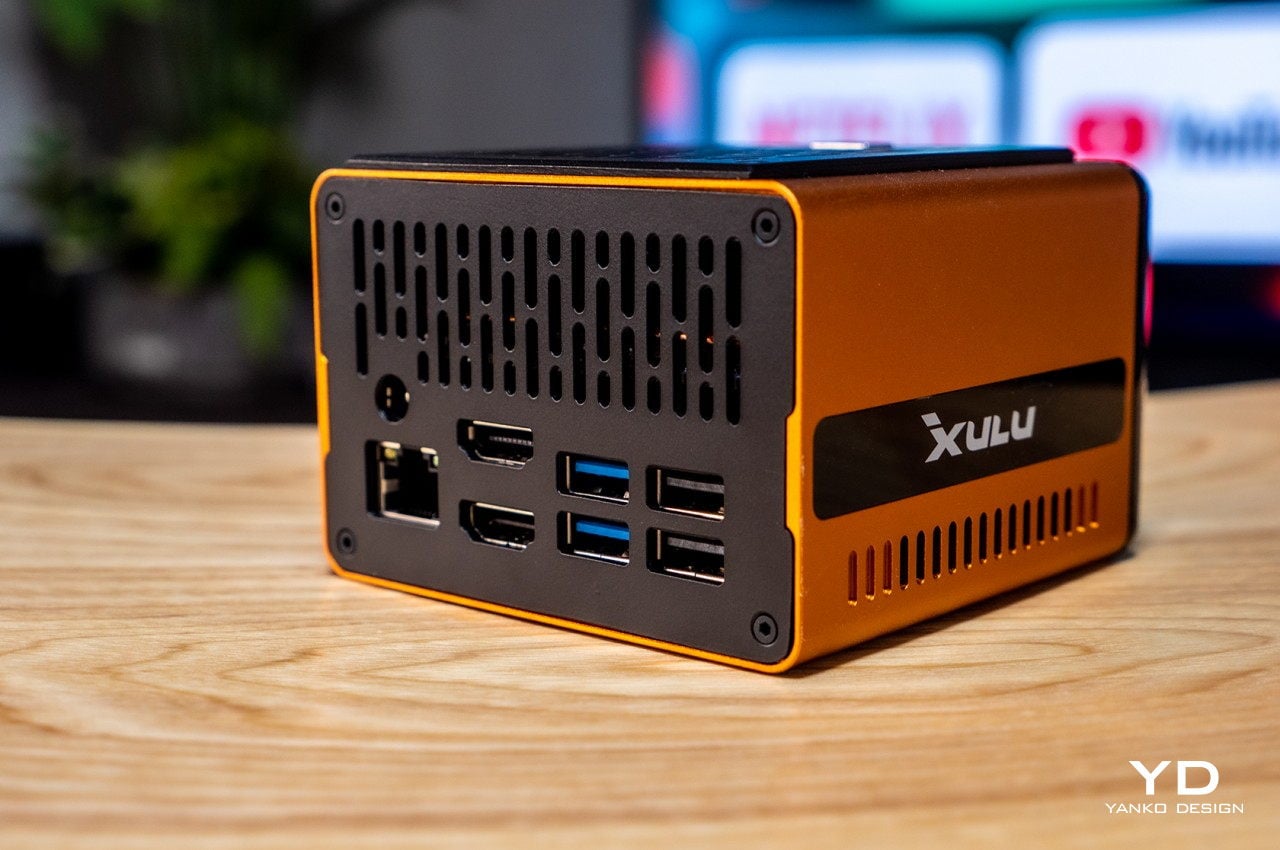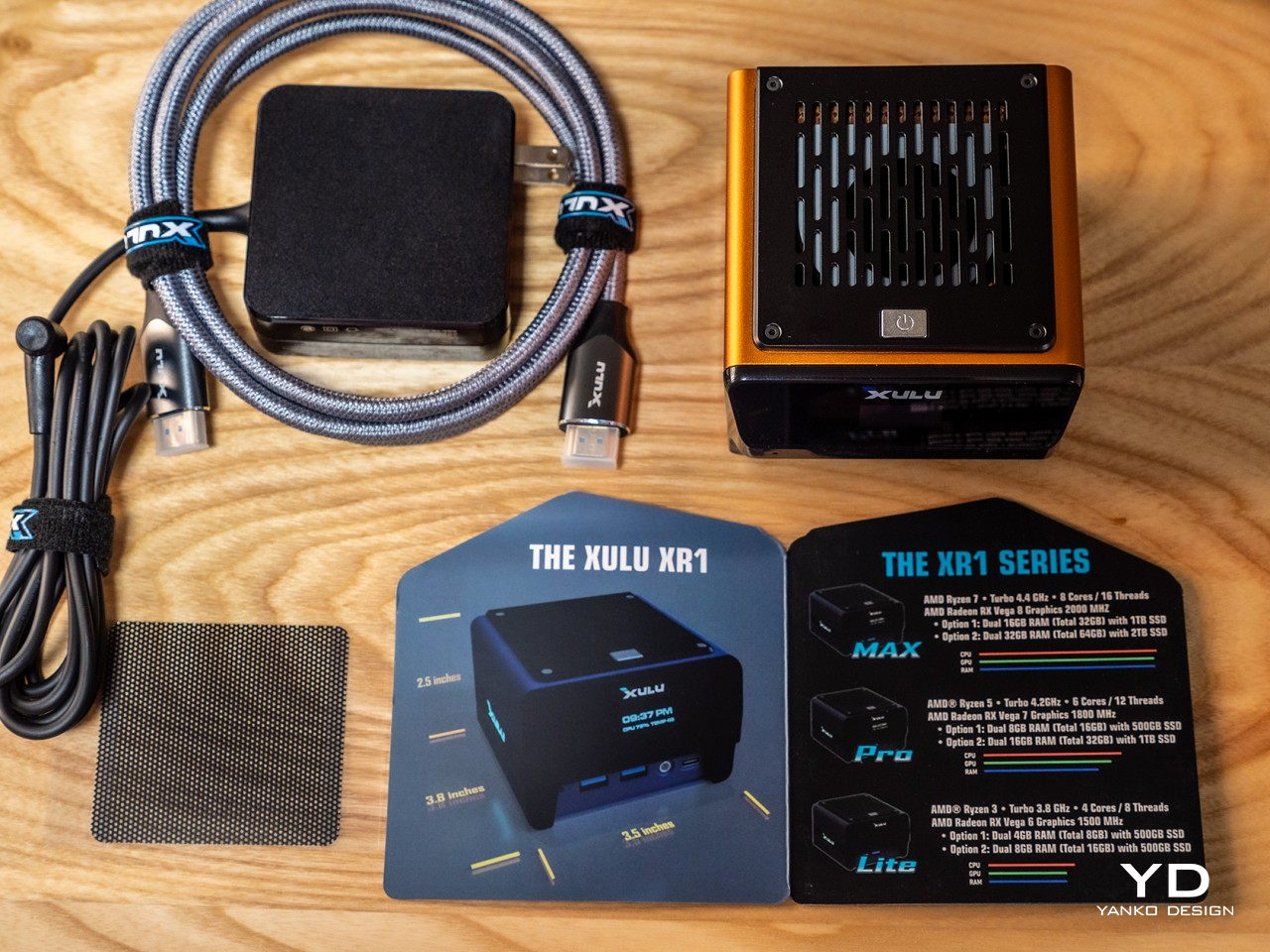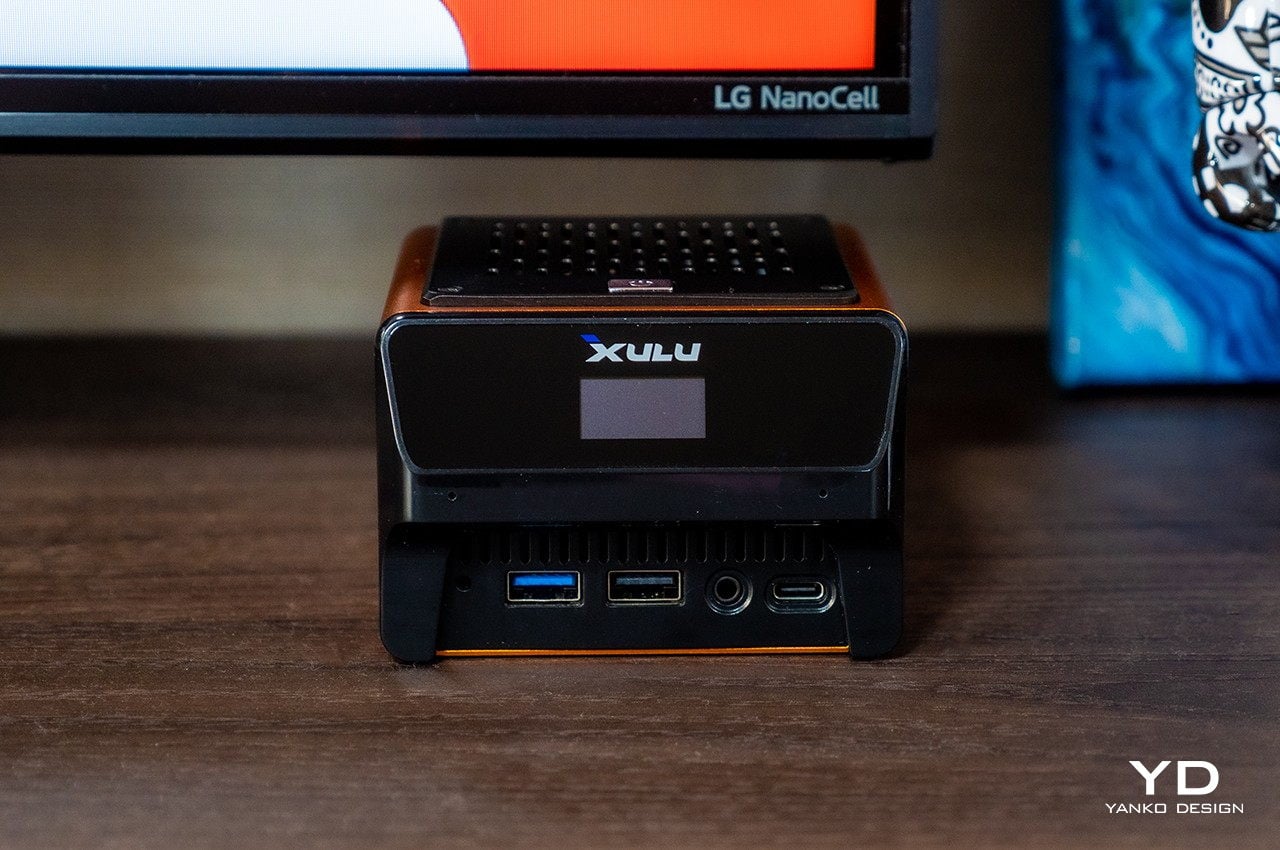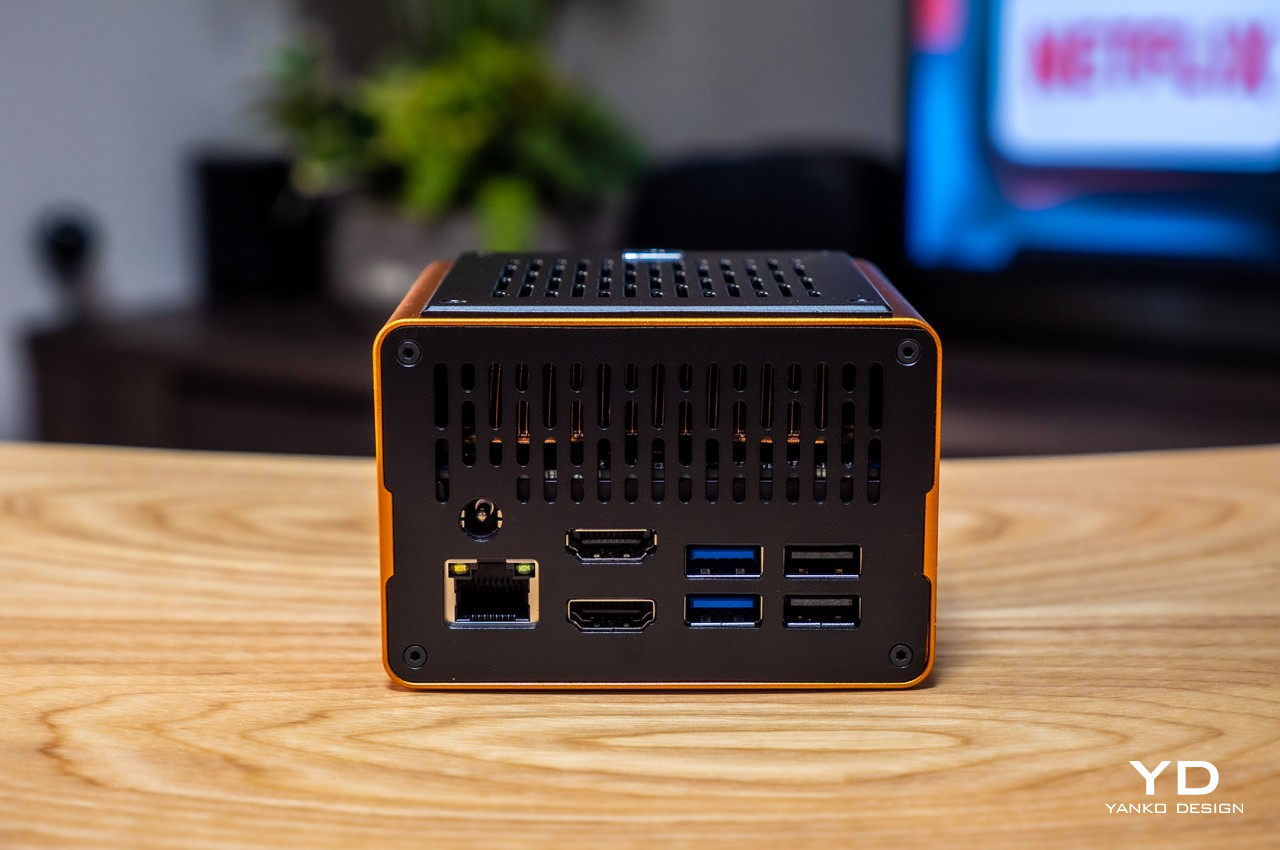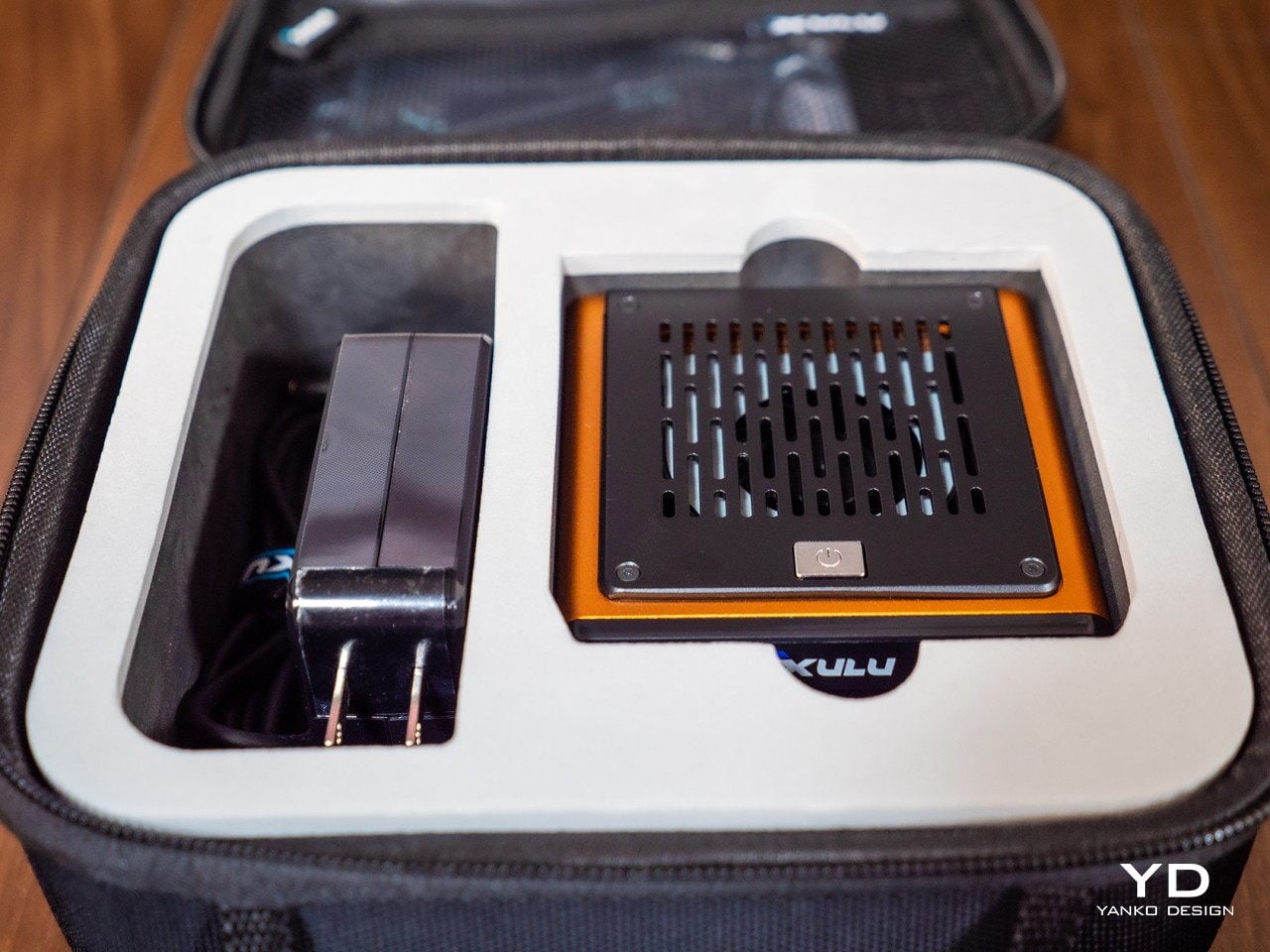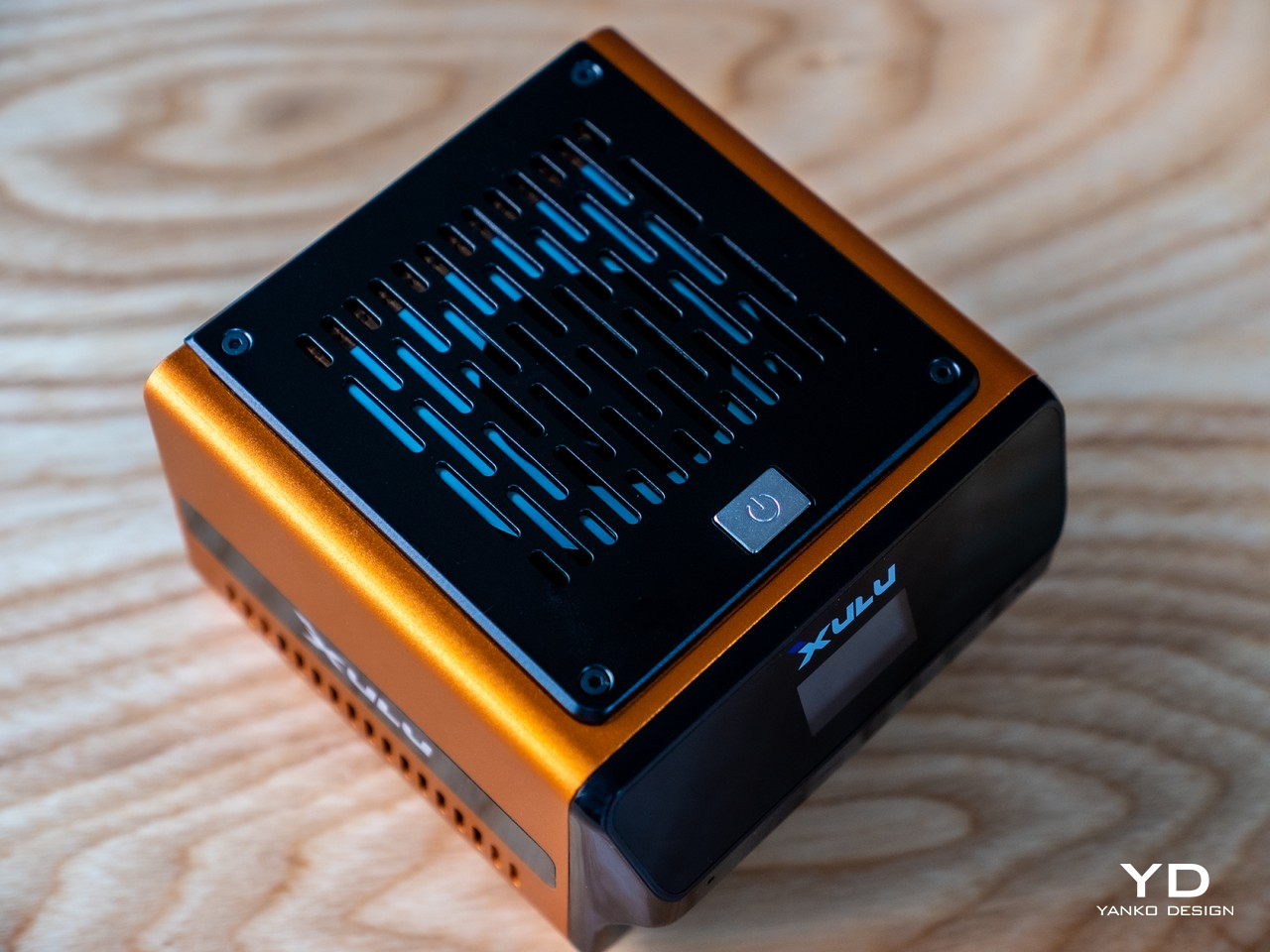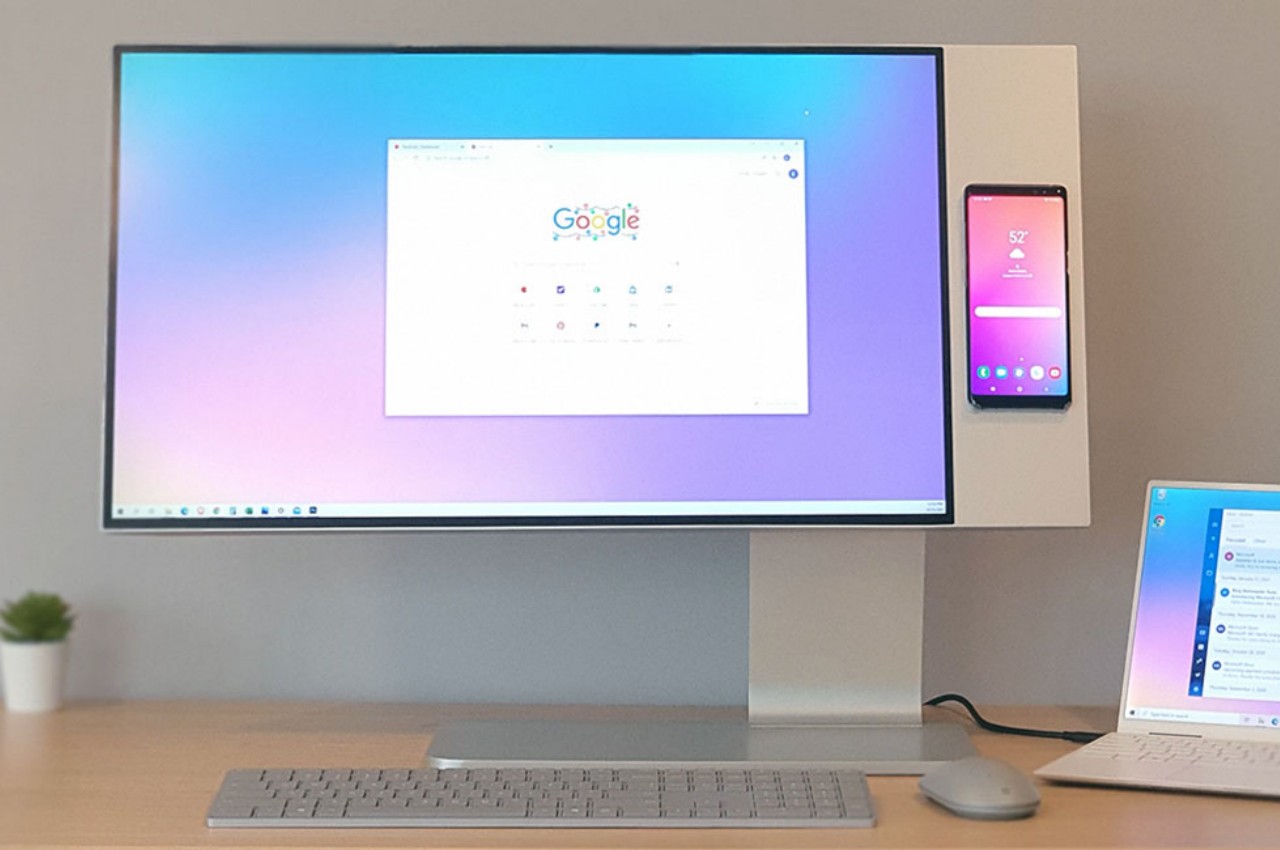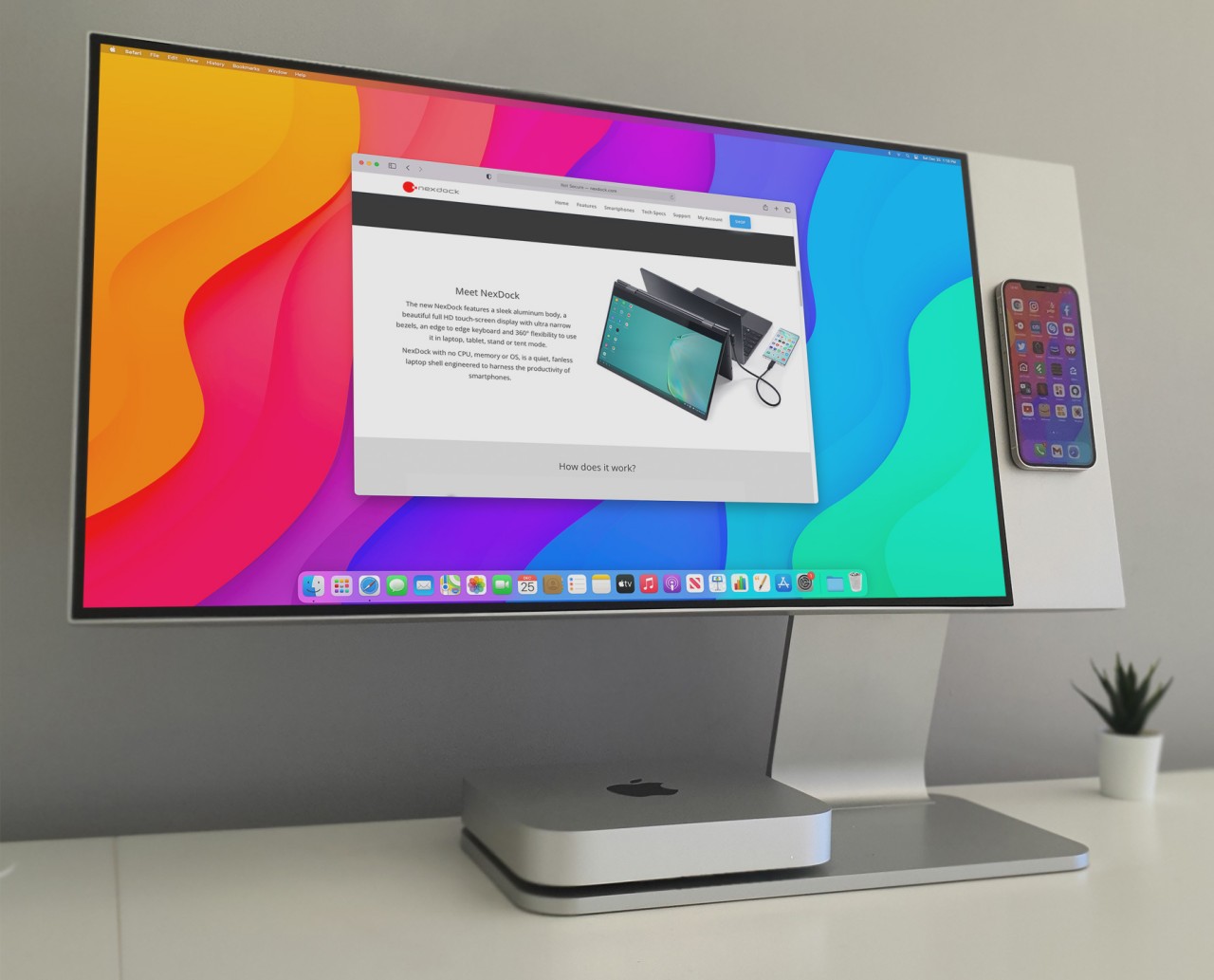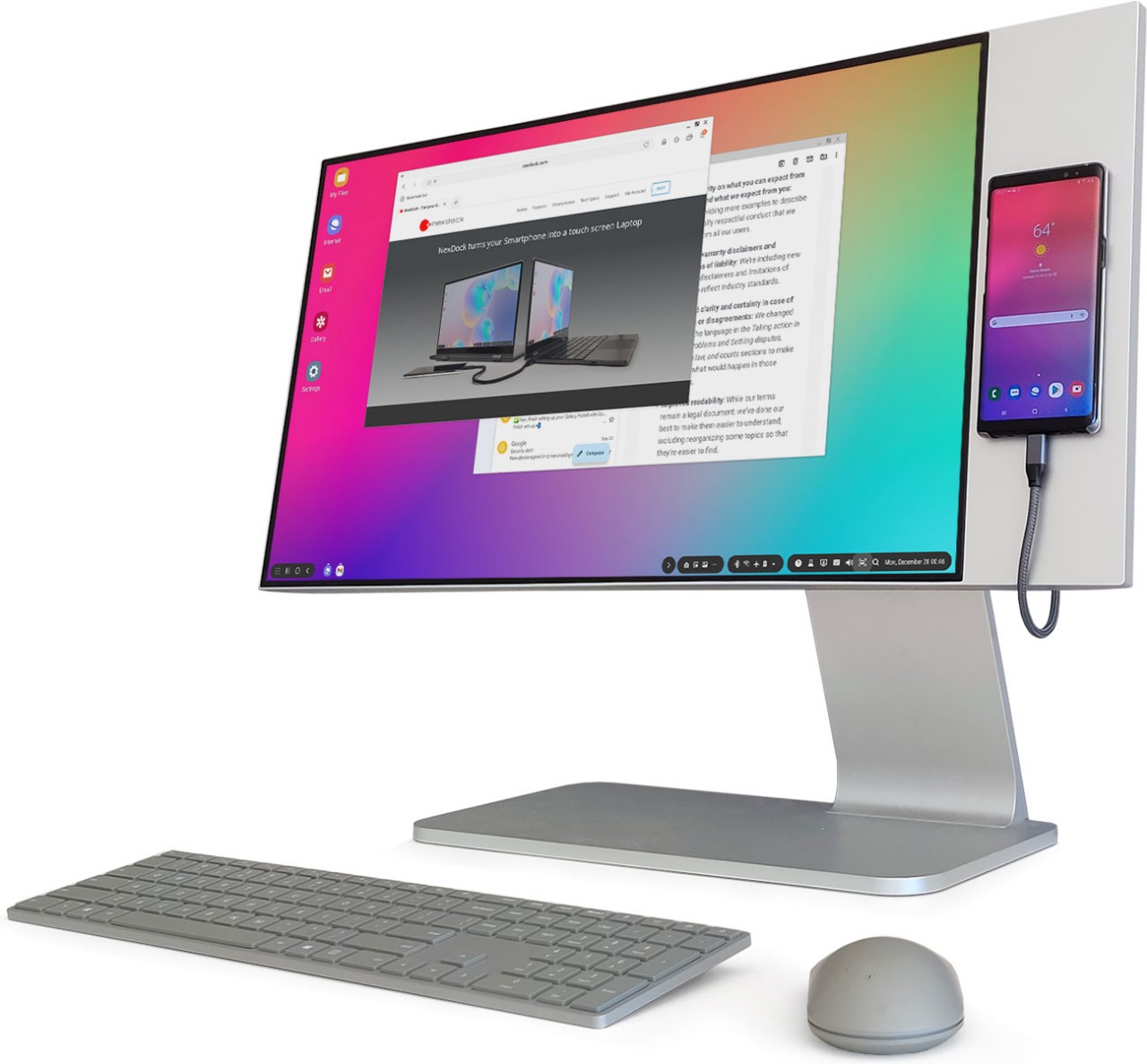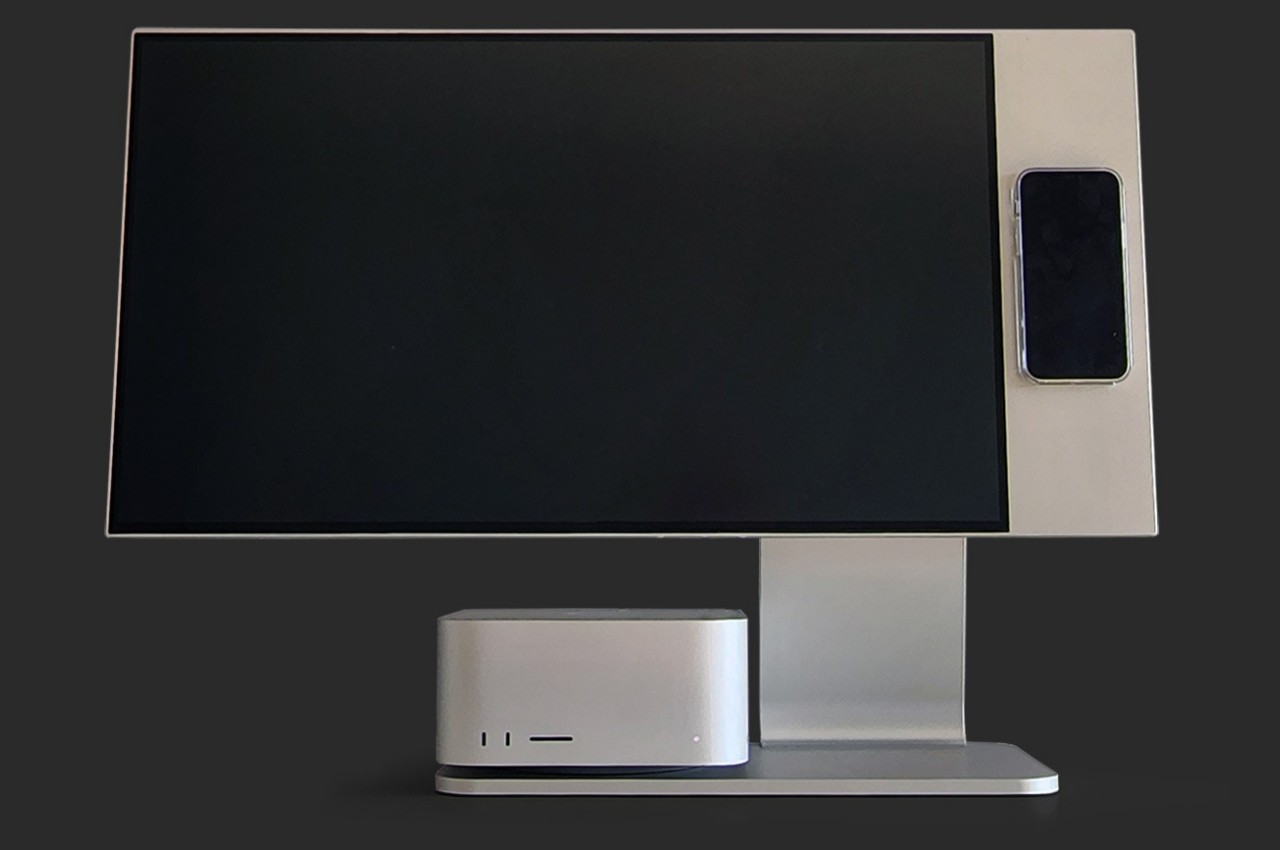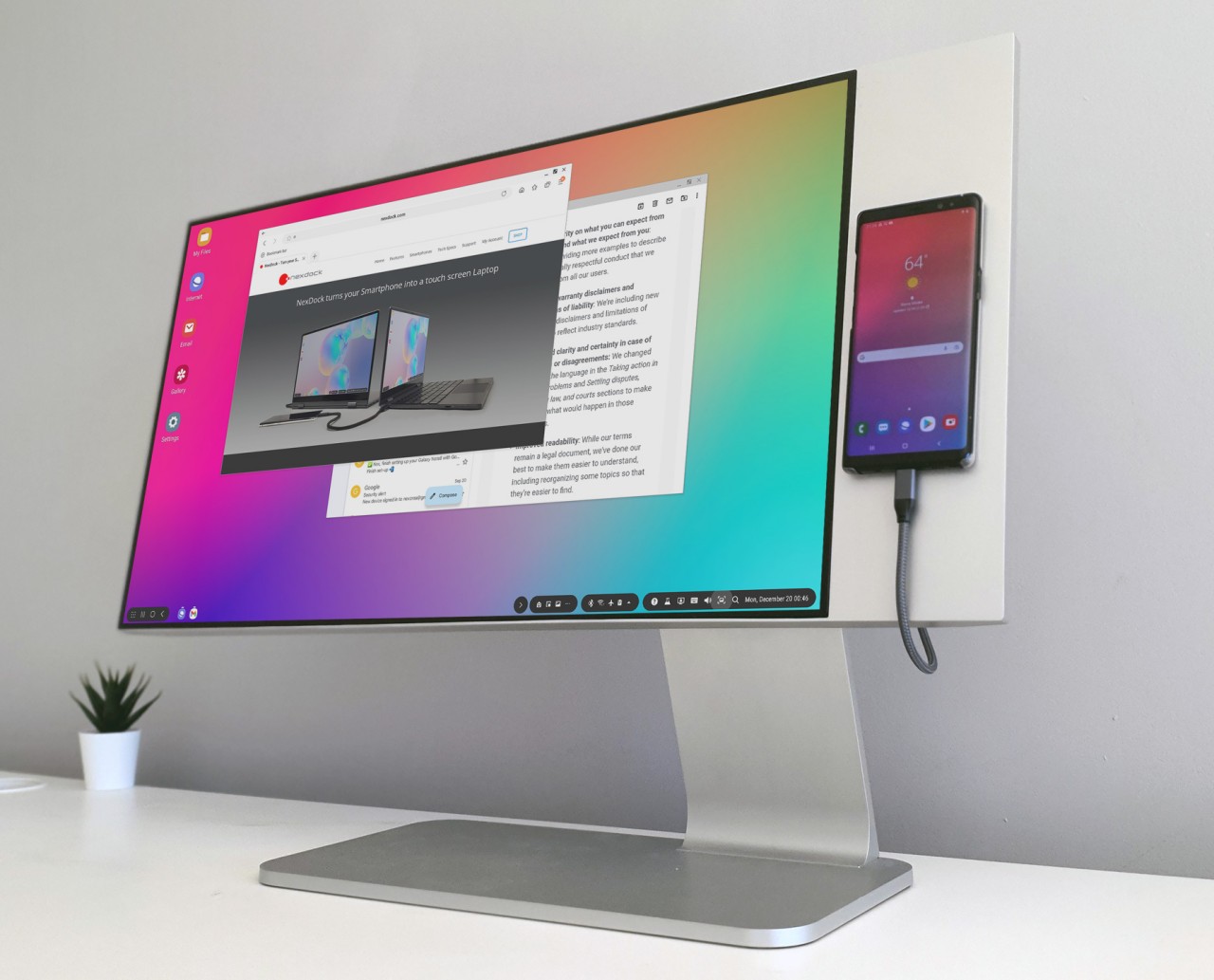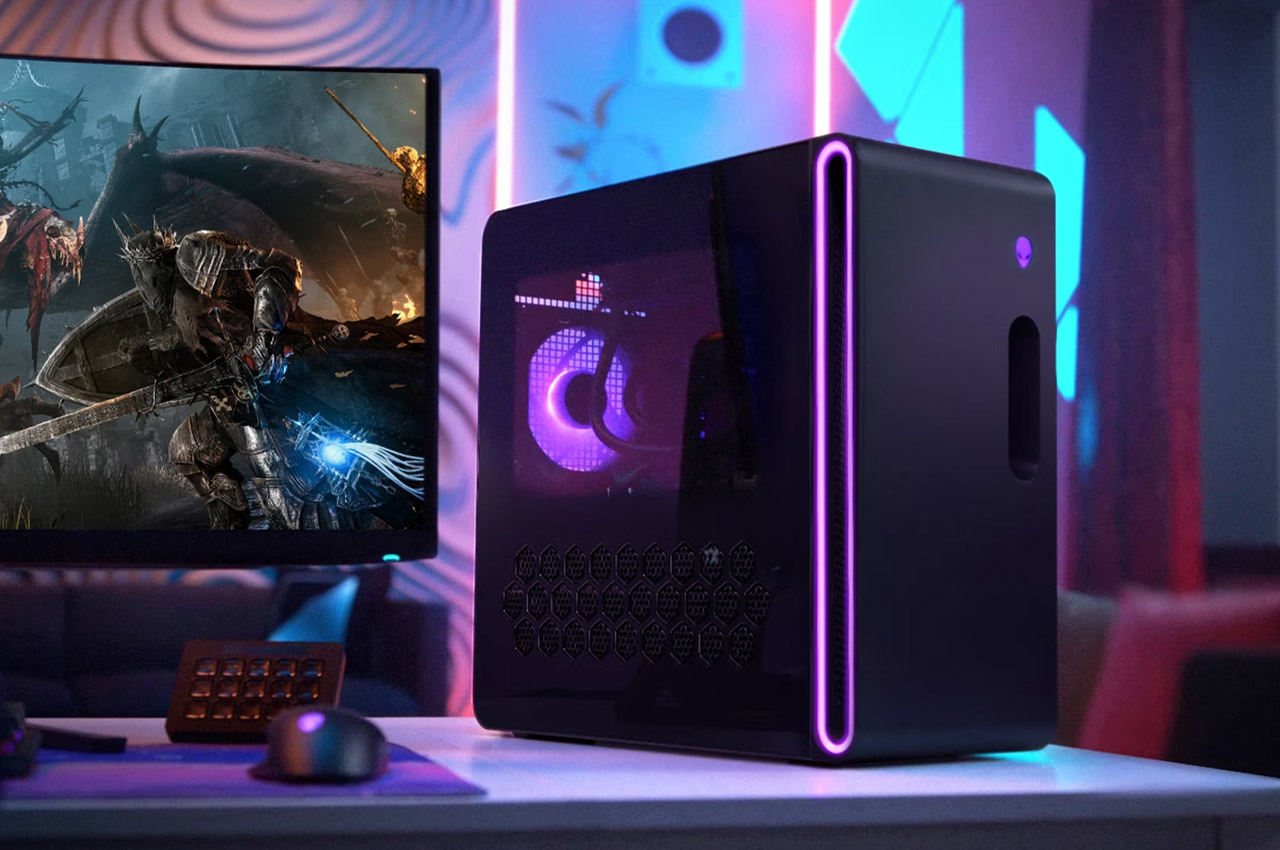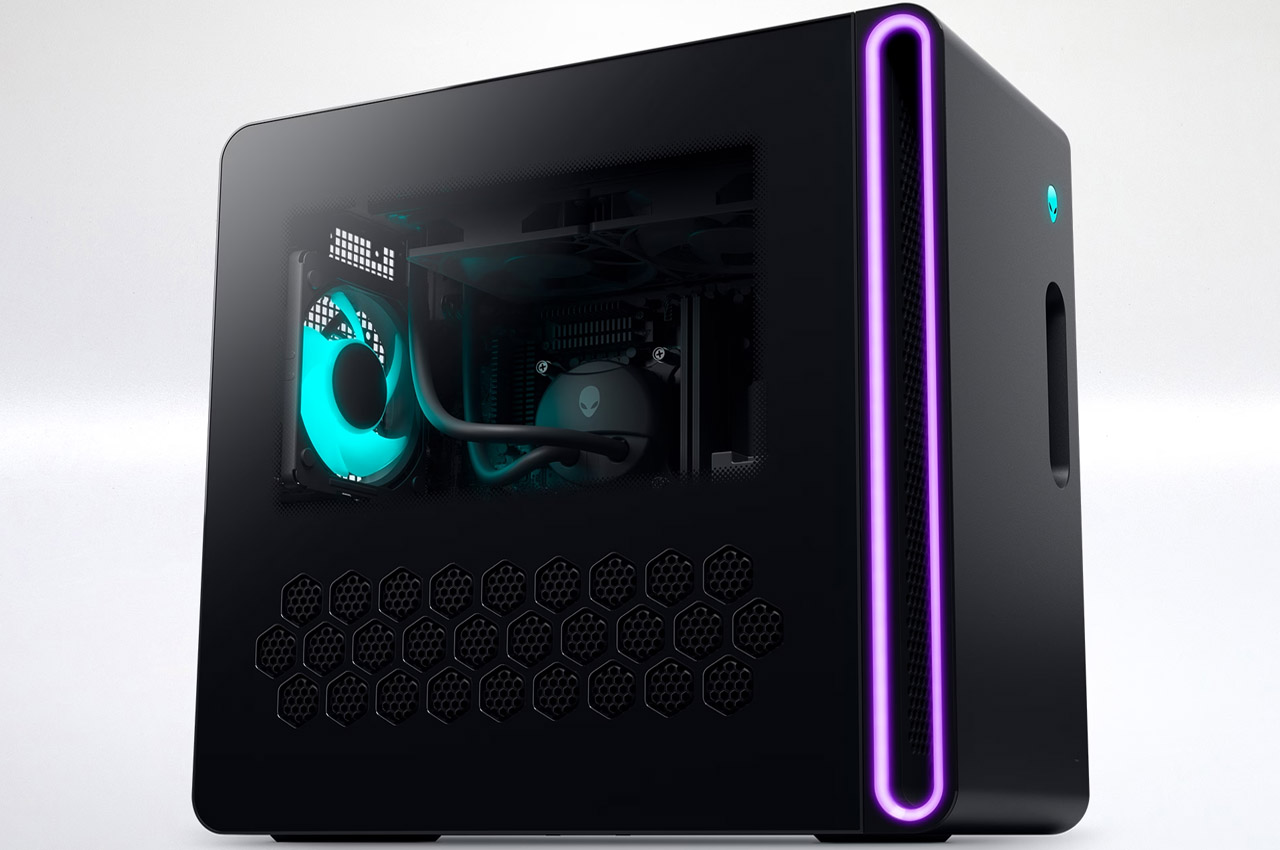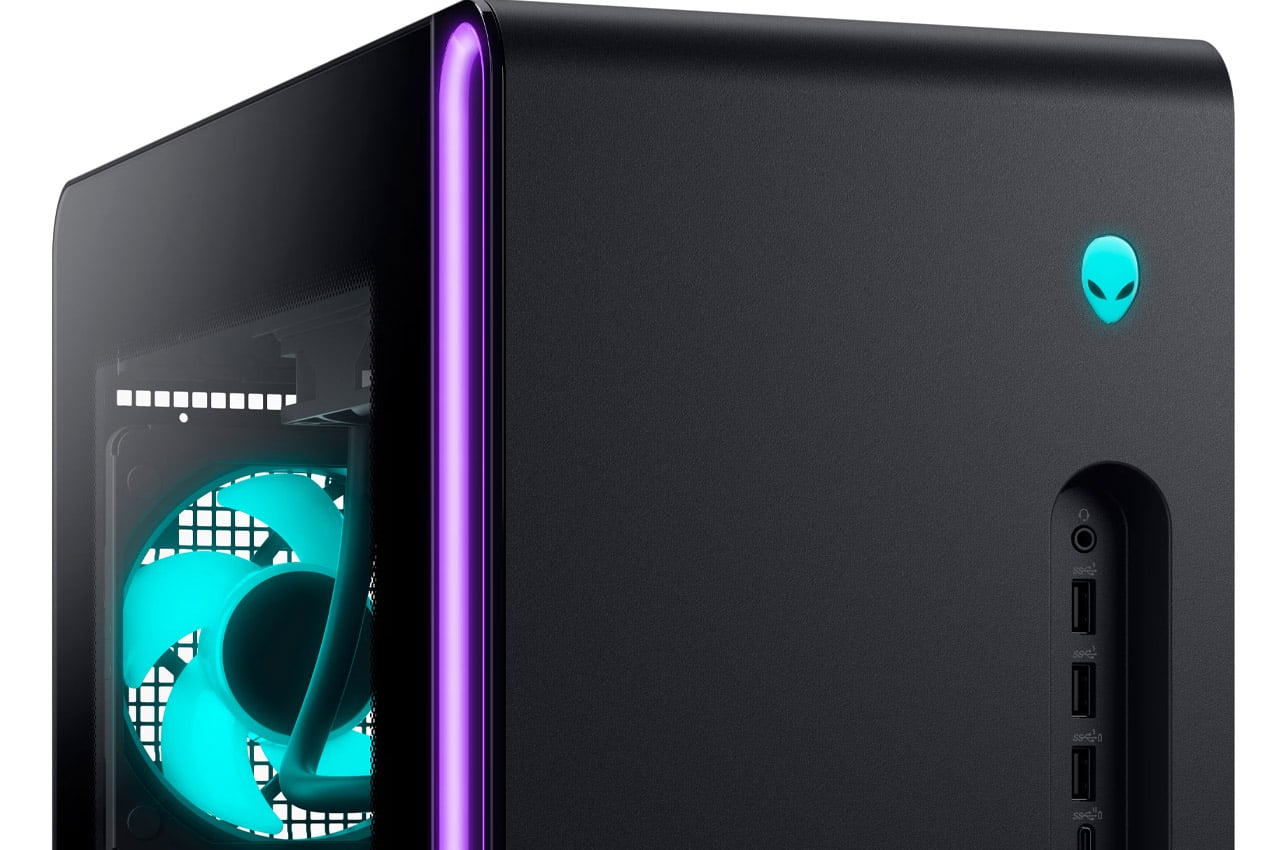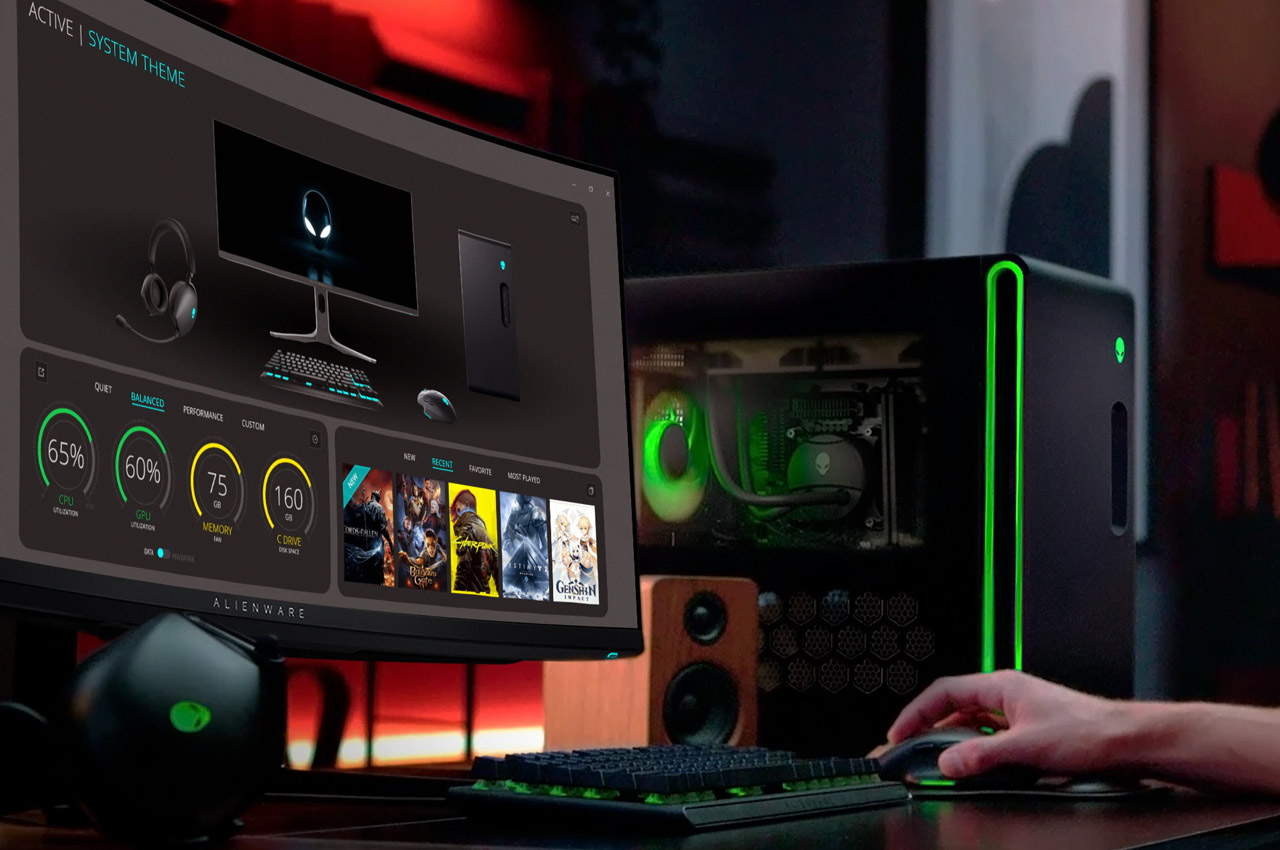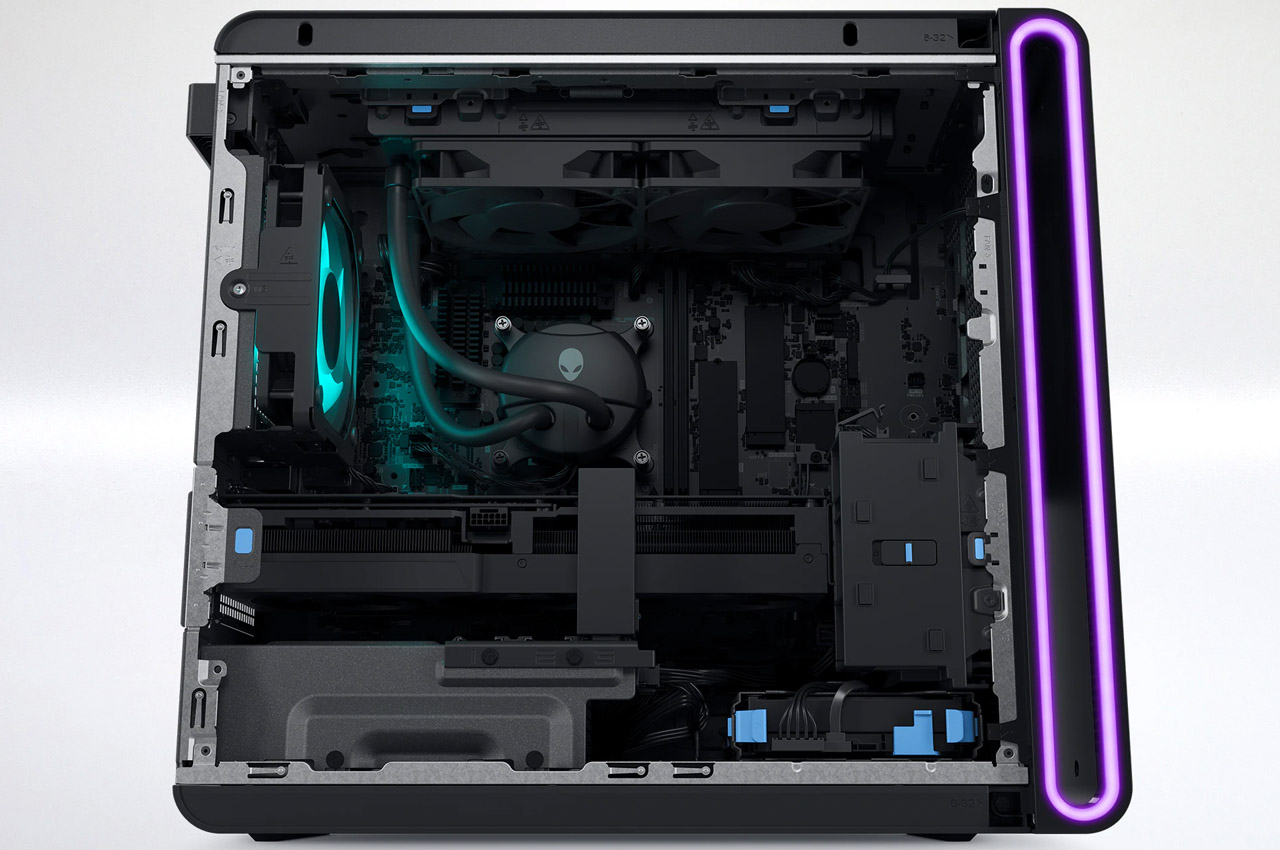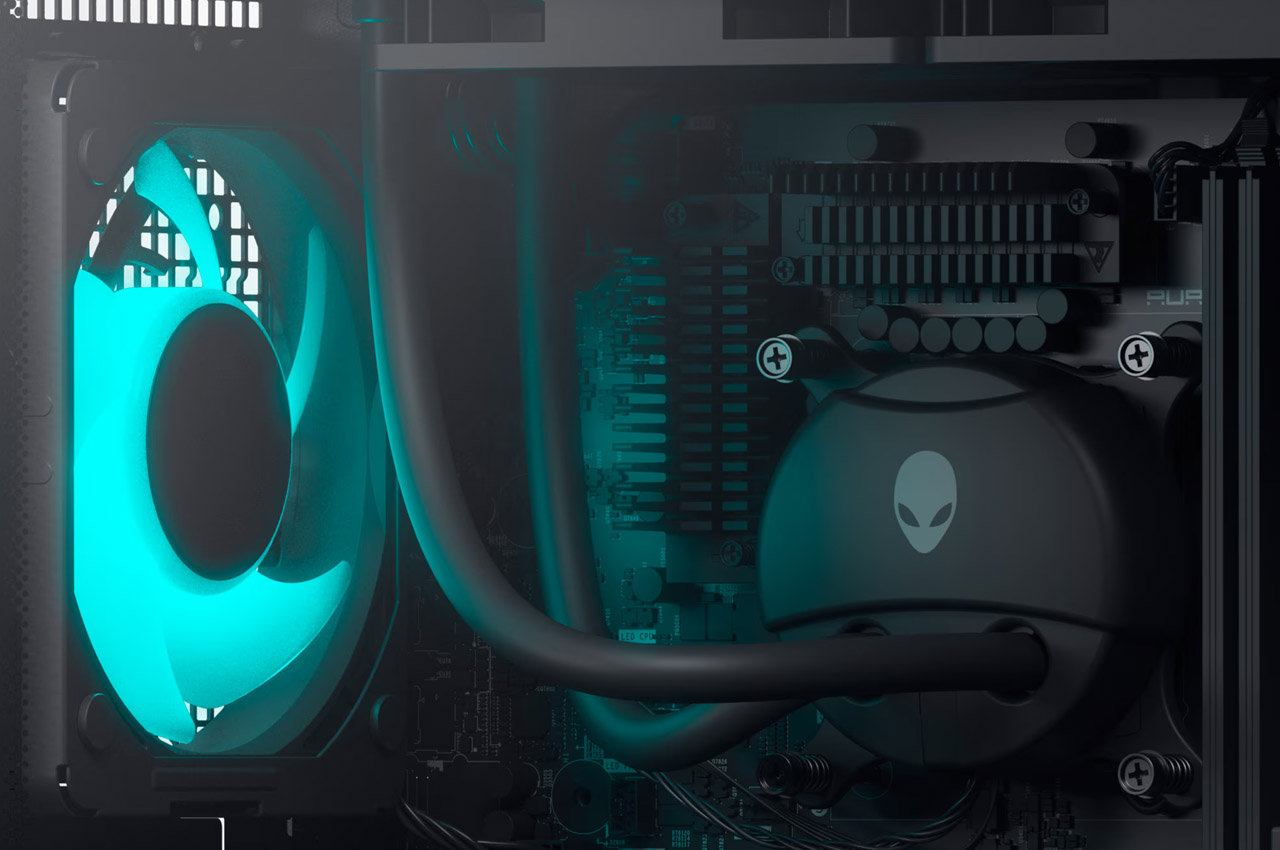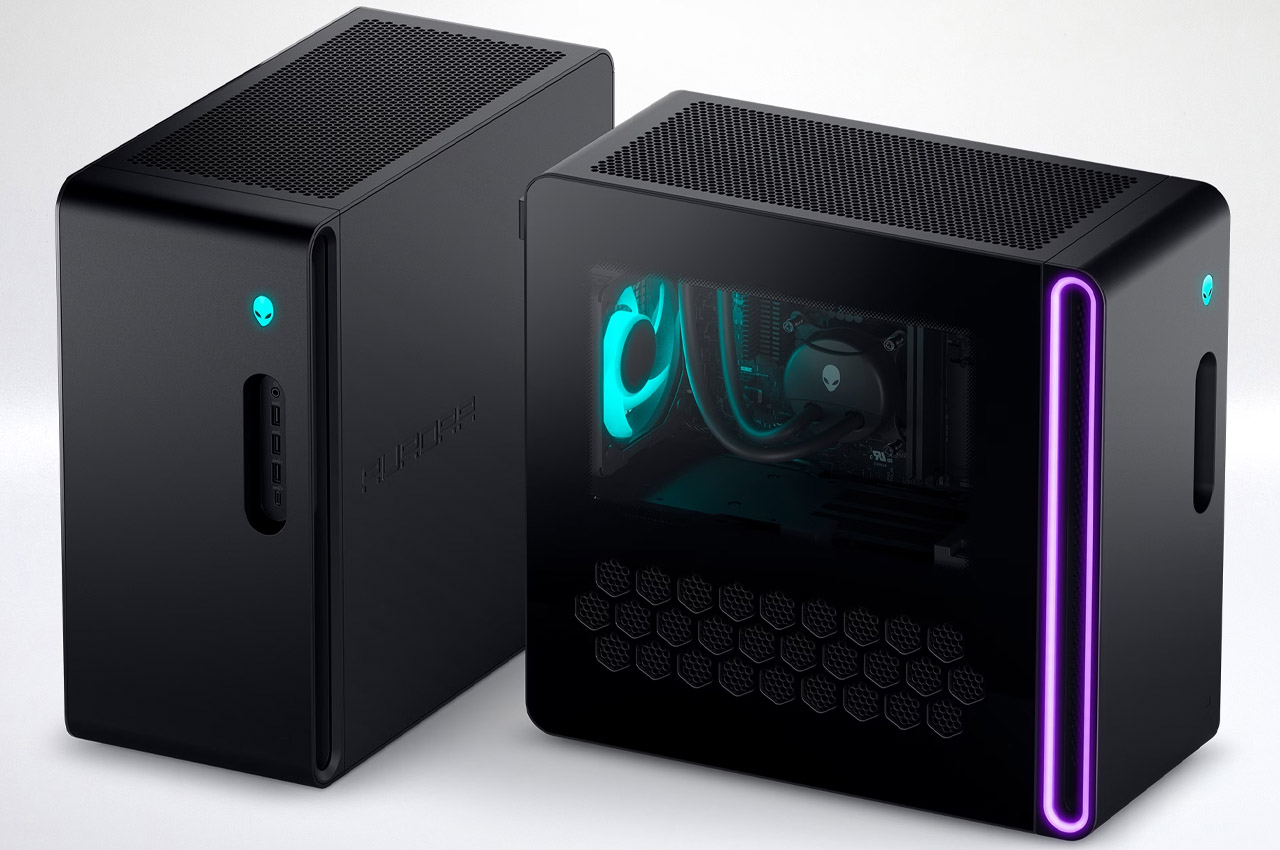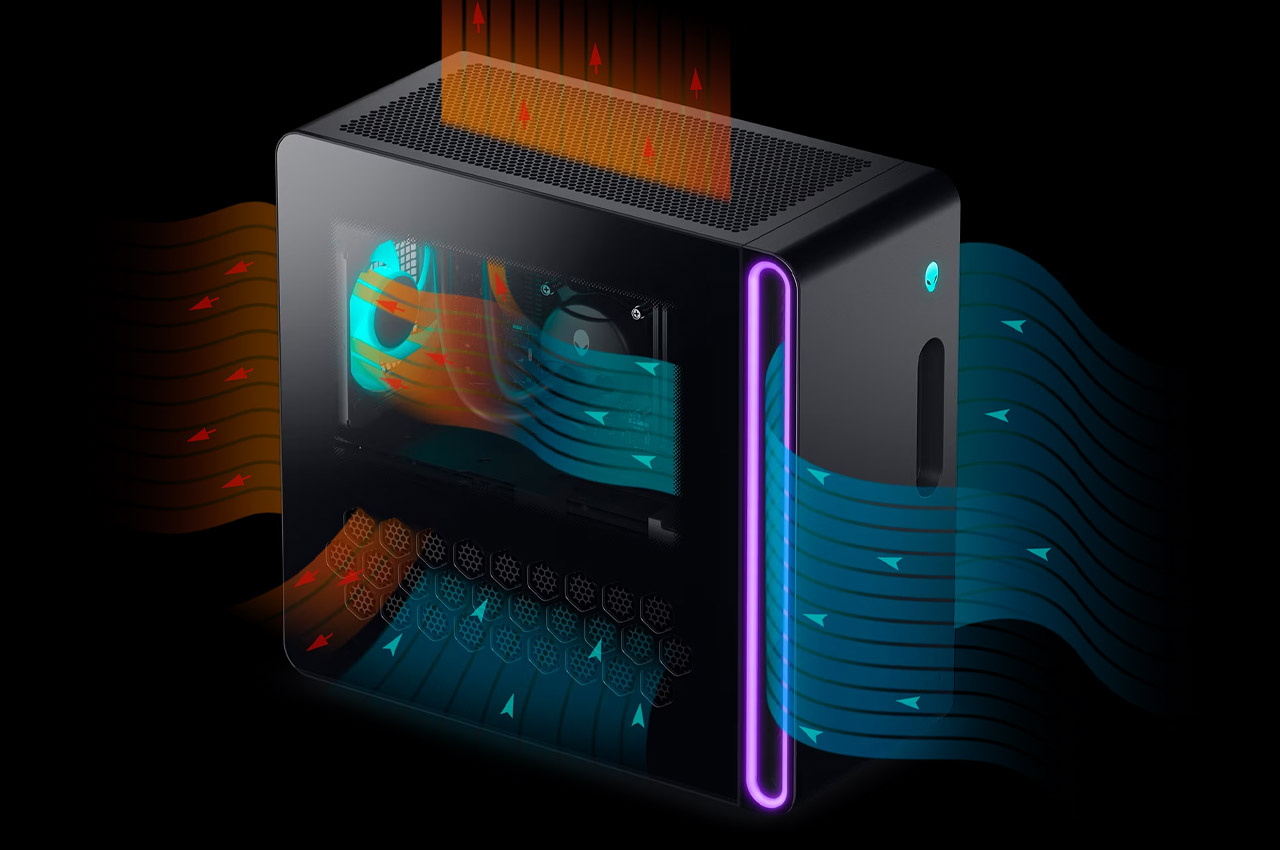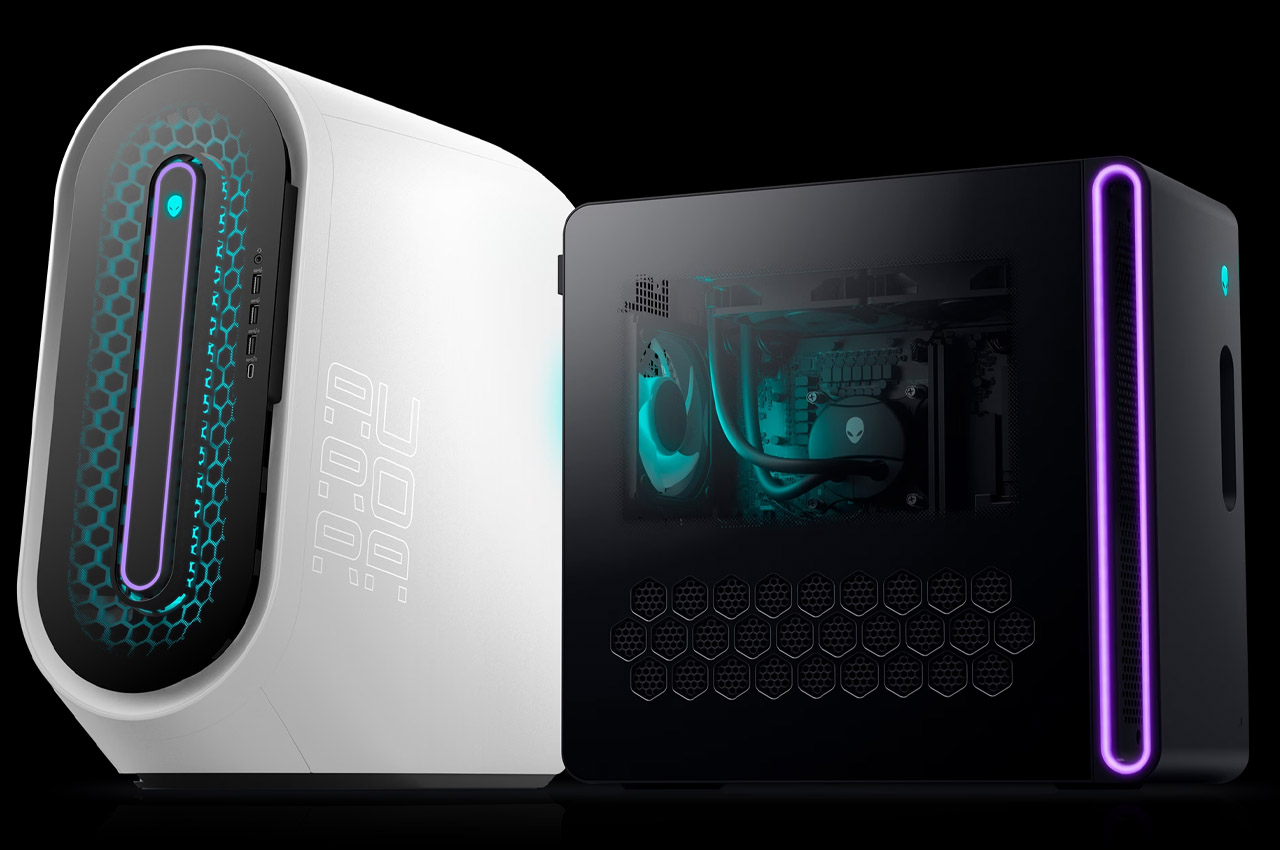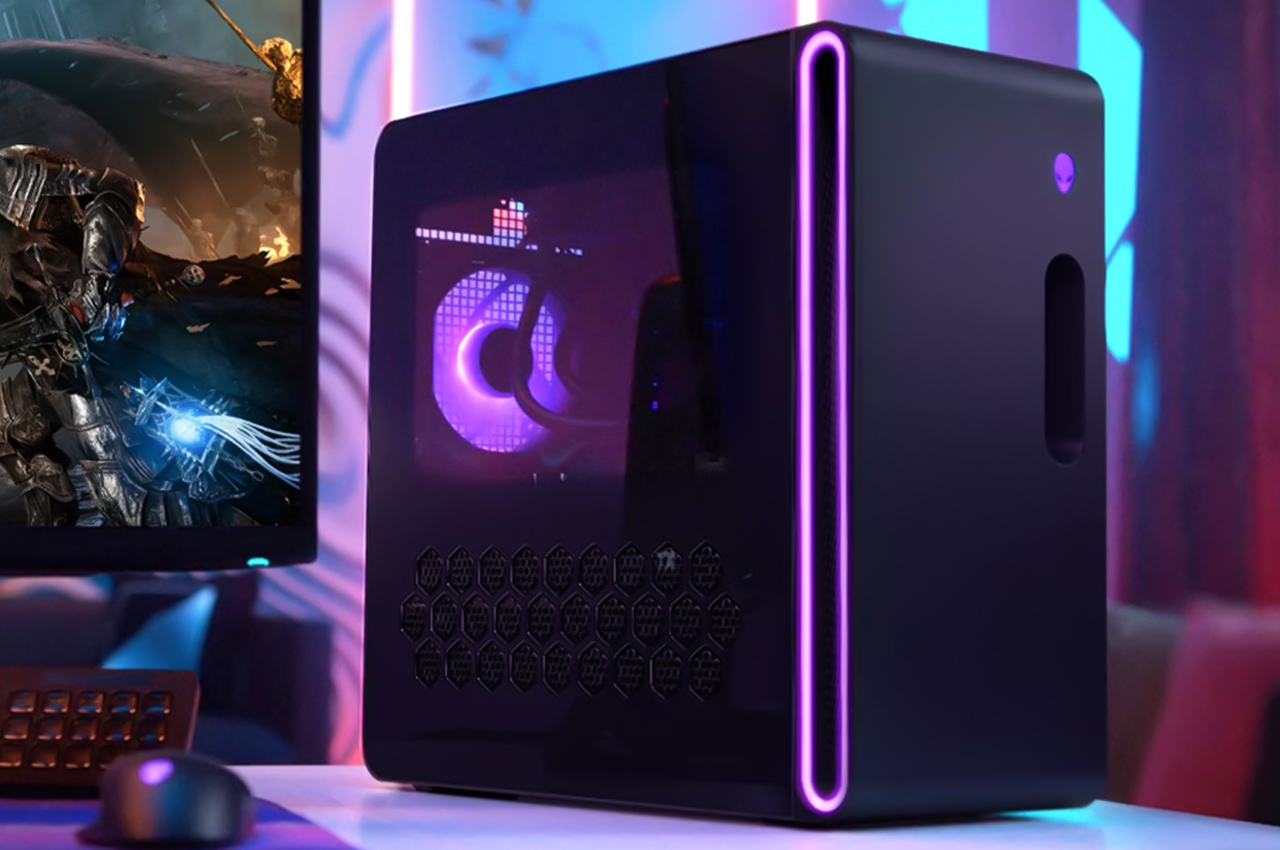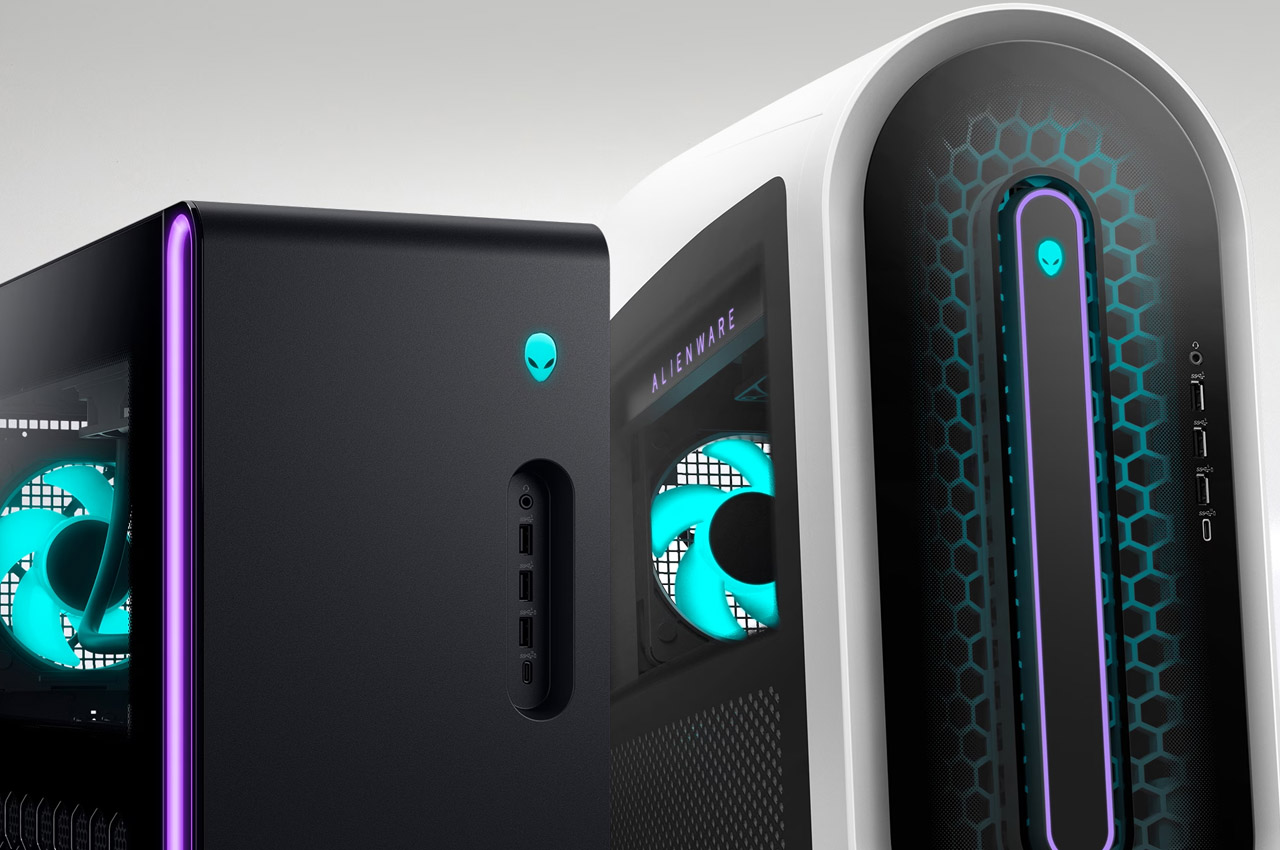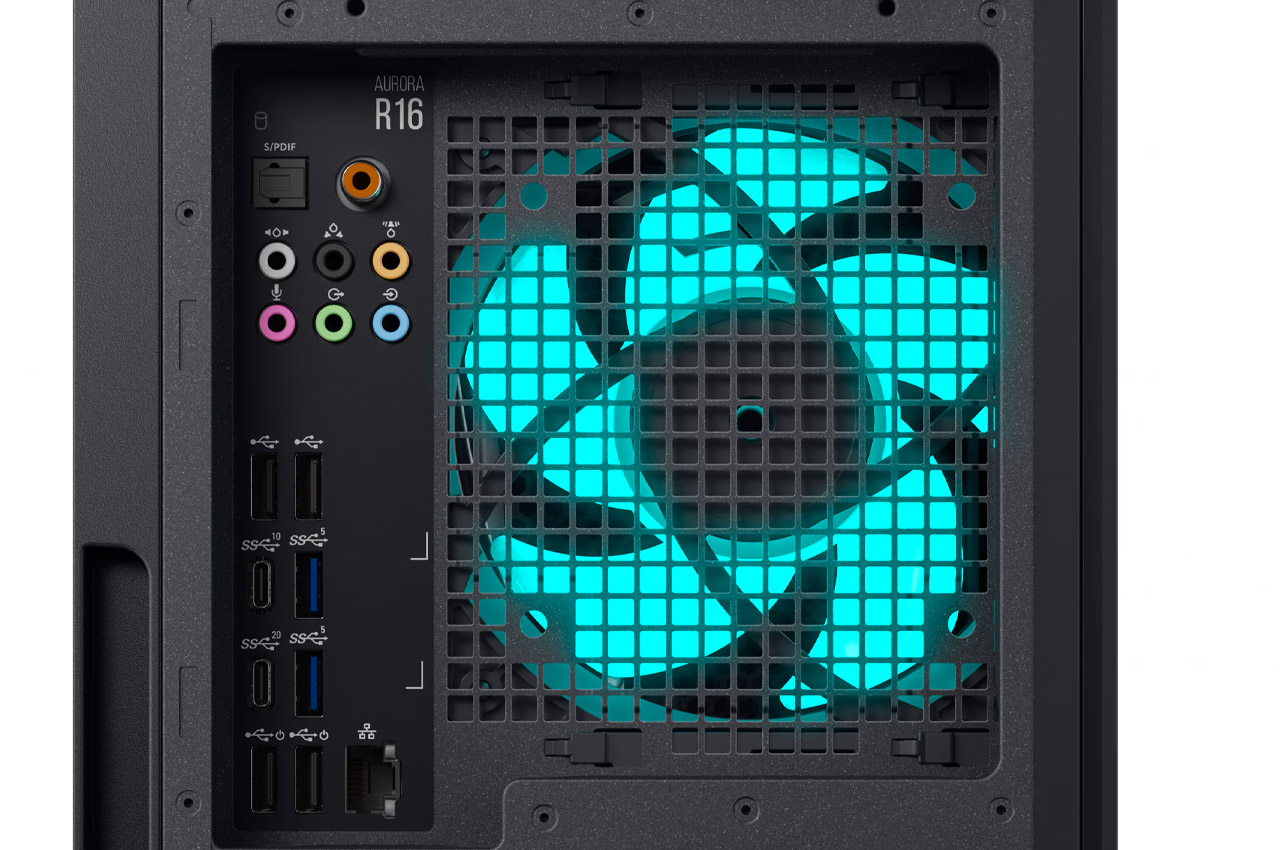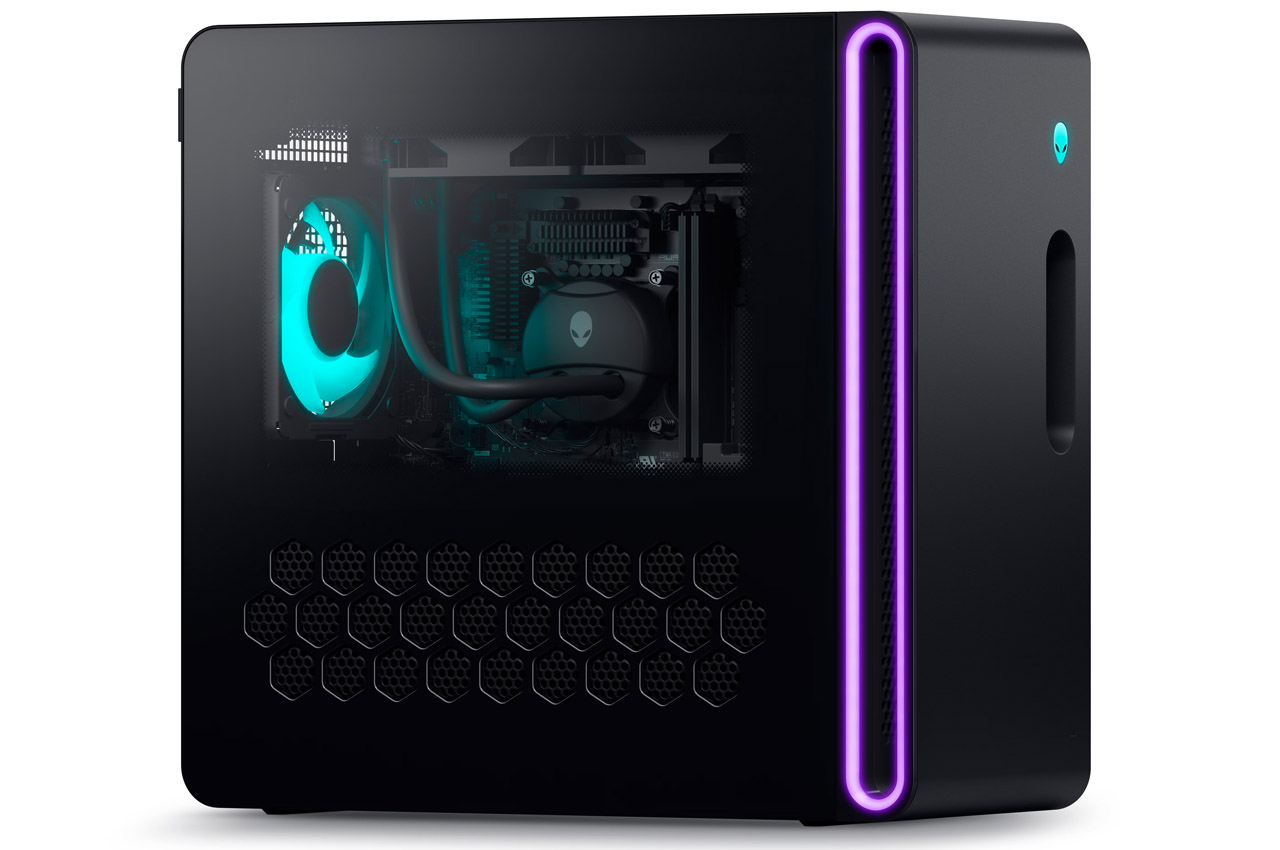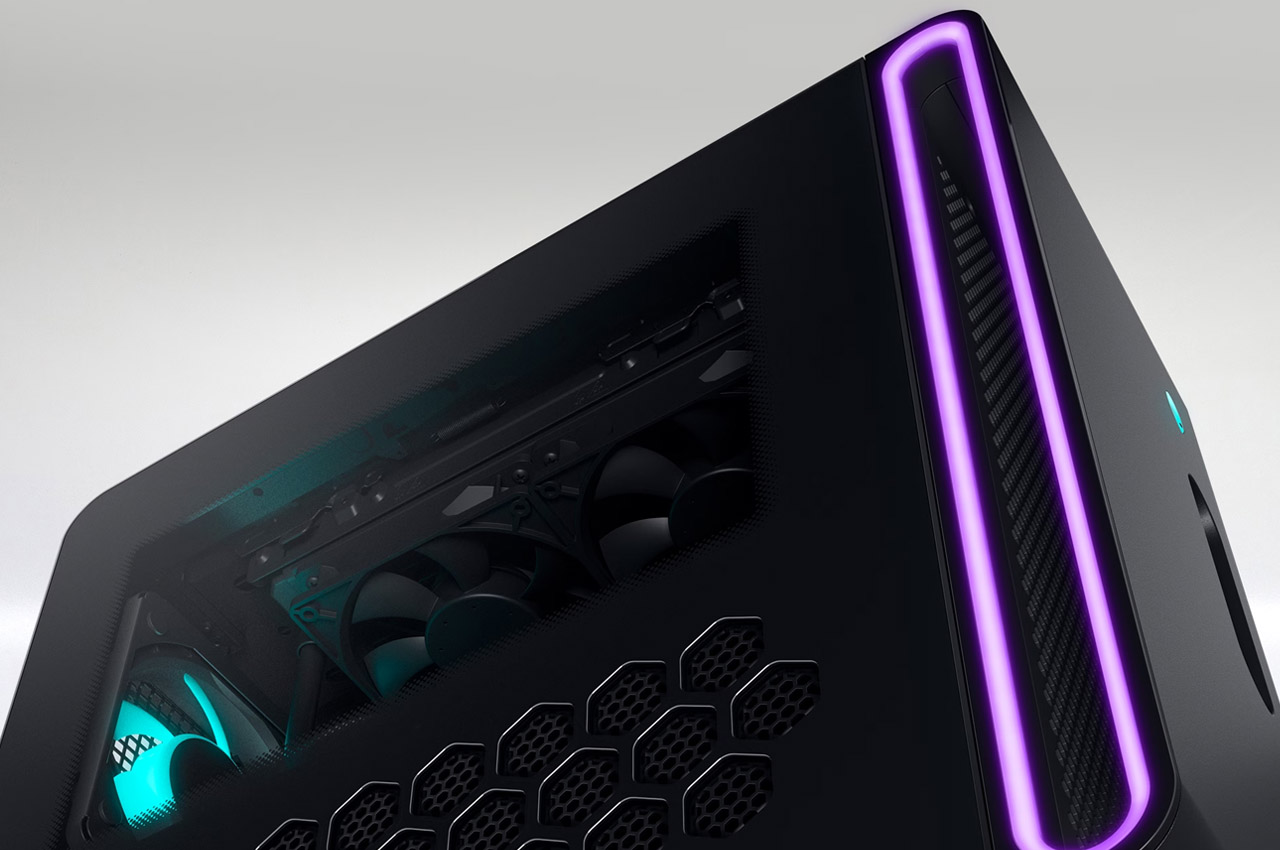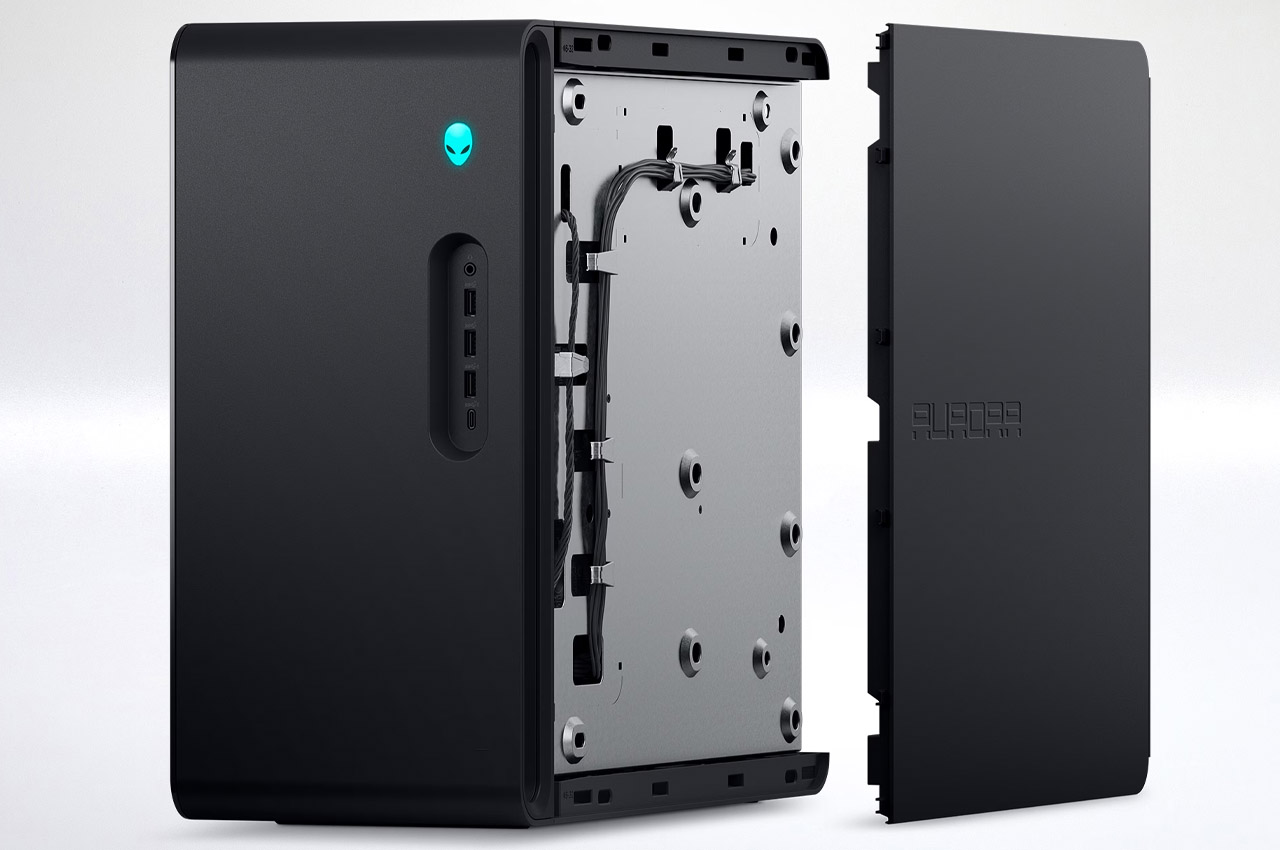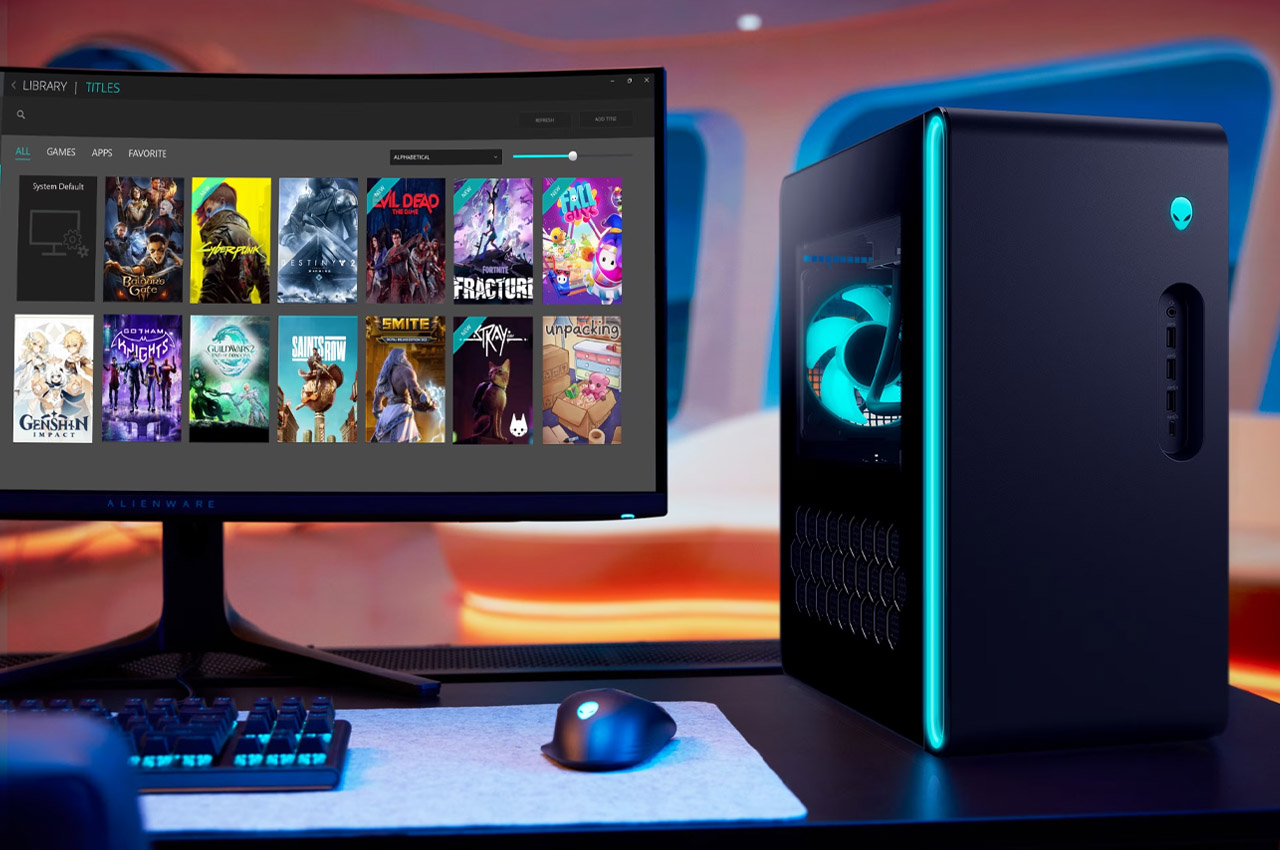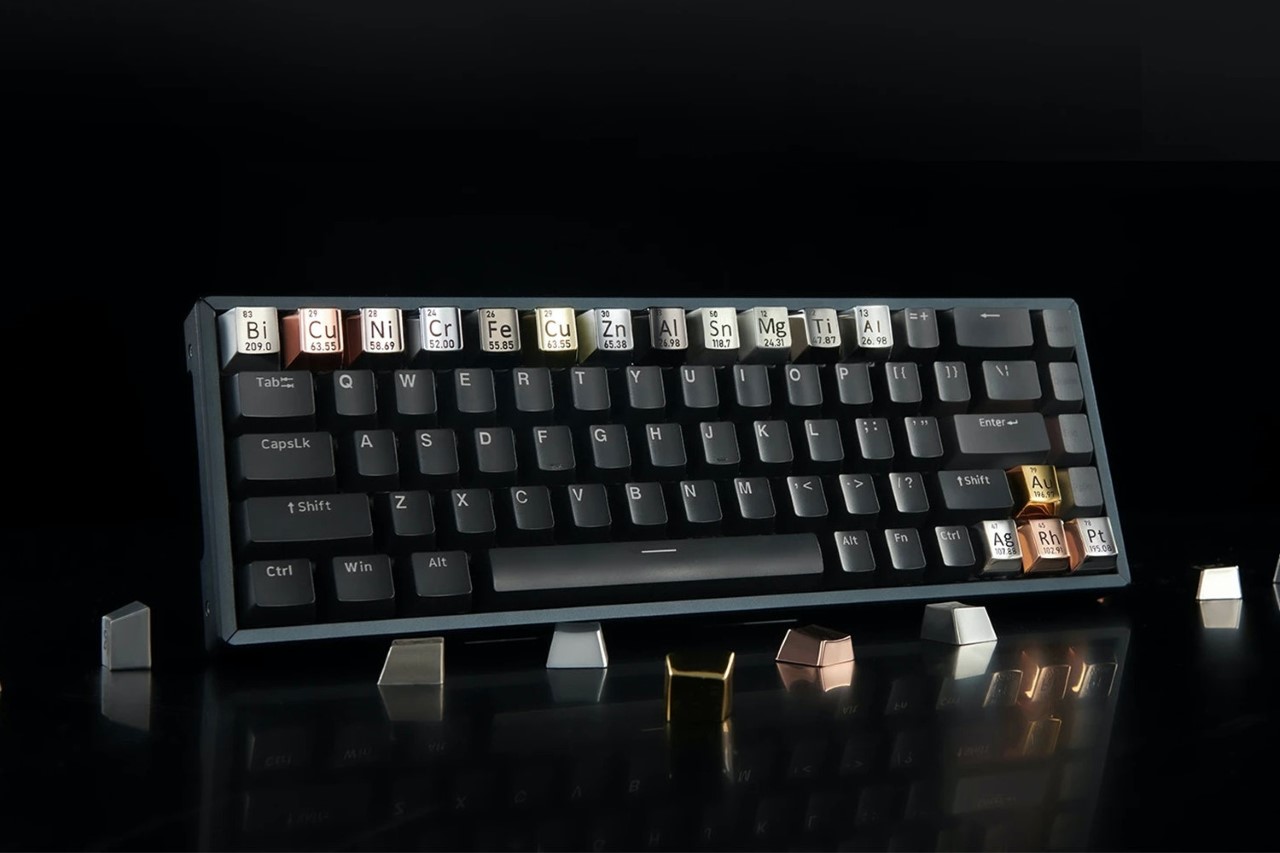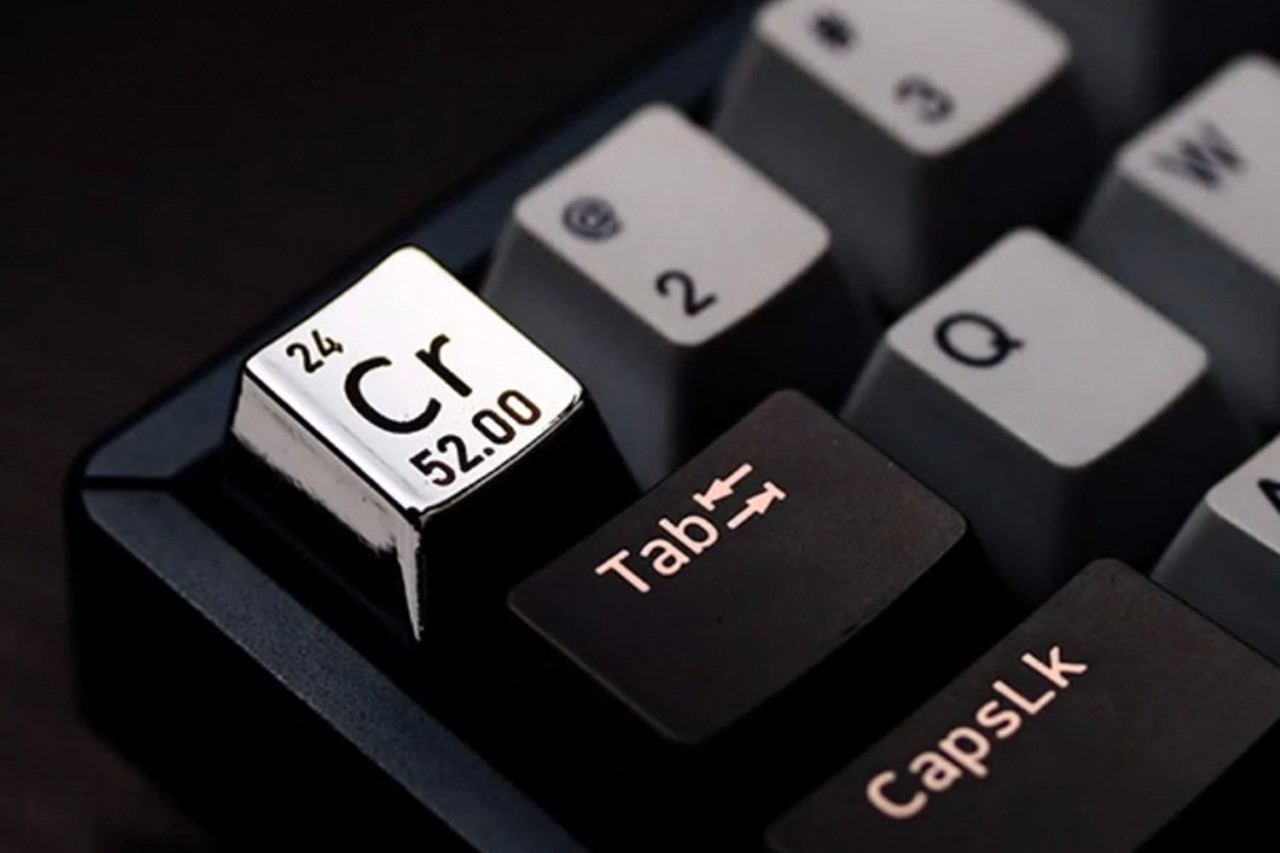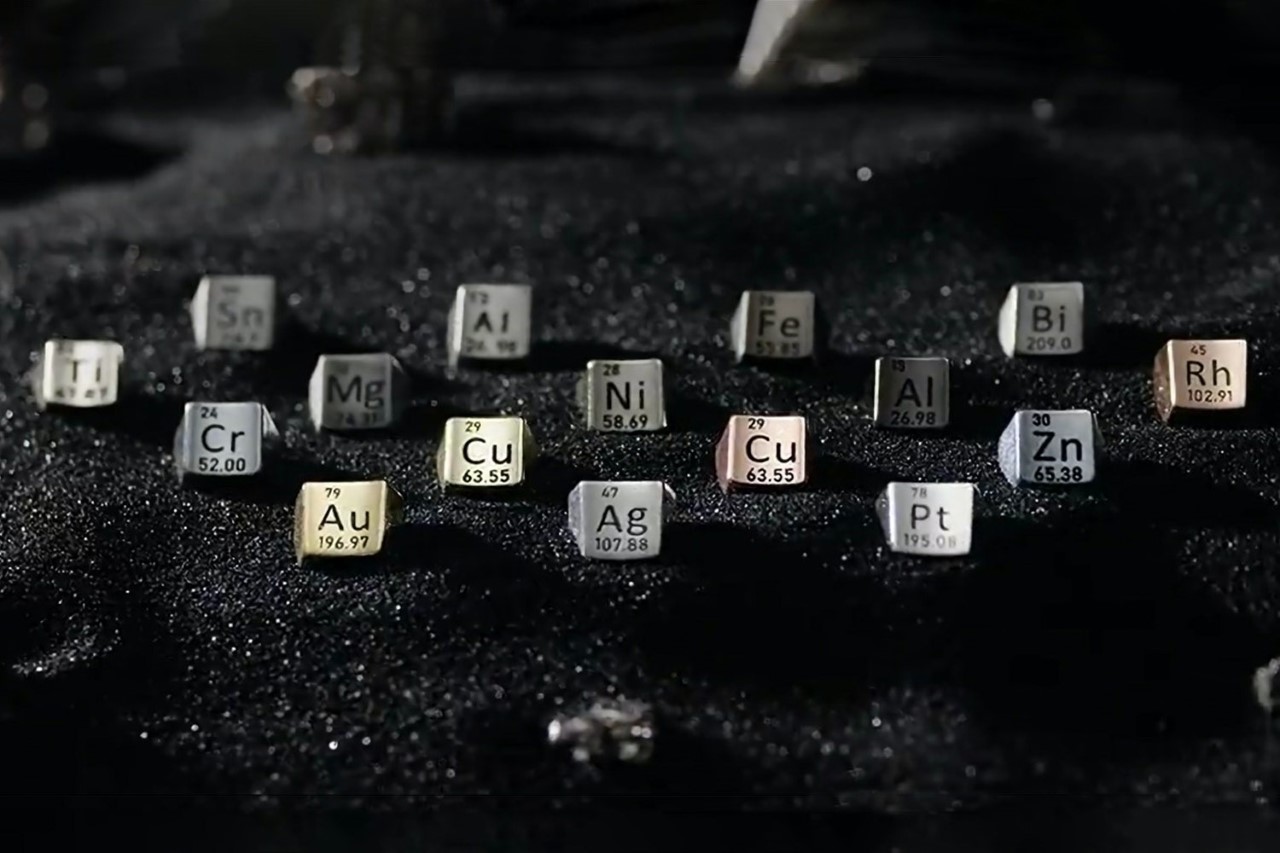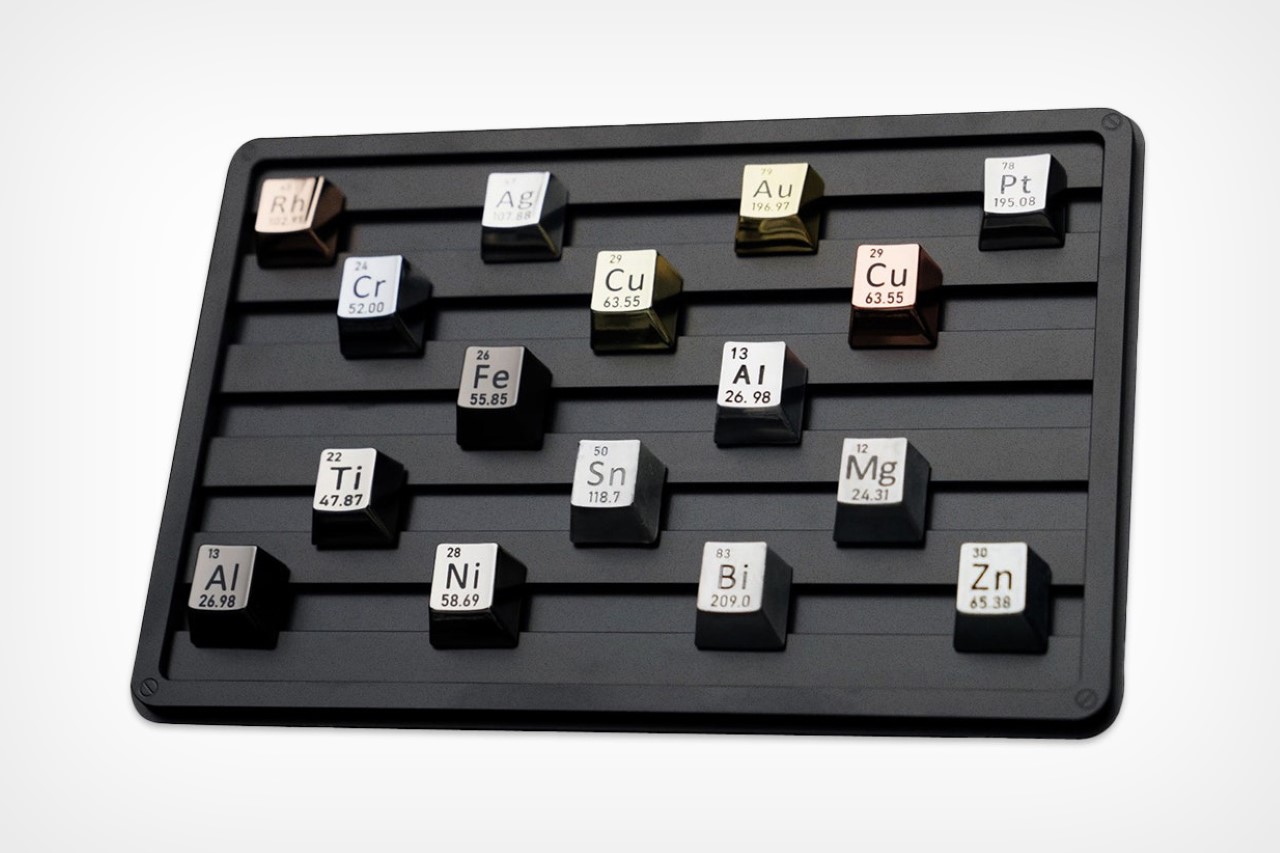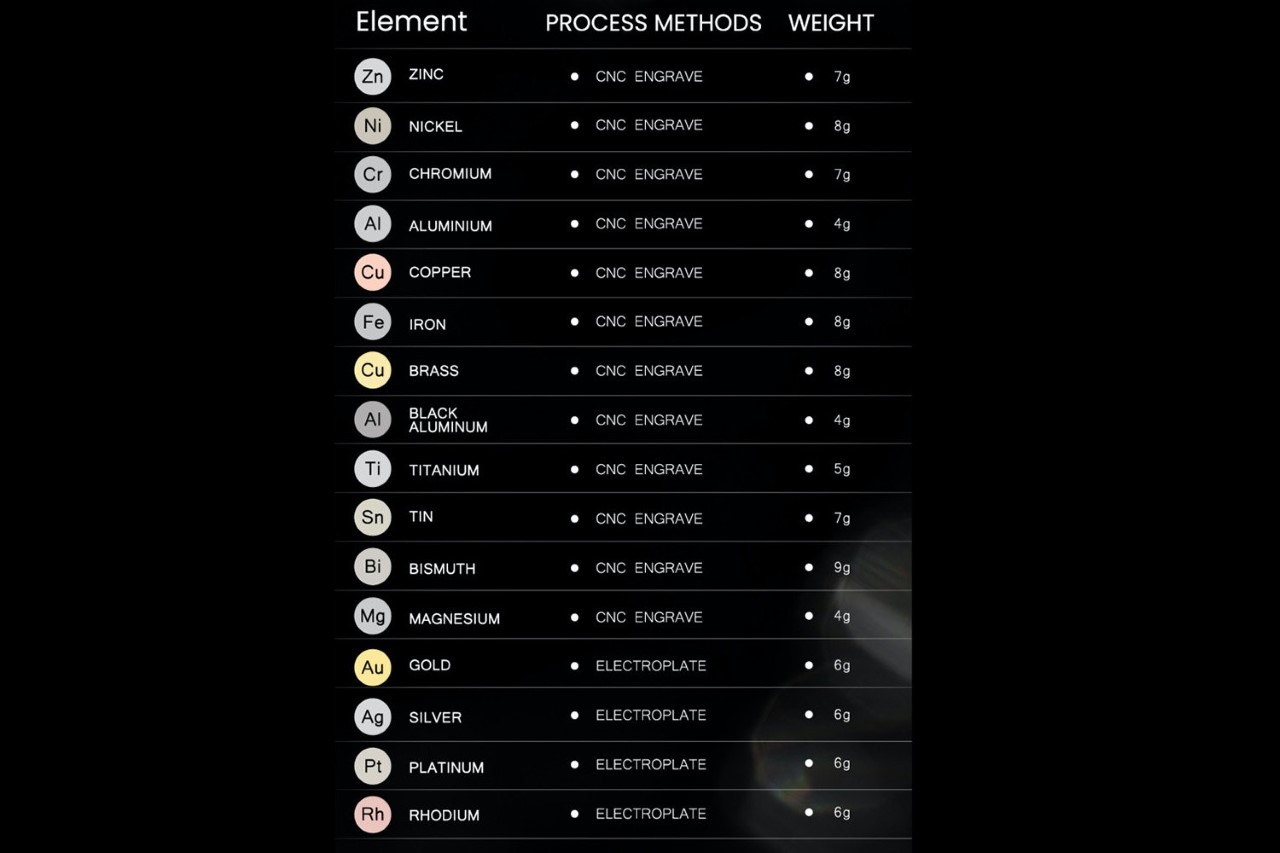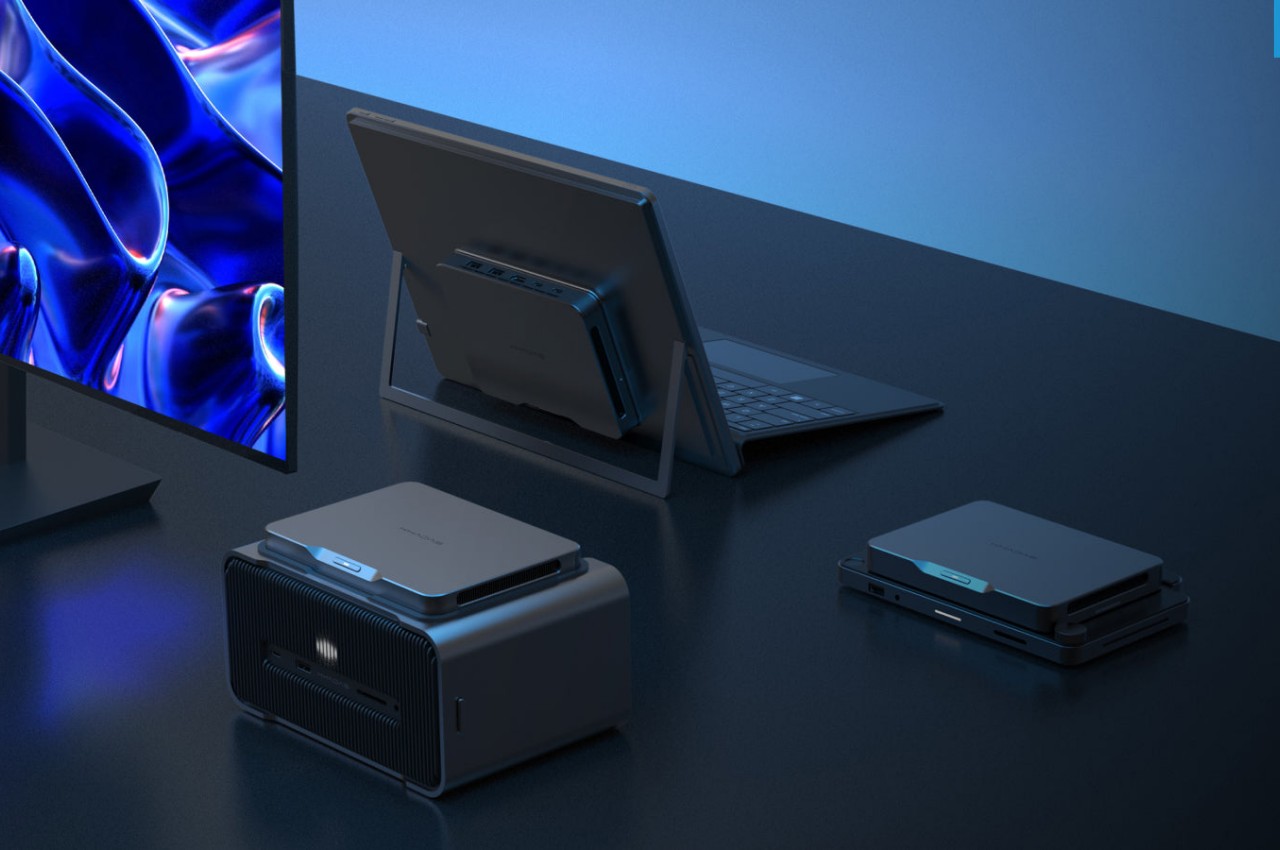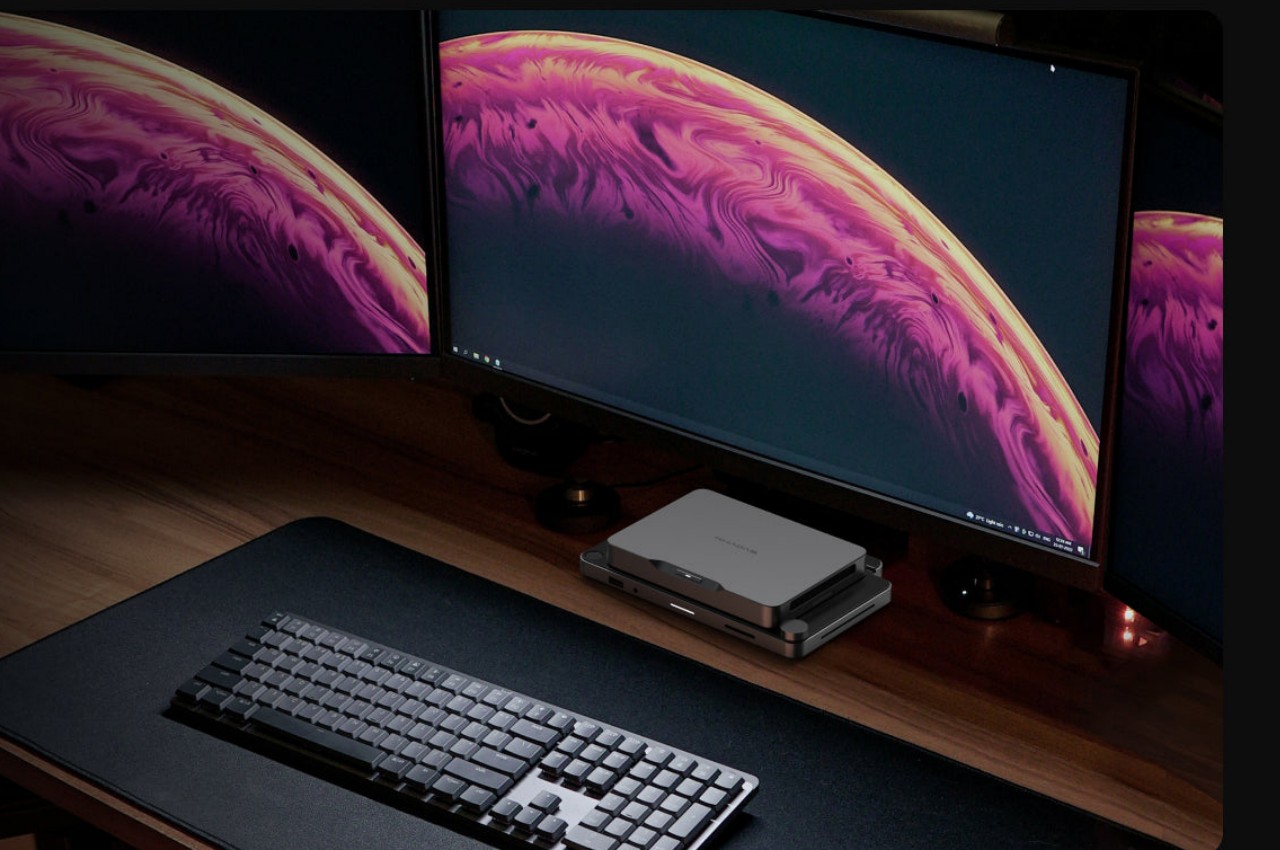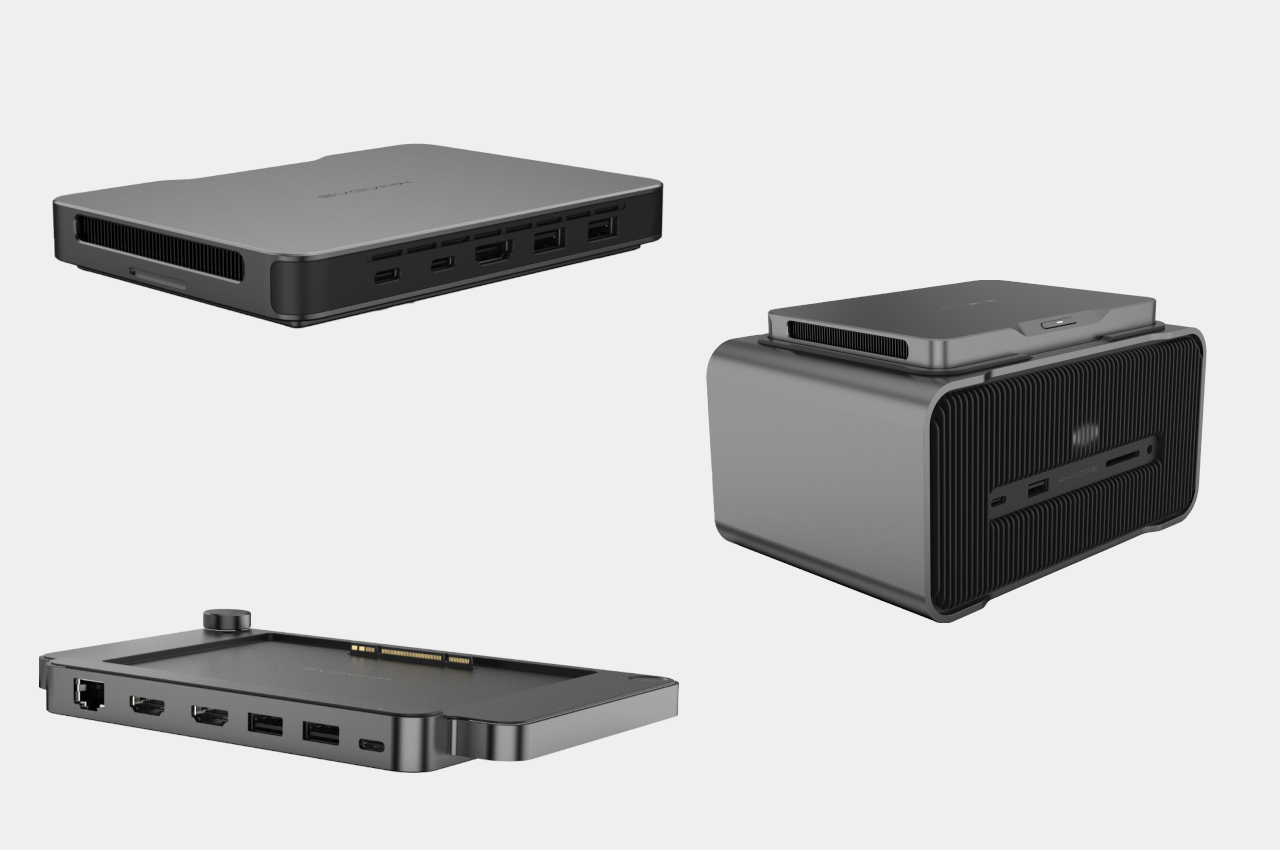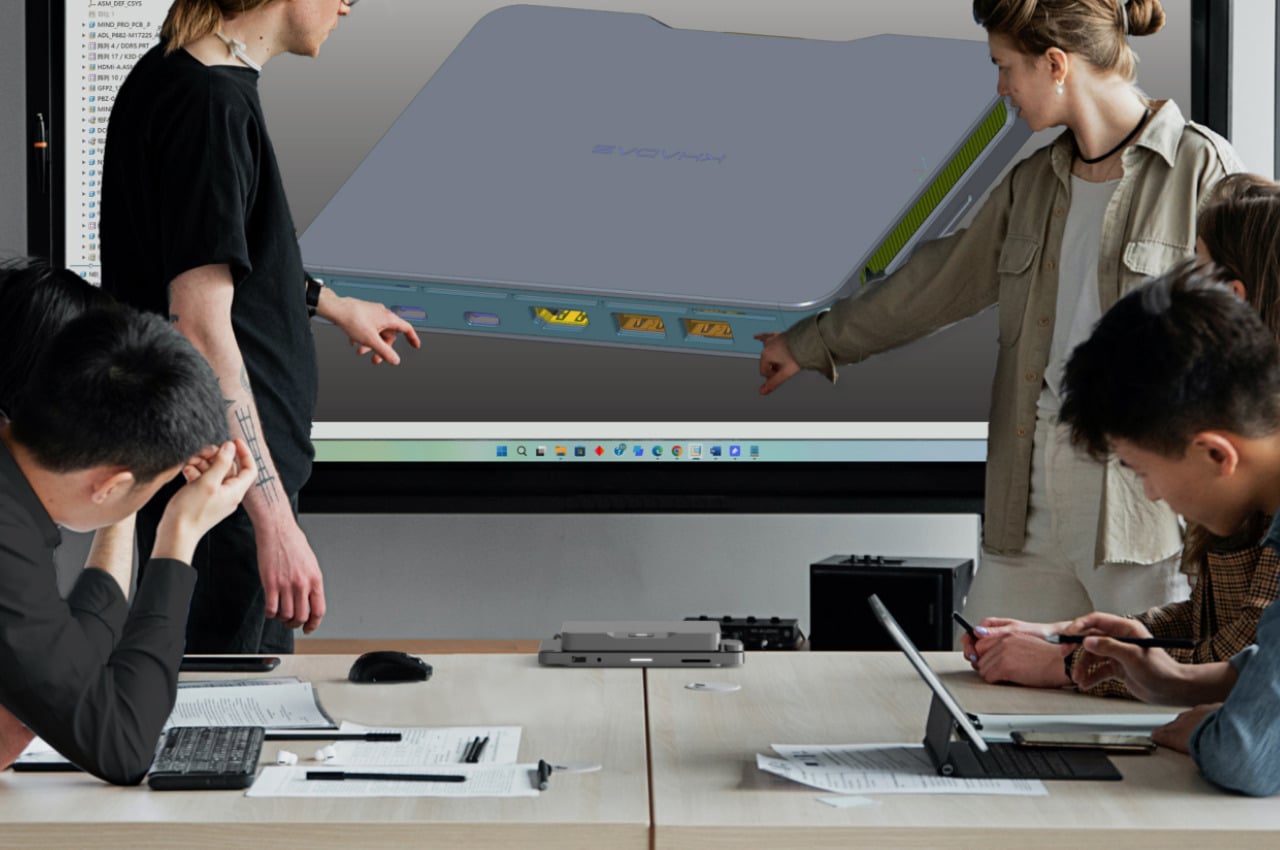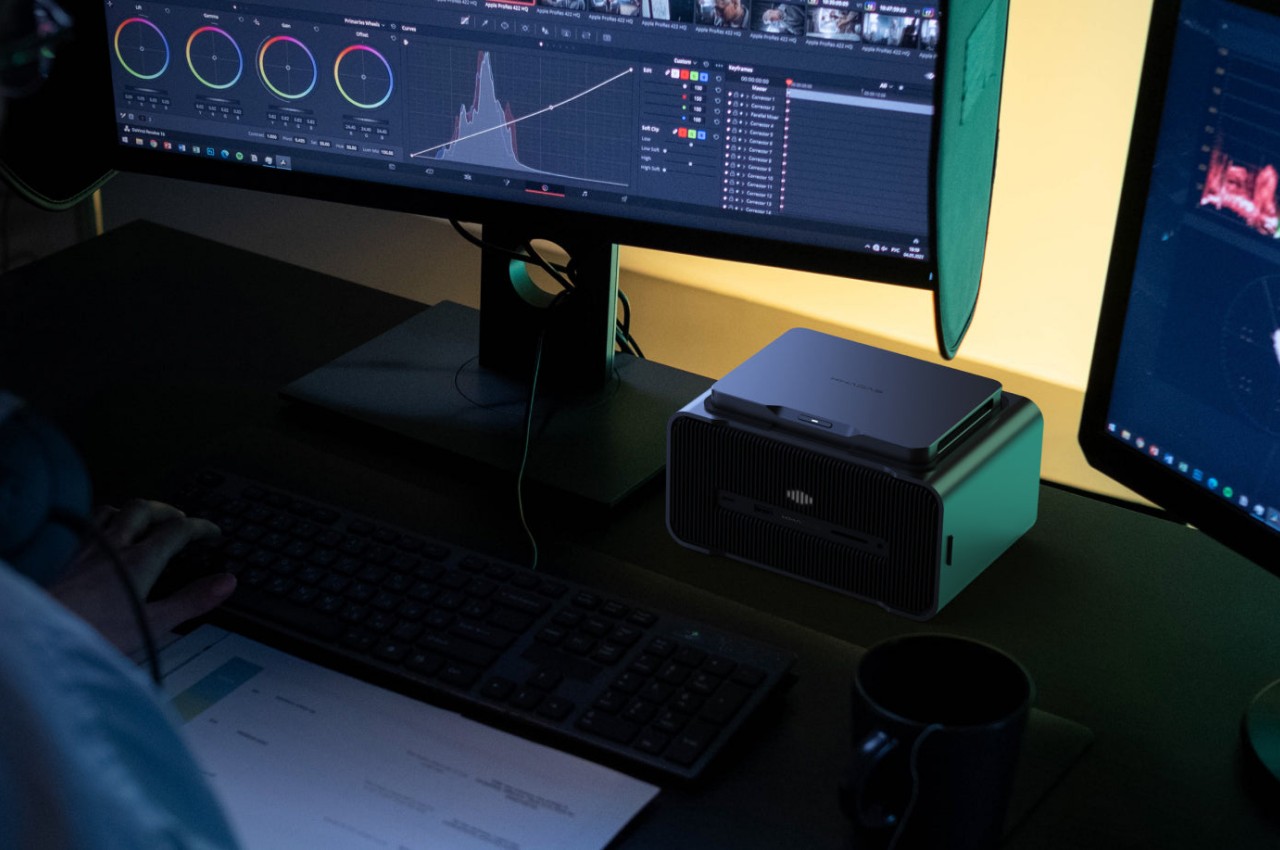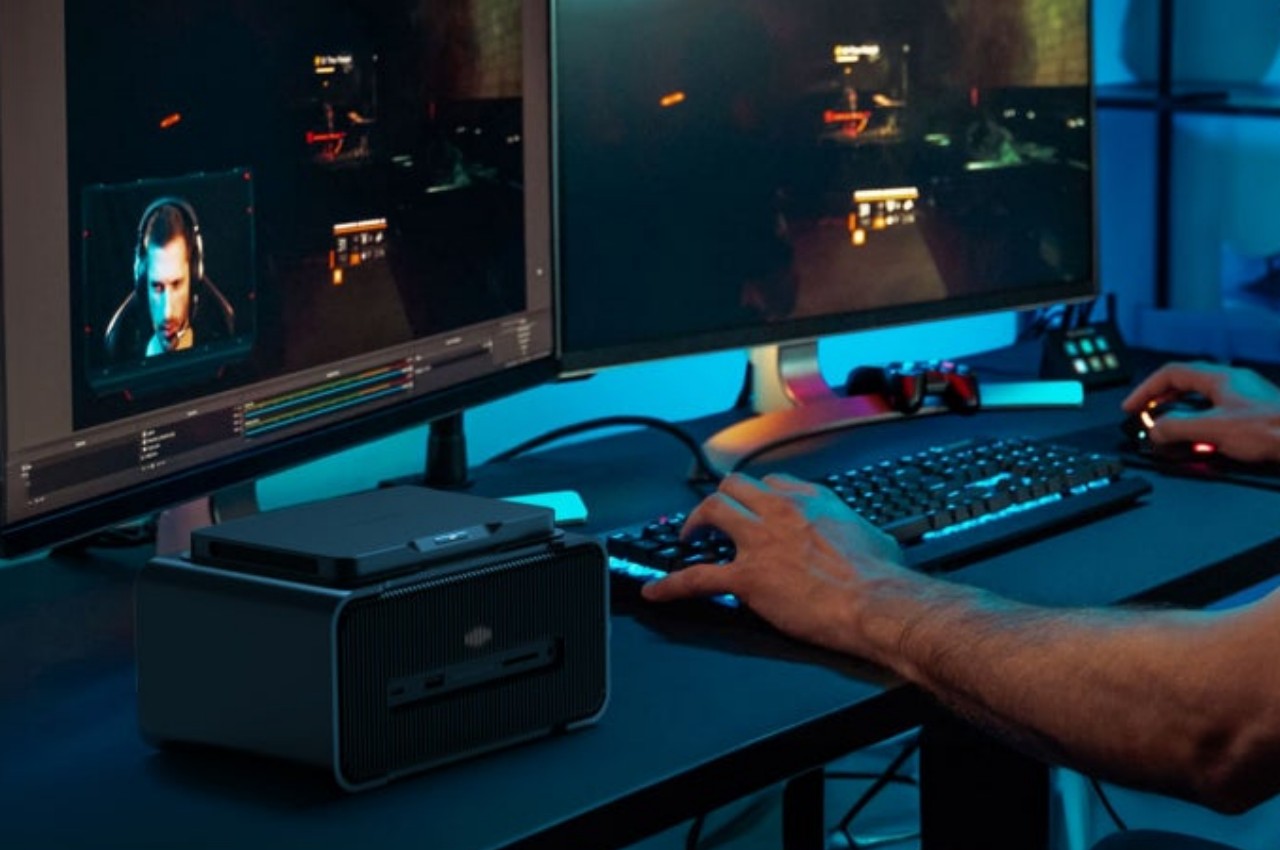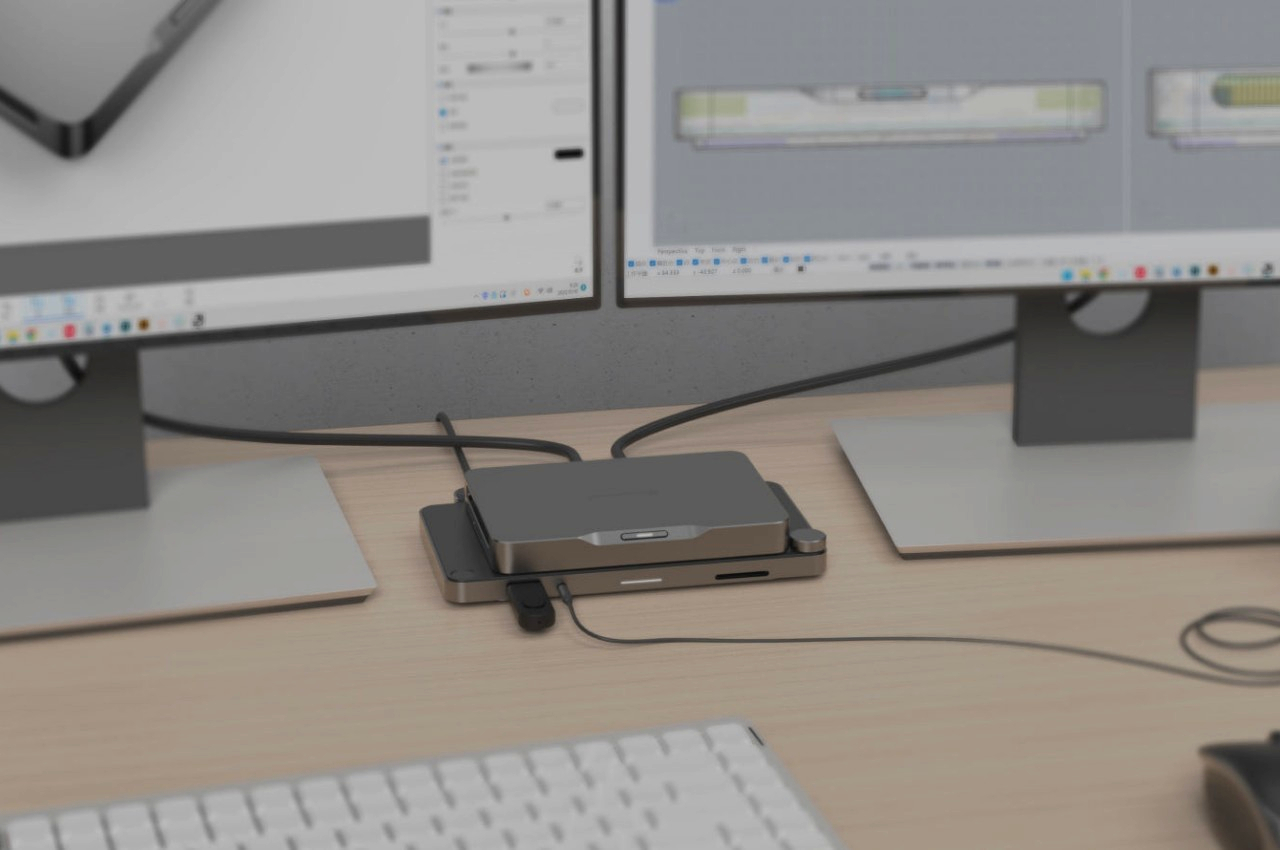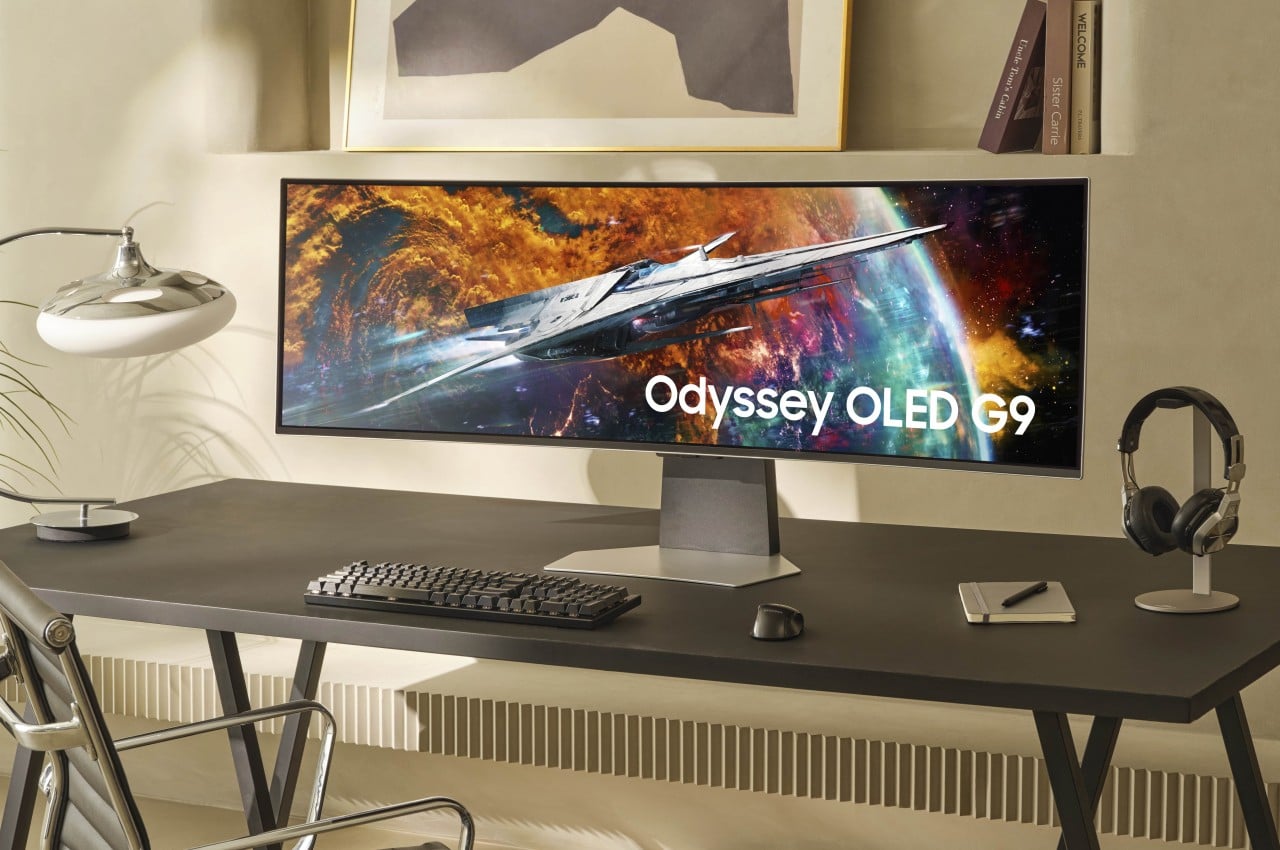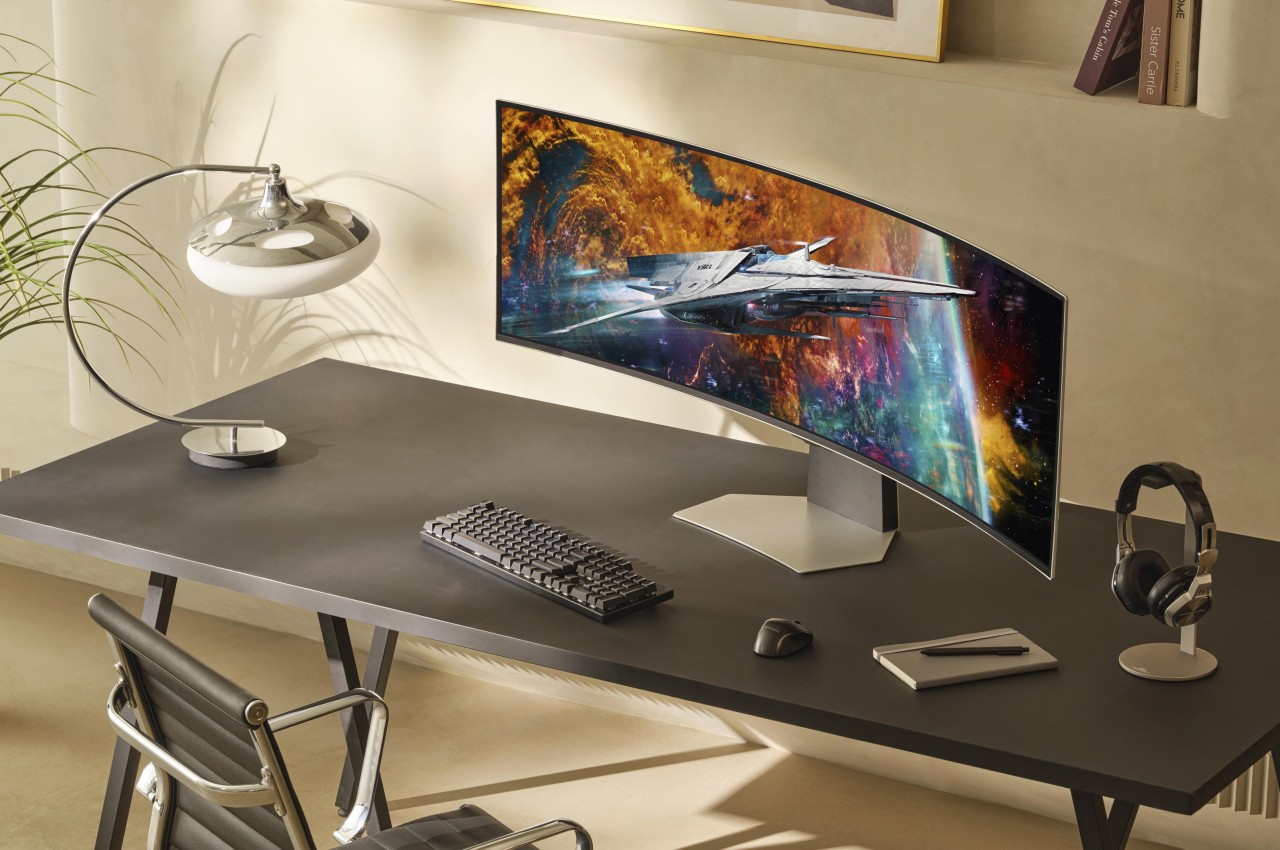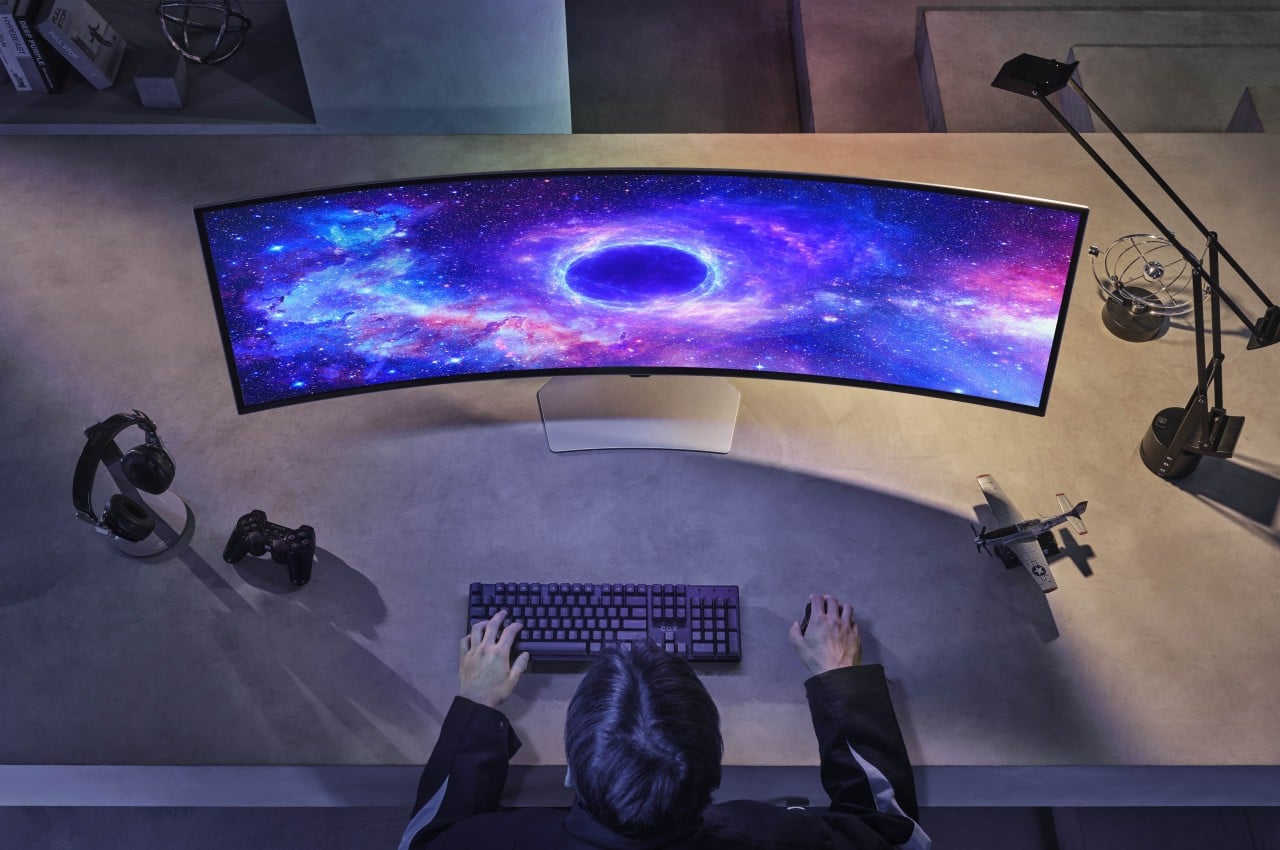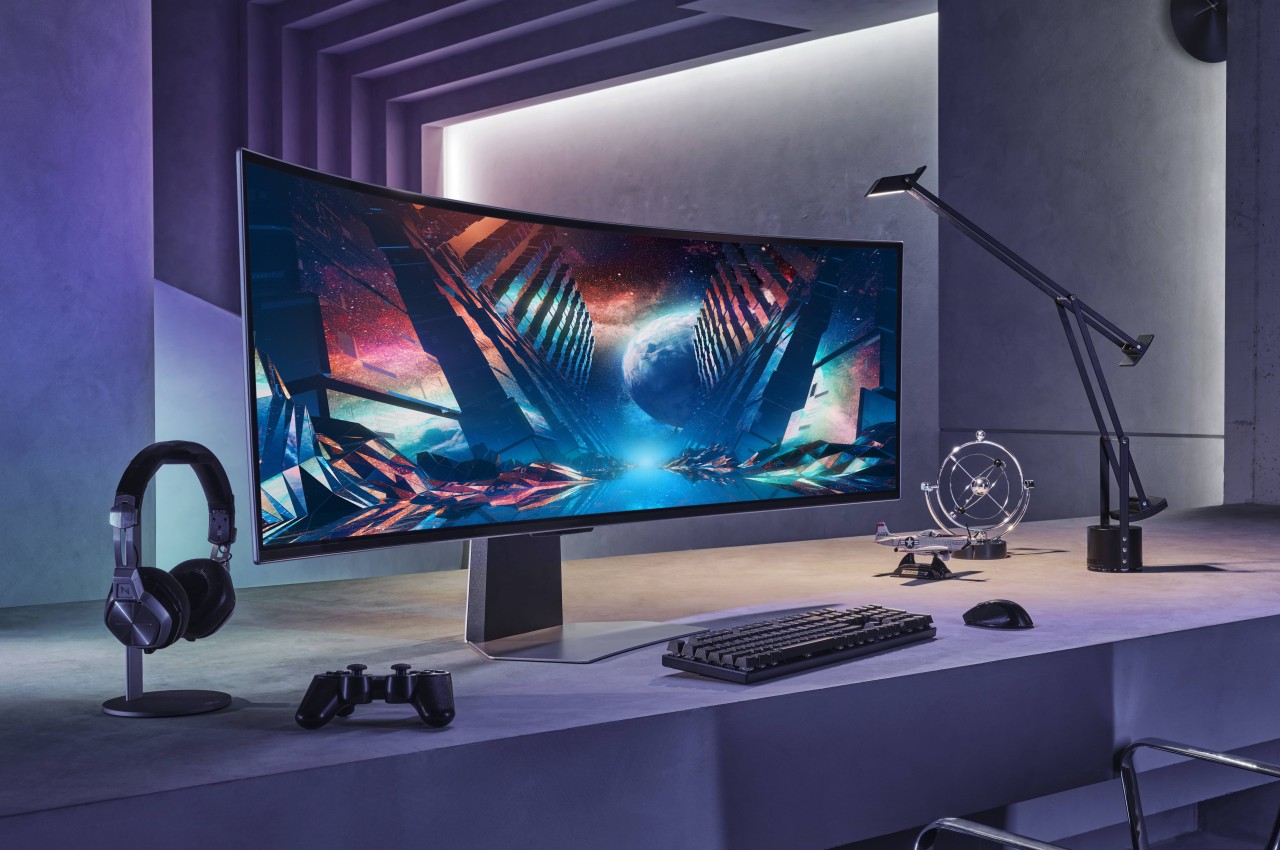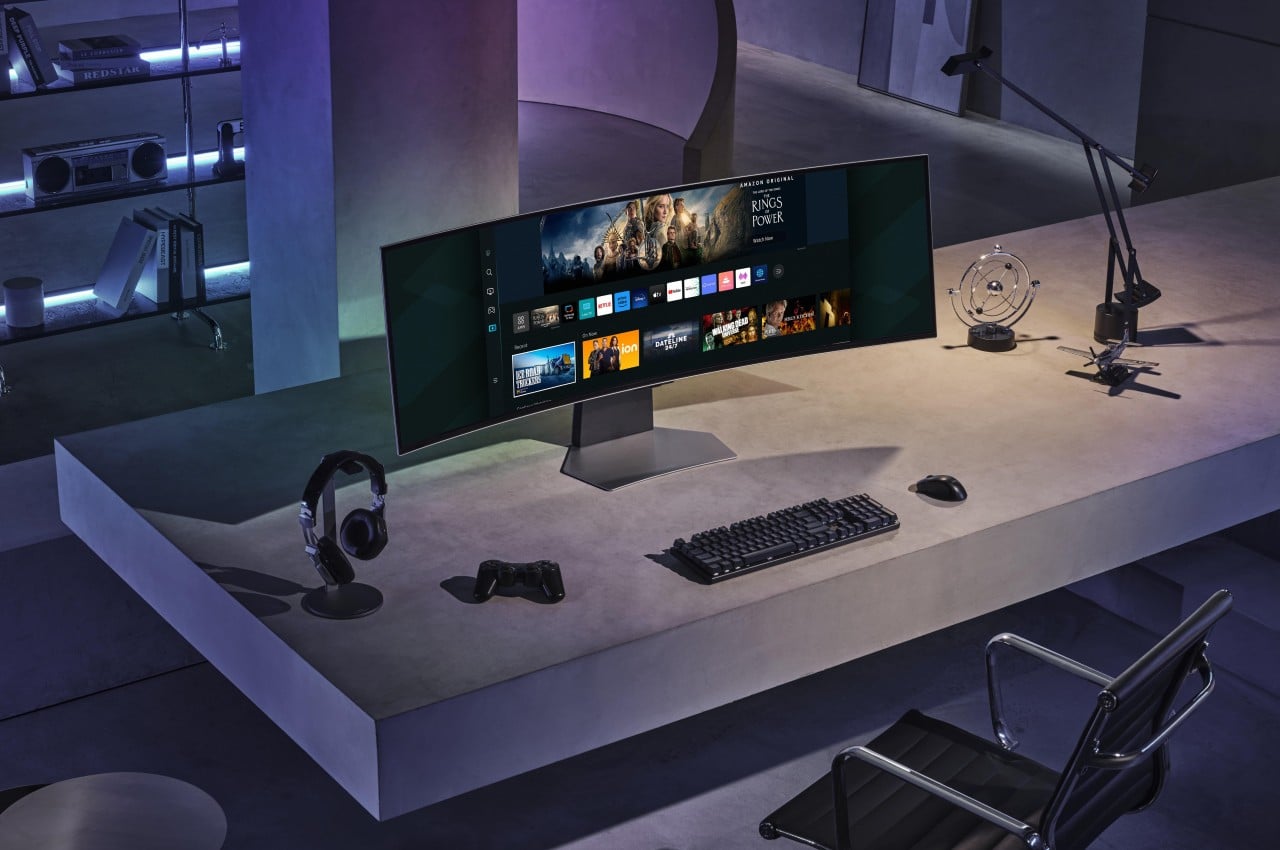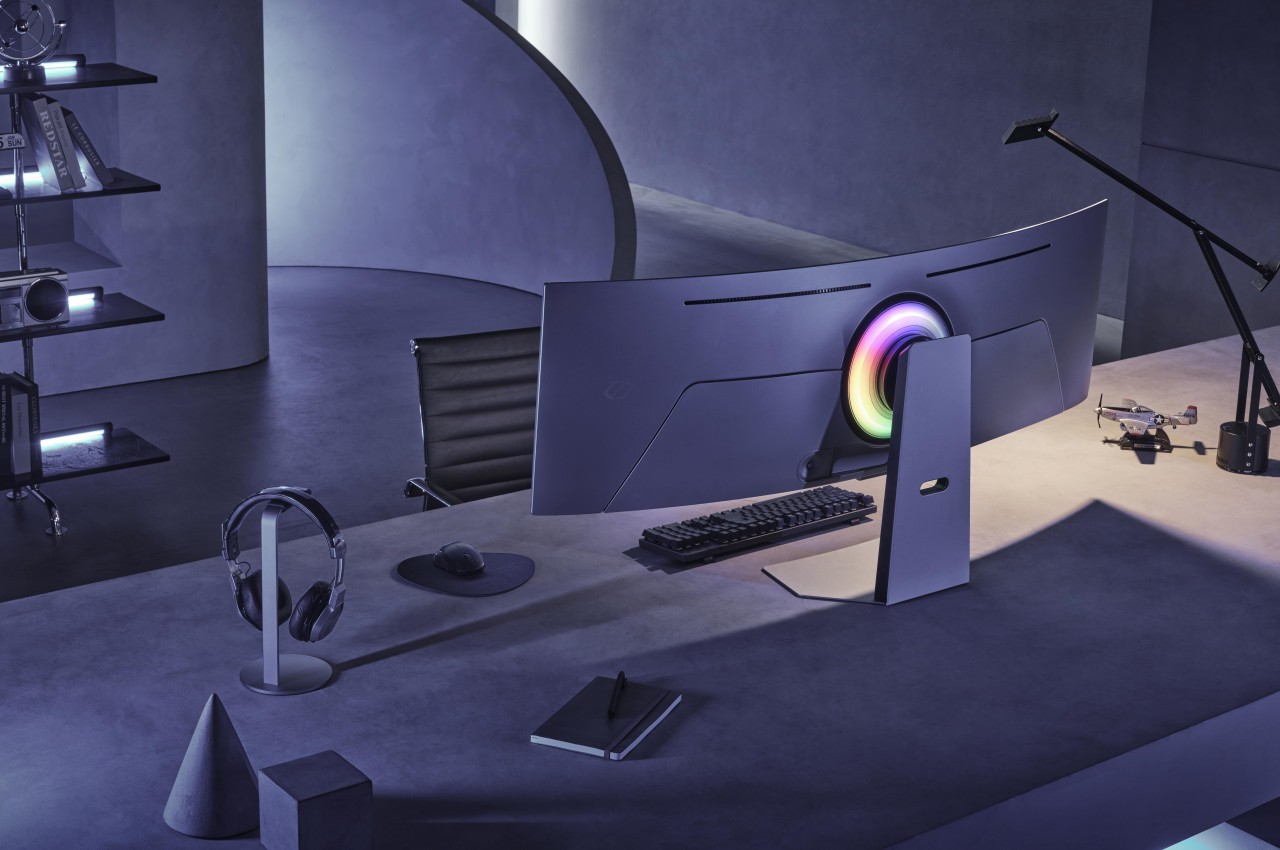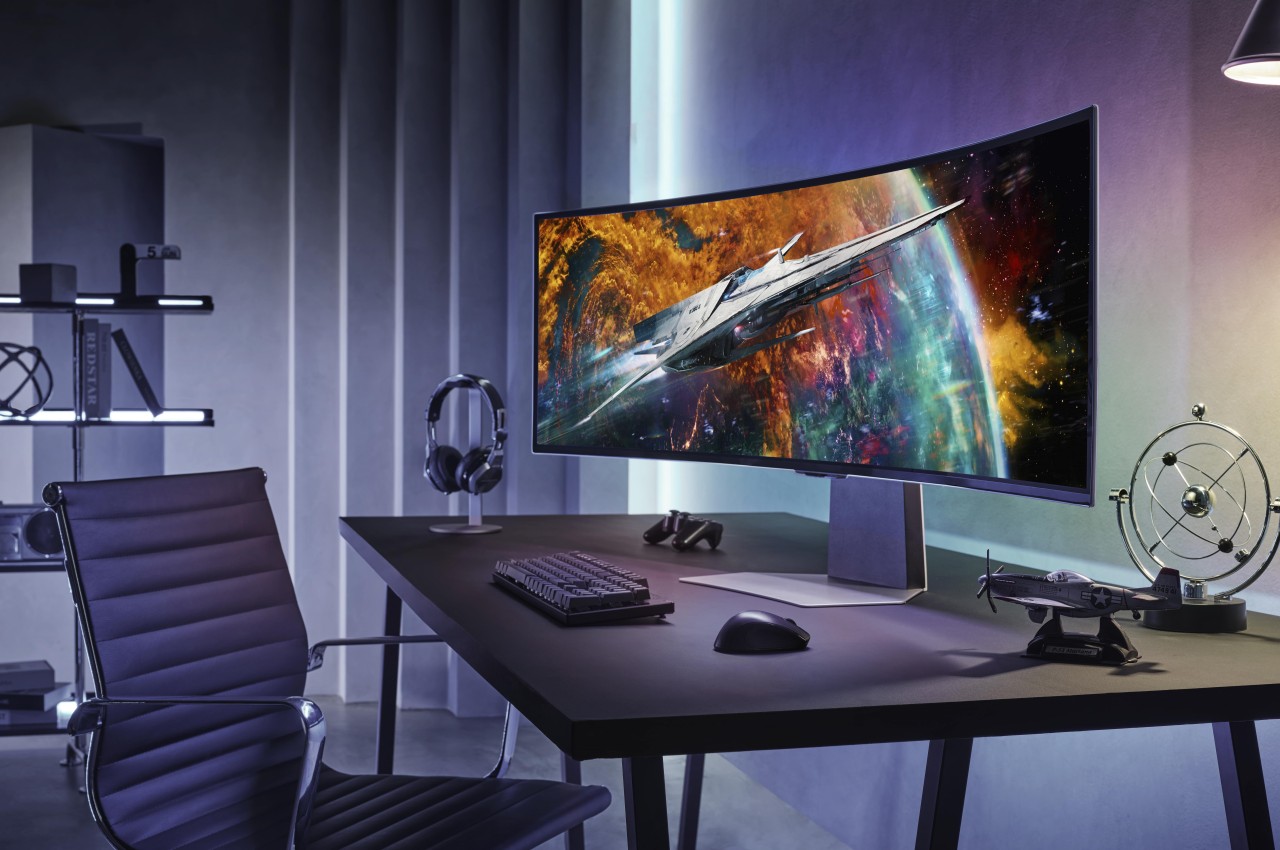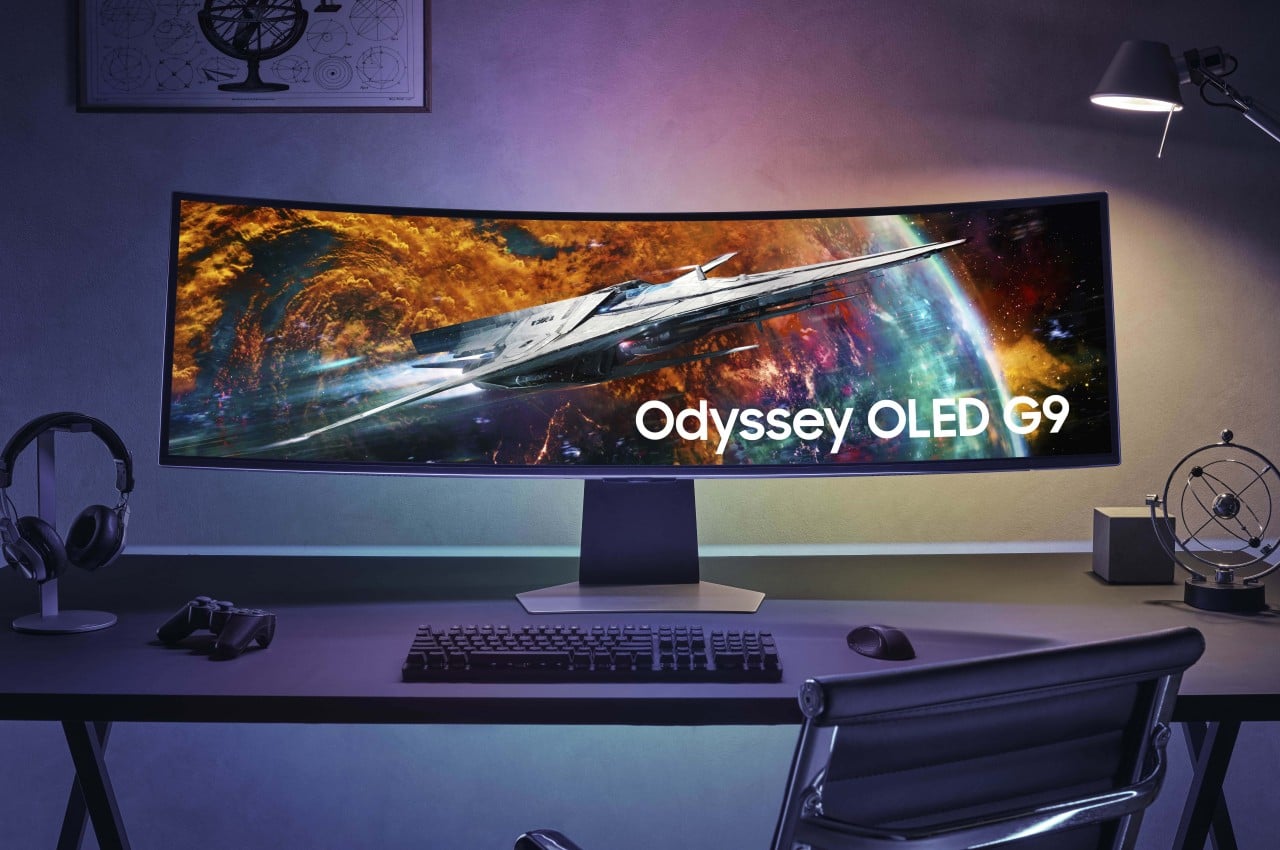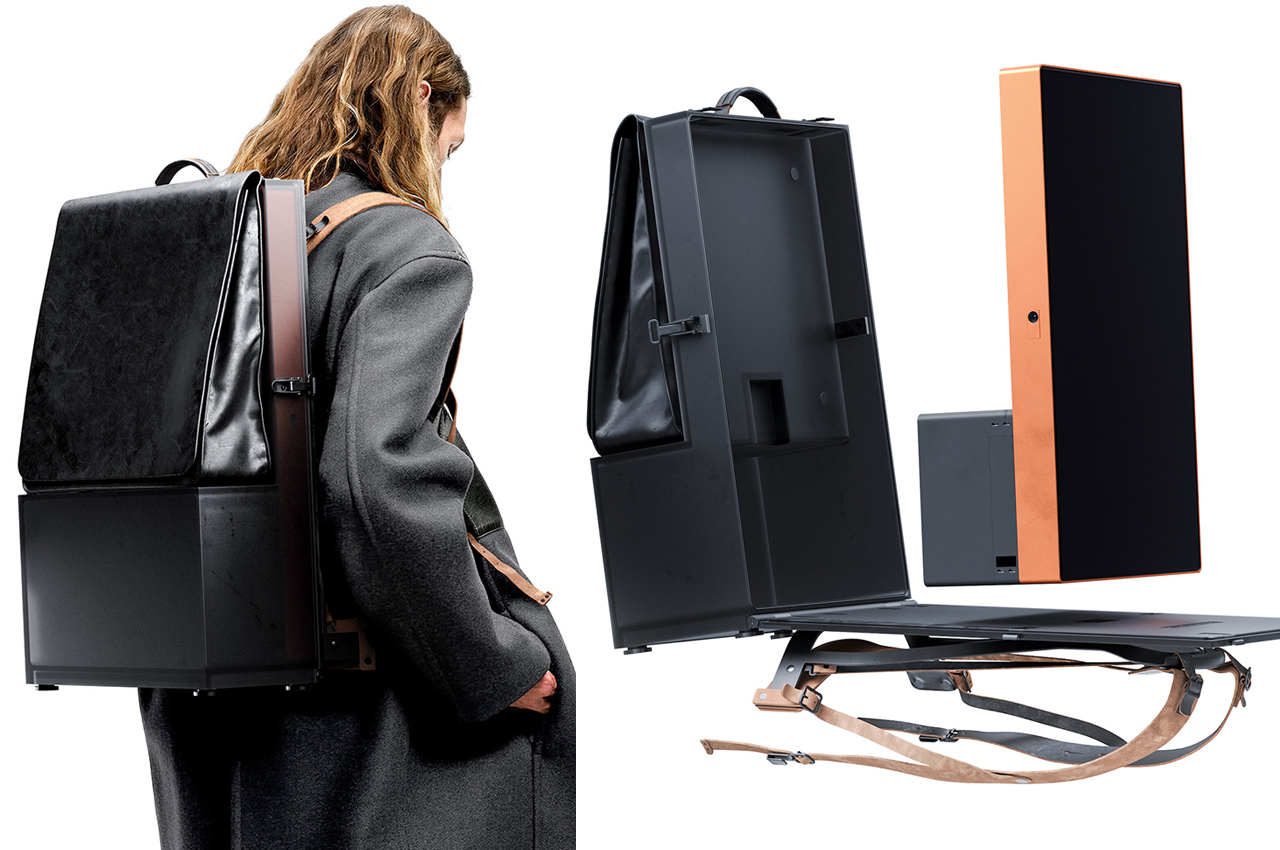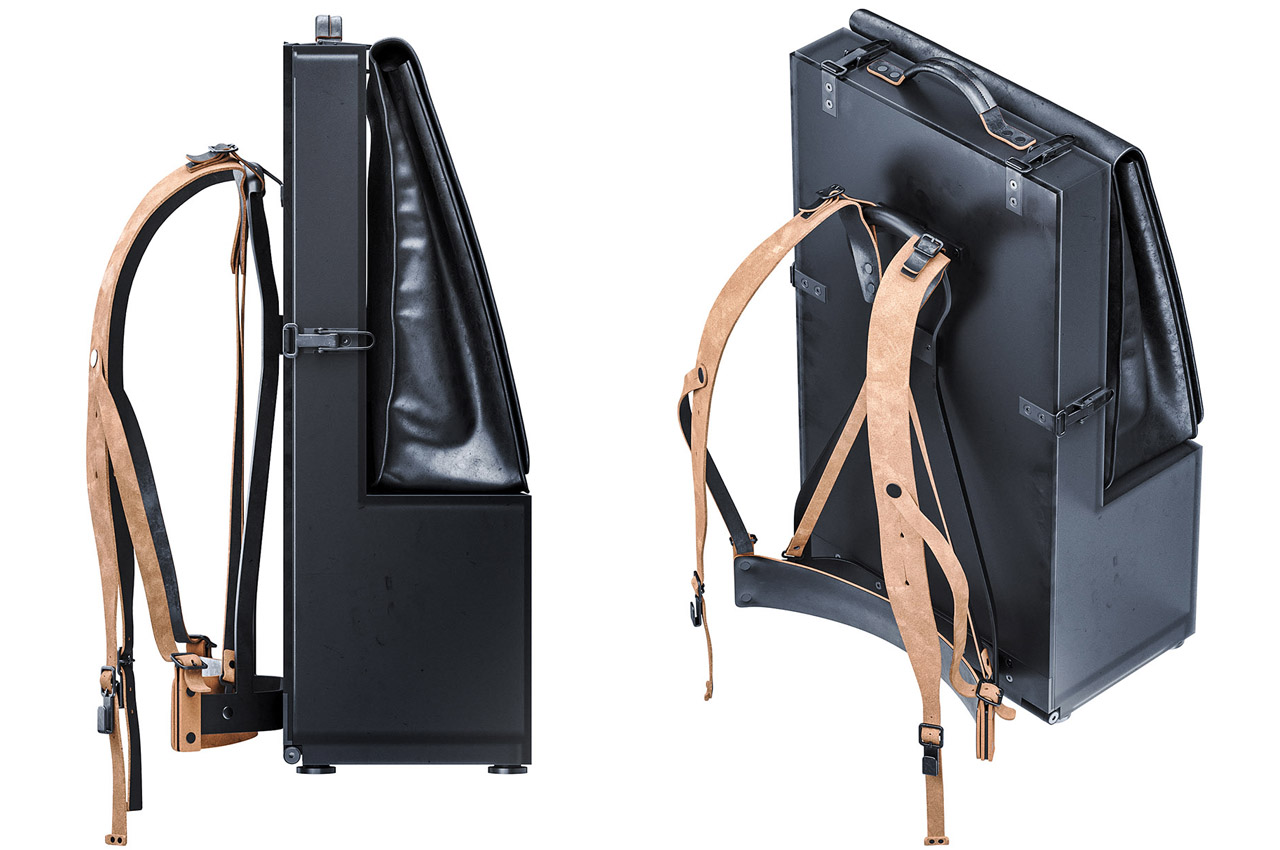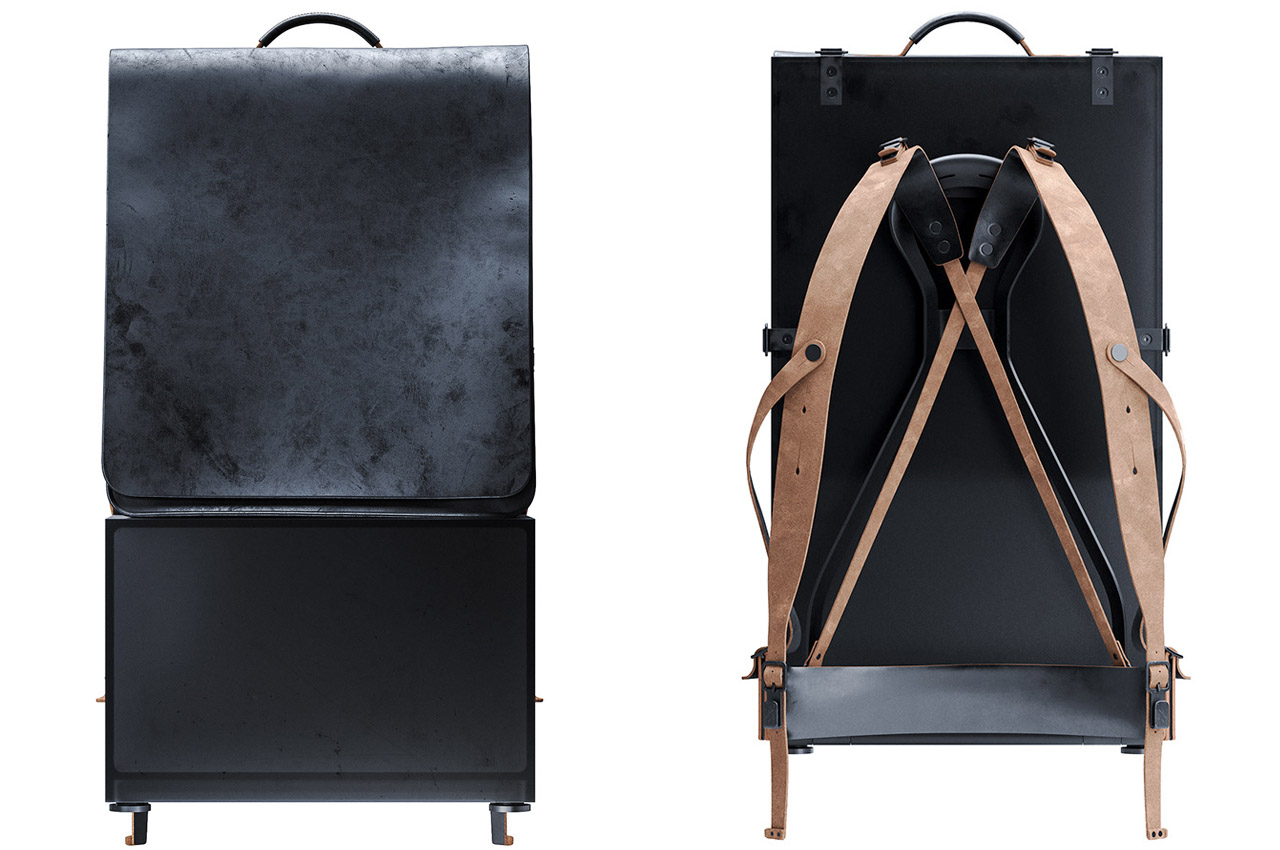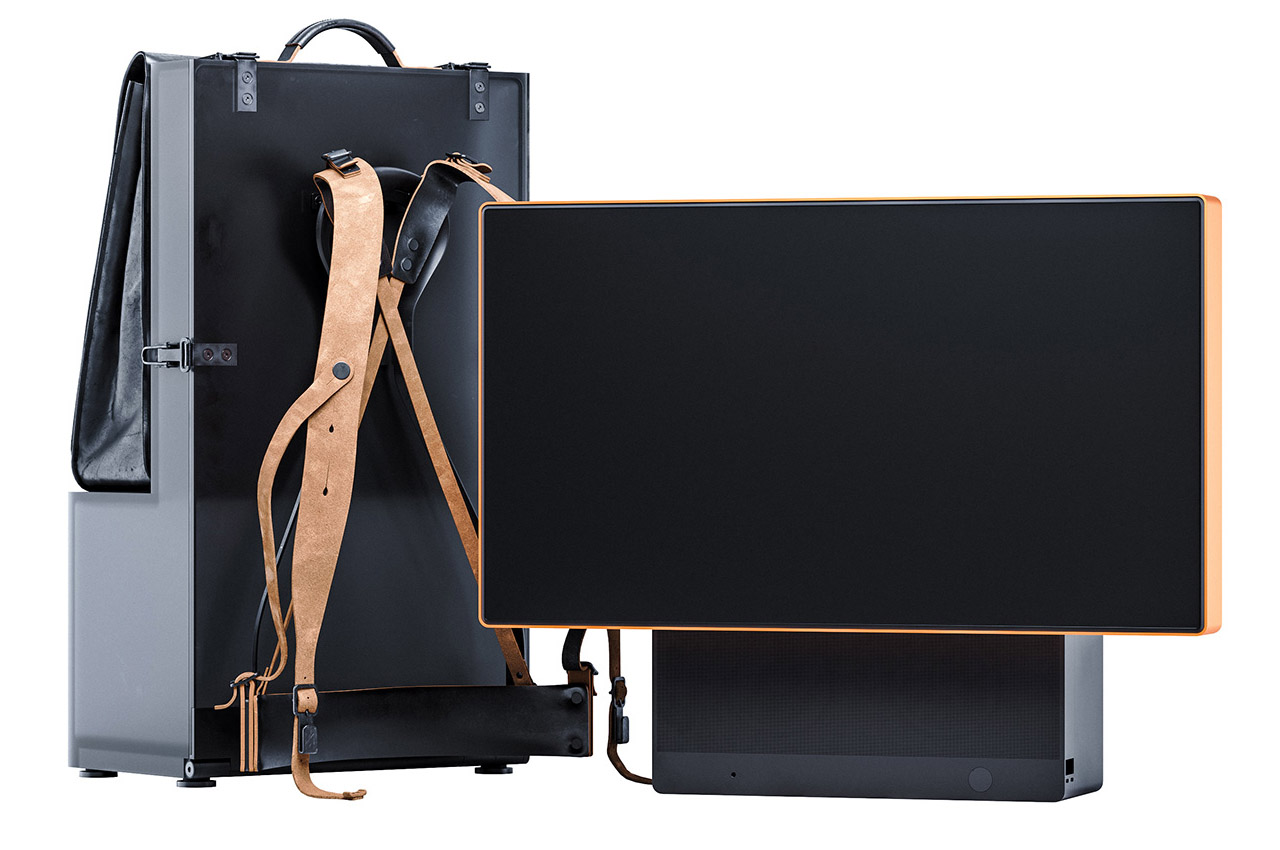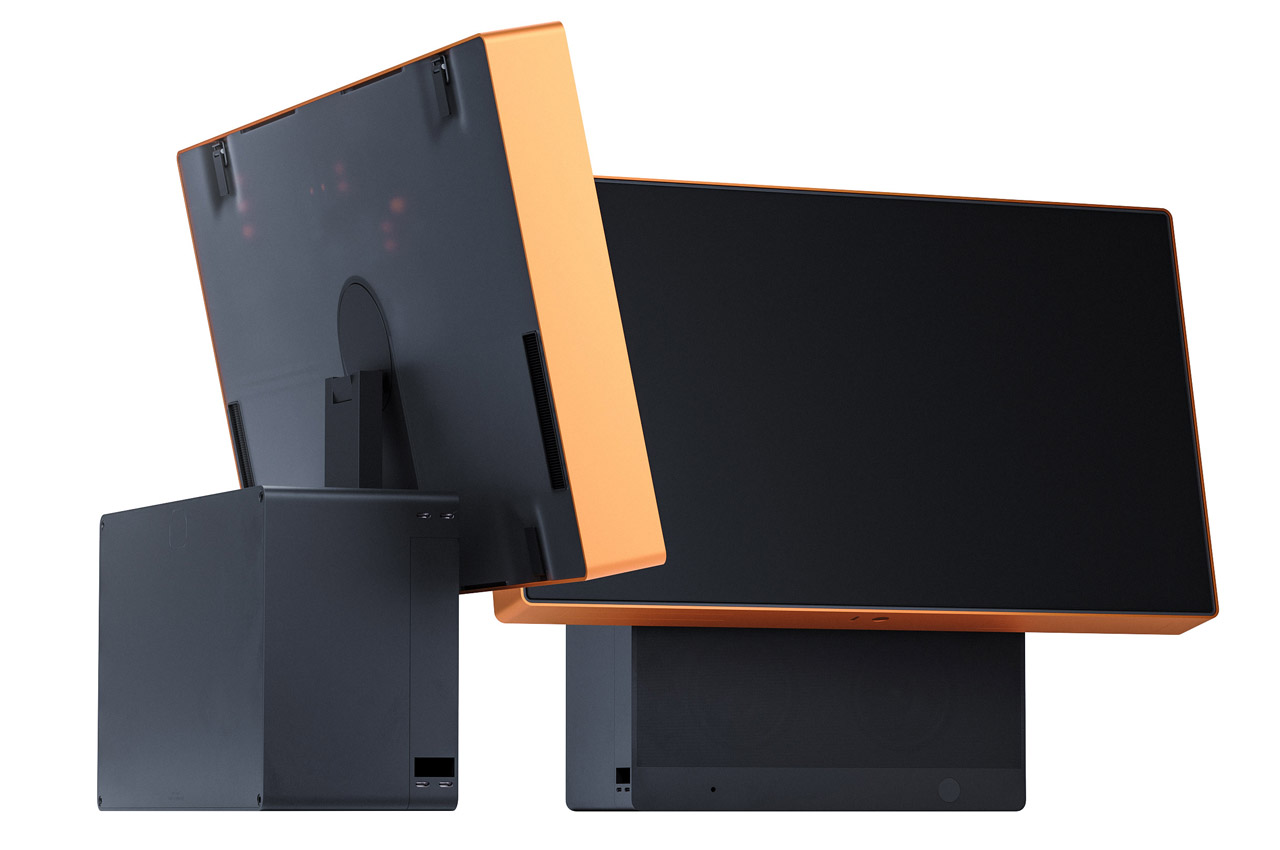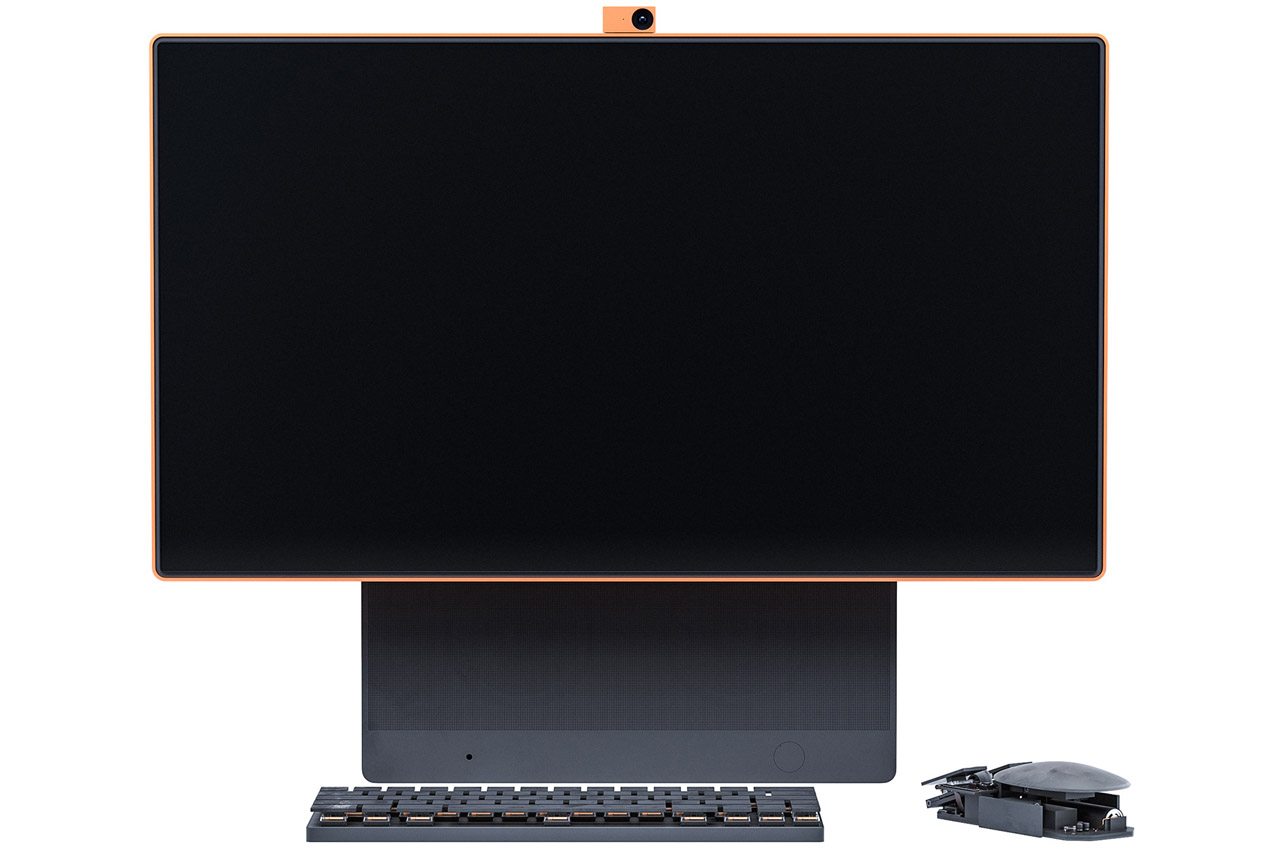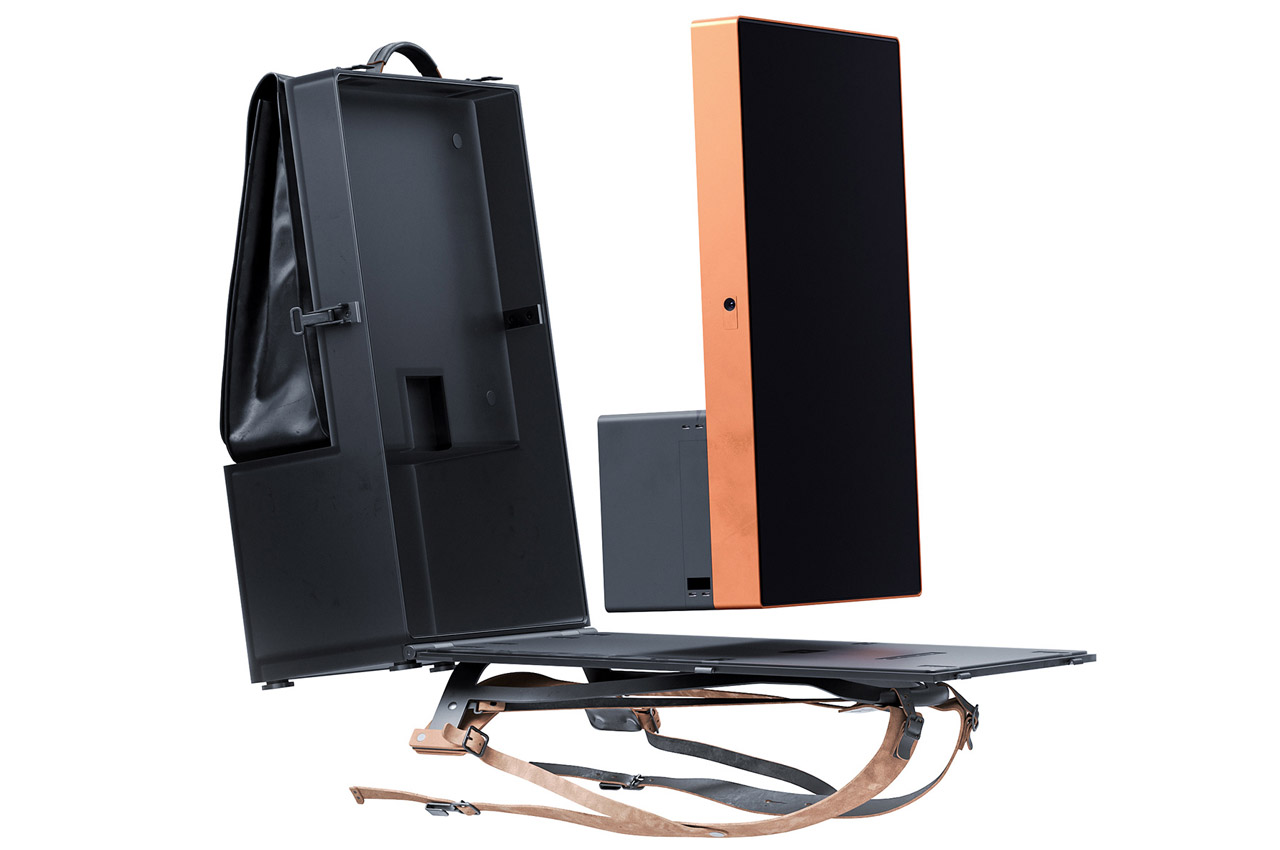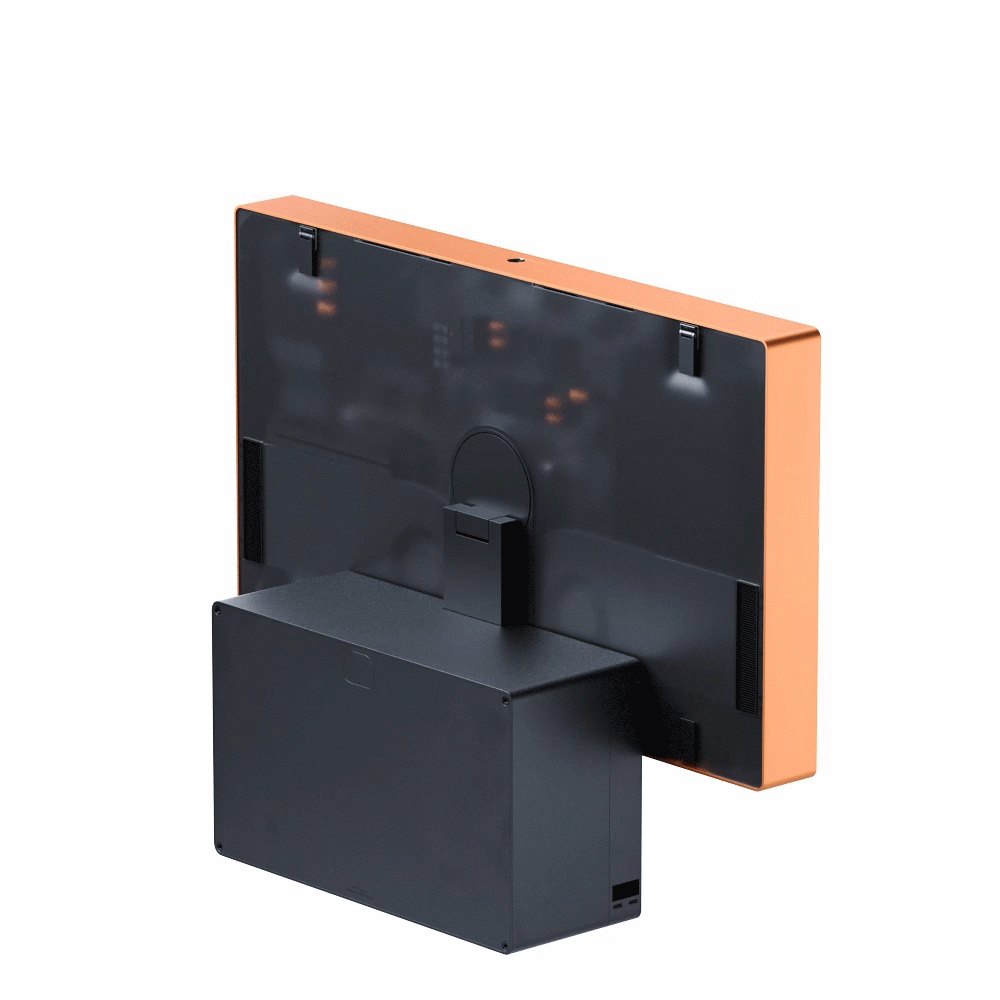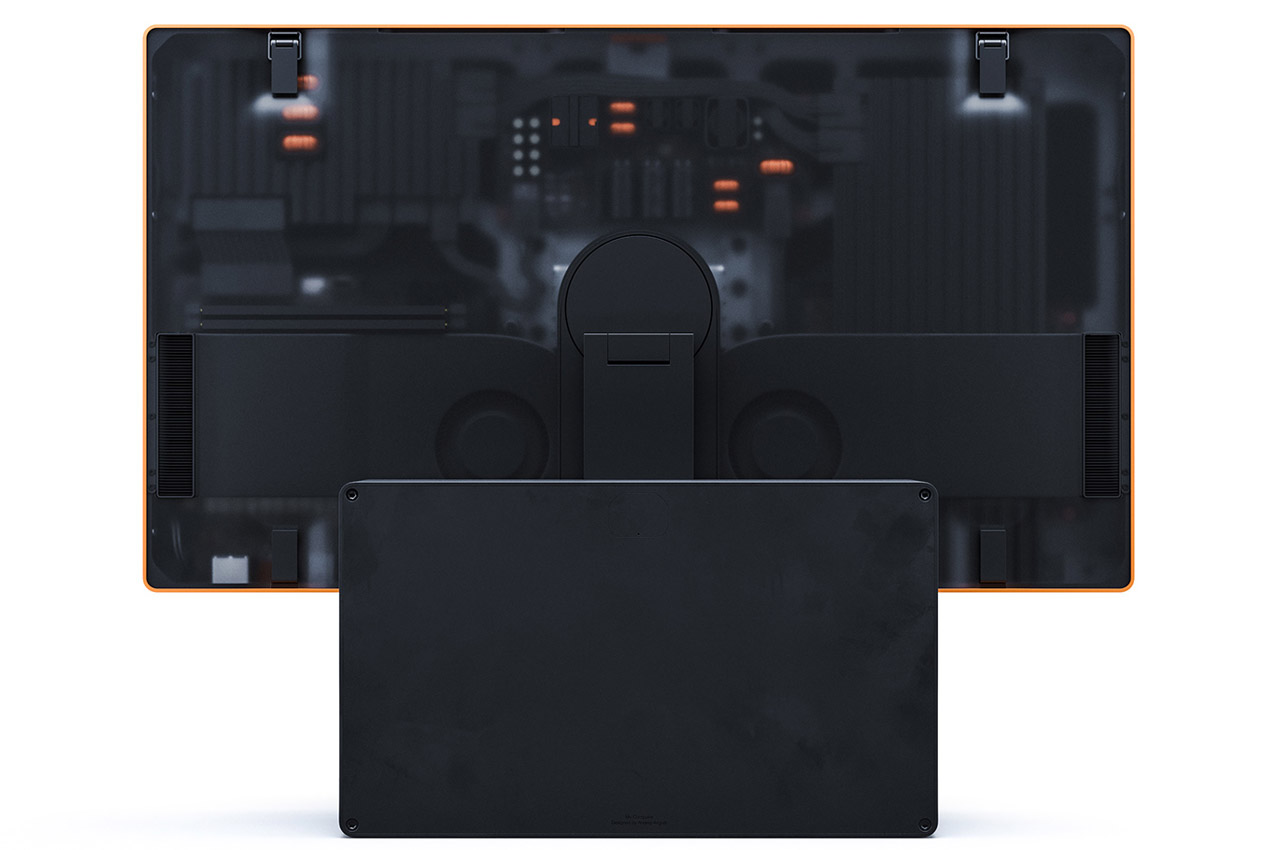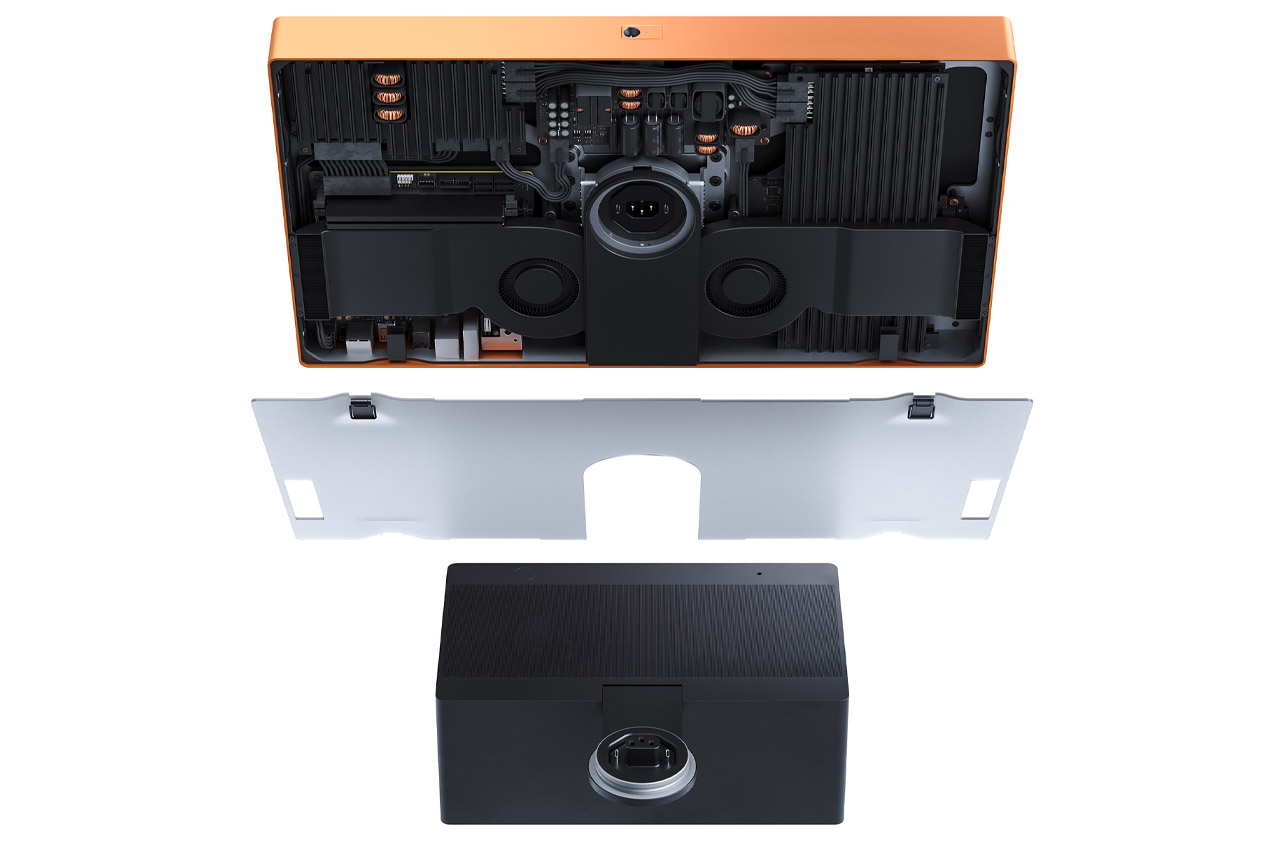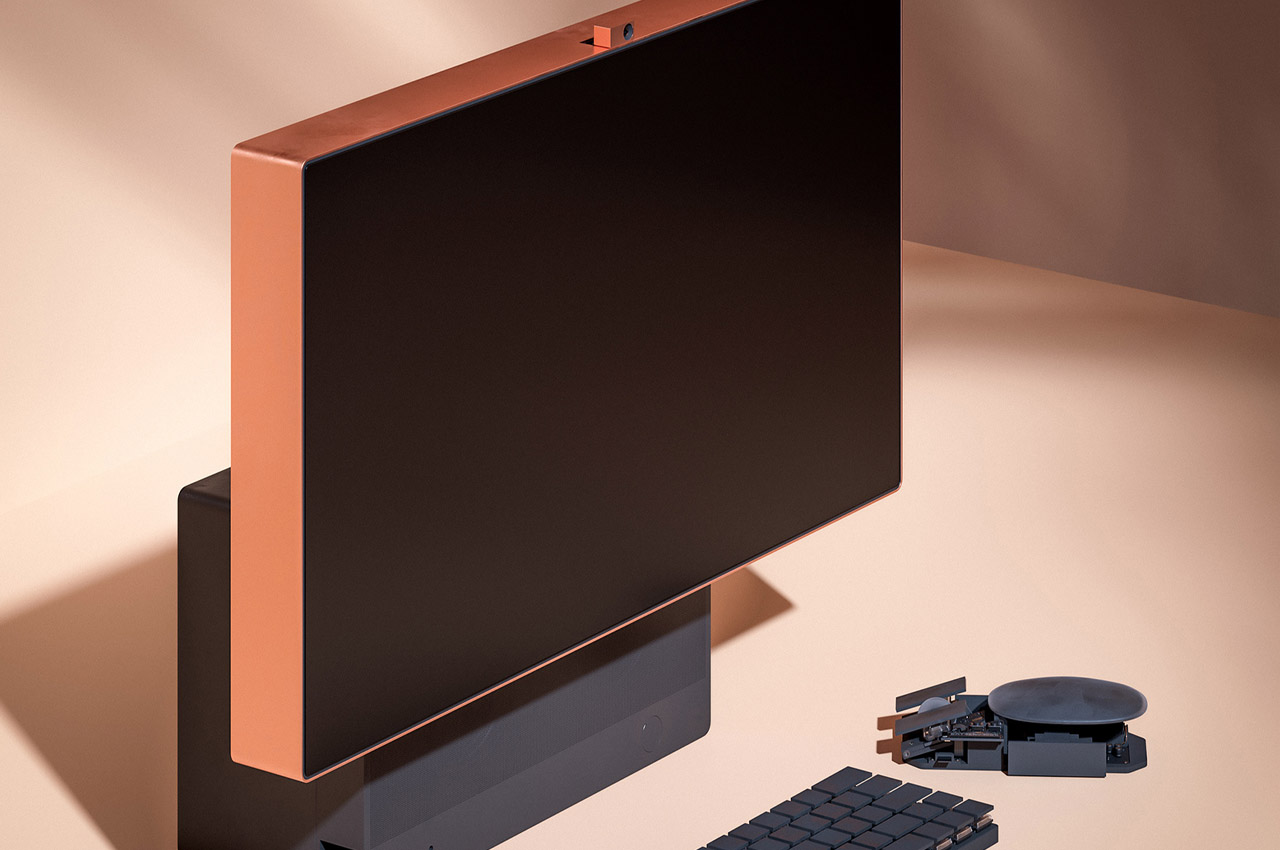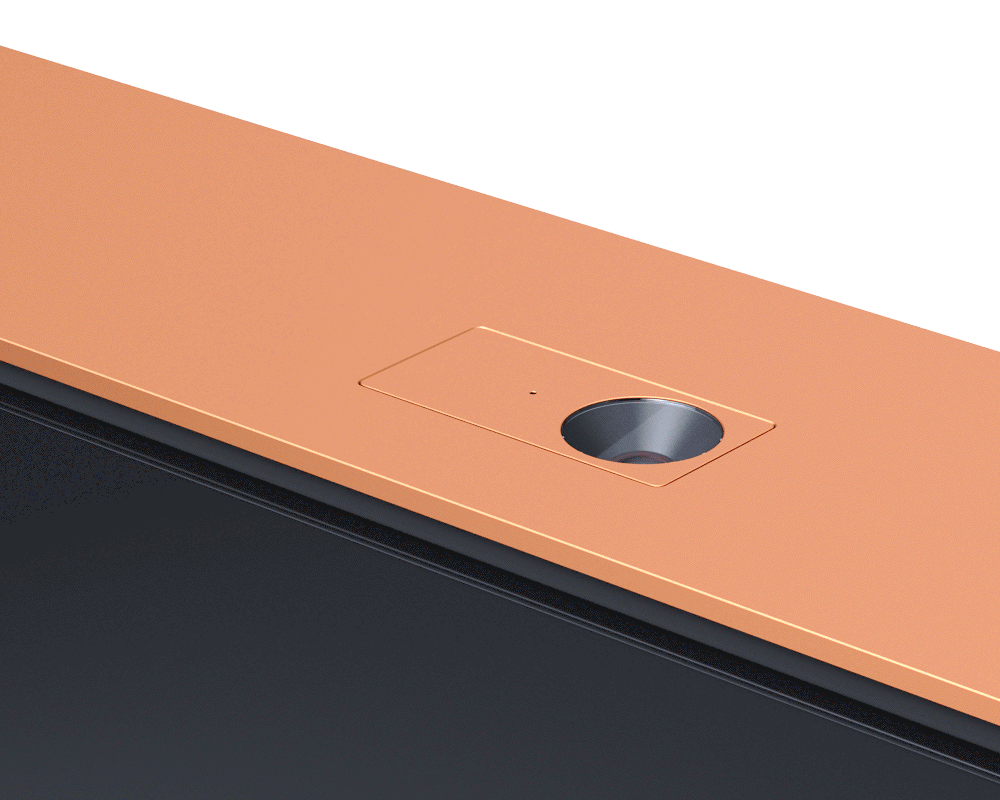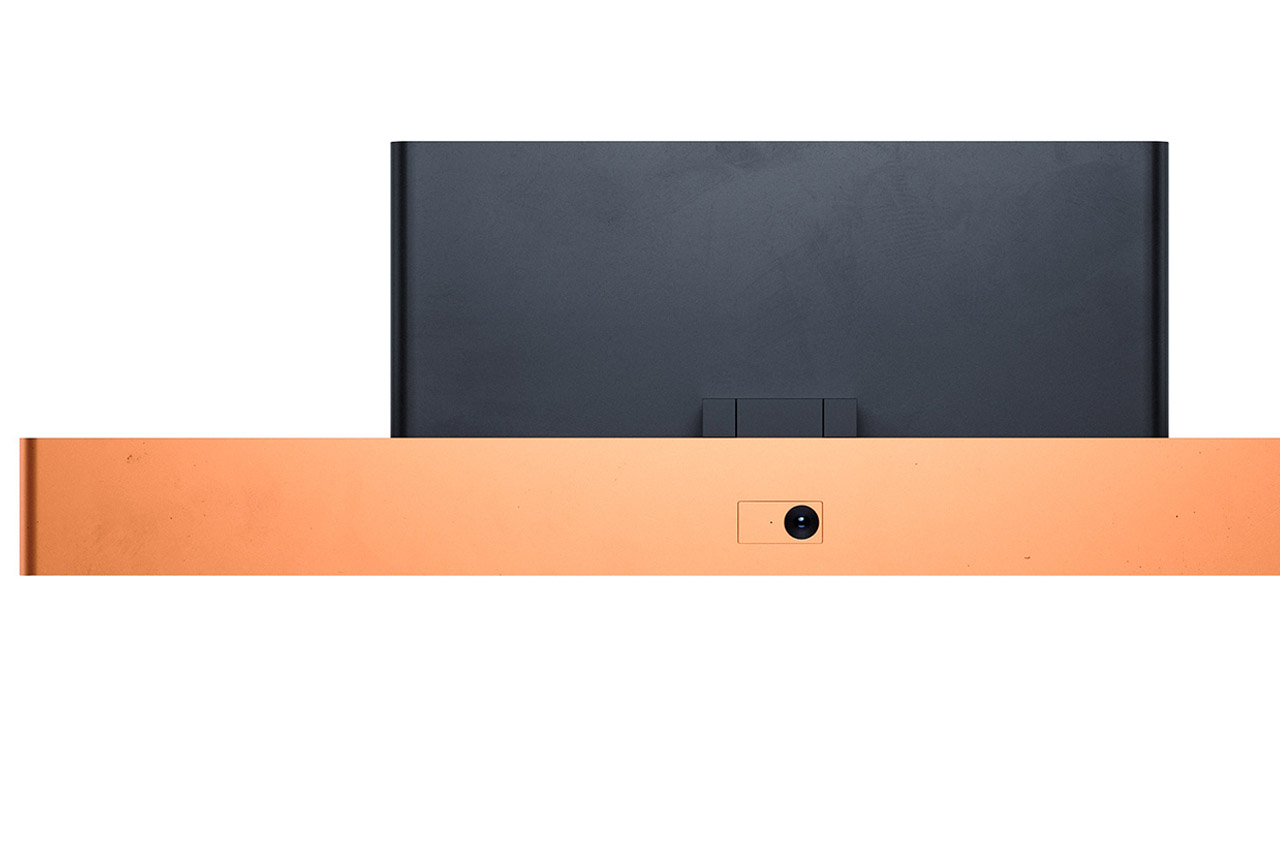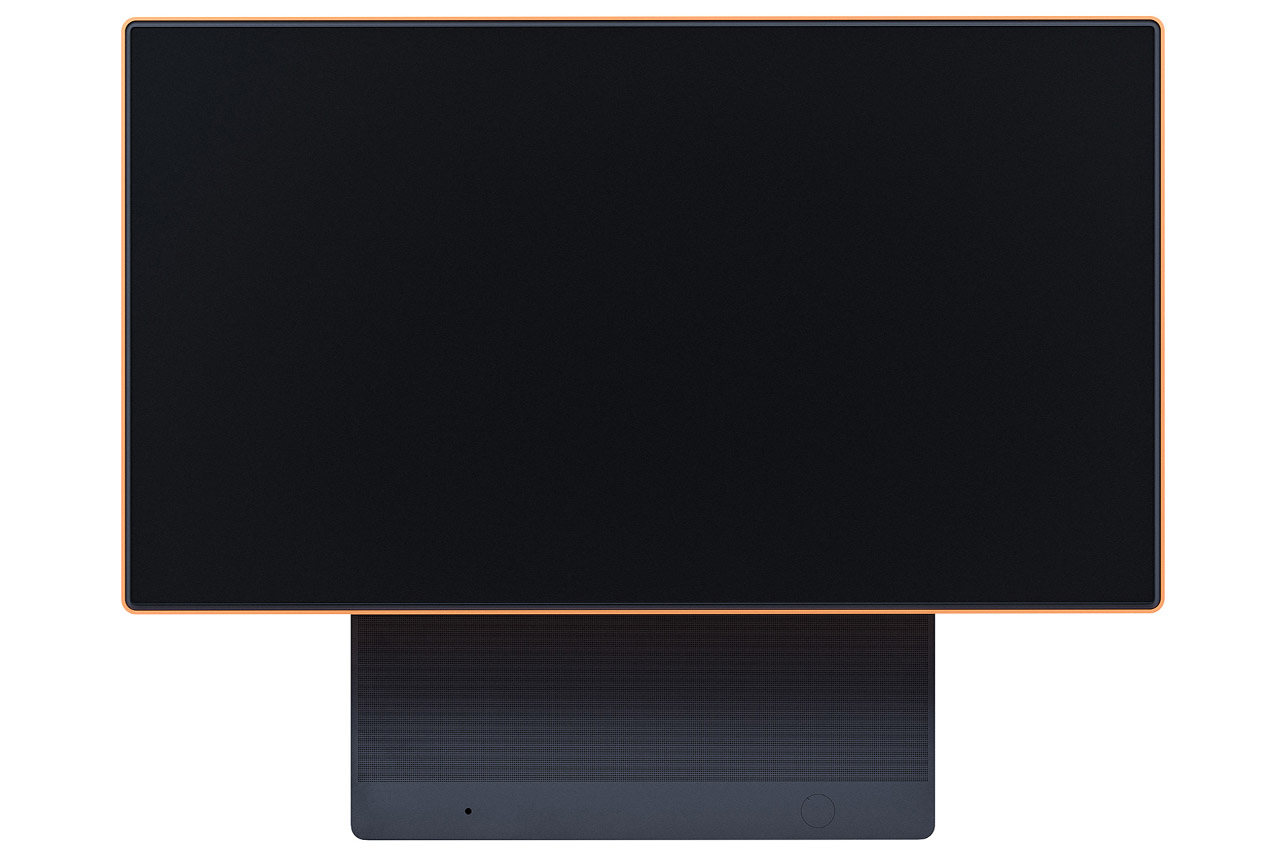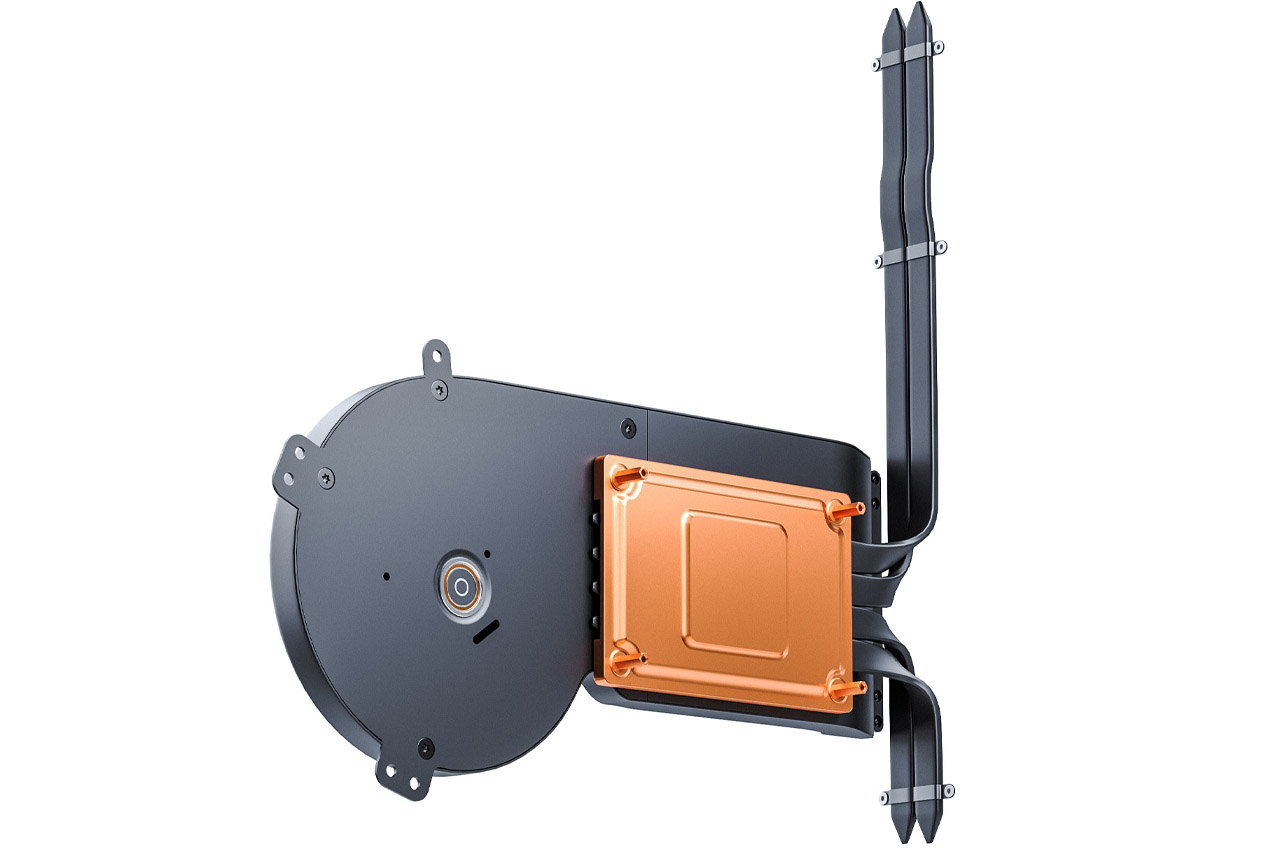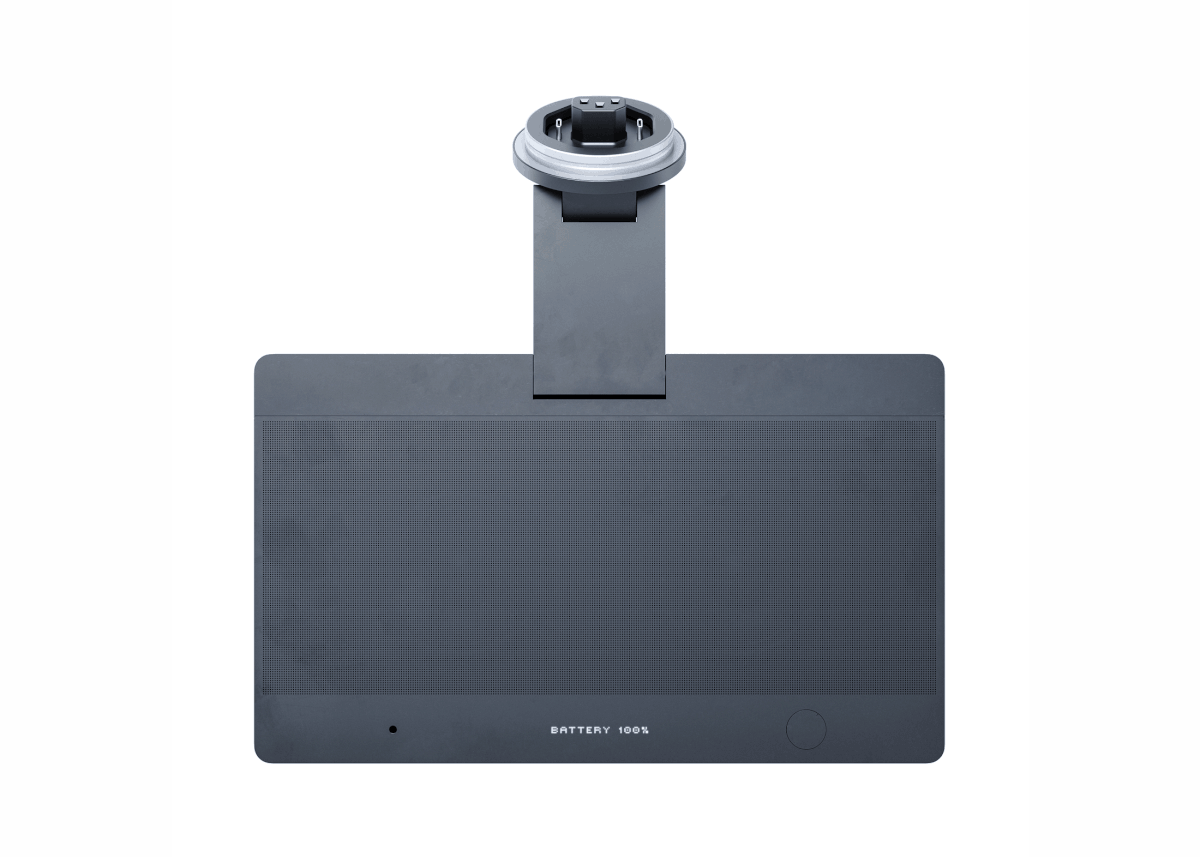Computers are now at the heart and center of our civilization, not only enabling technologies that make our lives more comfortable but also empowering people to turn their creative visions into reality. Despite these seemingly magical capabilities, computers like PCs and Macs remain almost stuck in the past, with forms and designs meant more for manufacturing efficiency than user convenience. Laptops, while portable, lock you forever into the configuration that you purchased, and although desktops offer nearly limitless upgrade potential, you are still left stuck with the box that the computer came in, which is more often than not something that ties you down to your desk. Fortunately, there are innovative and creative minds who won’t settle for anything less, and they have designed an advanced modular system that lets the PC adjust to your needs, whatever and wherever they are, rather than the other way around.
Designer: Khadas Design
Click Here to Buy Now: $928 $1278 ($350 off). Hurry, only 19/90 left! Raised over $270,000.

The Khadas Mind Module PC offers three distinct modes tailored to your specific needs. Opt for ‘Mind Only Mode’ when you need extreme portability, switch to ‘Mind Dock Mode’ for multitasking prowess, or choose ‘Mind Graphics’ when you’re ready to unleash your creativity in design and gaming.
Khadas Mind
At the heart of this groundbreaking computer system is the Khadas Mind itself, a mini PC that already pushes the envelope of its category. At only 0.99lbs (450g) light and with a compact size of 5.7 x 4.1 x 0.7 inches (146x105x20mm), this extra slim box can slip easily inside any bag or even a coat pocket, allowing you to bring your work and entertainment with you anywhere you need to be. Despite that diminutive size, the Kadas Mind is no underdog, powered by a 13th-gen Intel Core i7-1360P processor with Intel Iris Xe graphics, up to 32GB of fast LPDDR5 RAM, and capable of holding up to 4TB of NVMe SSD storage. It has its own set of ports, so all you really need to do is plug in peripherals and a power cable and you’ll be up and running in no time. The built-in 5.55Wh standby battery even lets the Khadas Mind sleep for up to 5 hours without an external power source, allowing you to unplug the mini PC and be on the move in a snap.
Mind Dock

Easy Docking for Minimal Downtime – Simply slot your Mind to the multifunctional base. Mind Dock instantly supplies power and connectivity without the fuss of fiddling with an intricate tangle of cables.
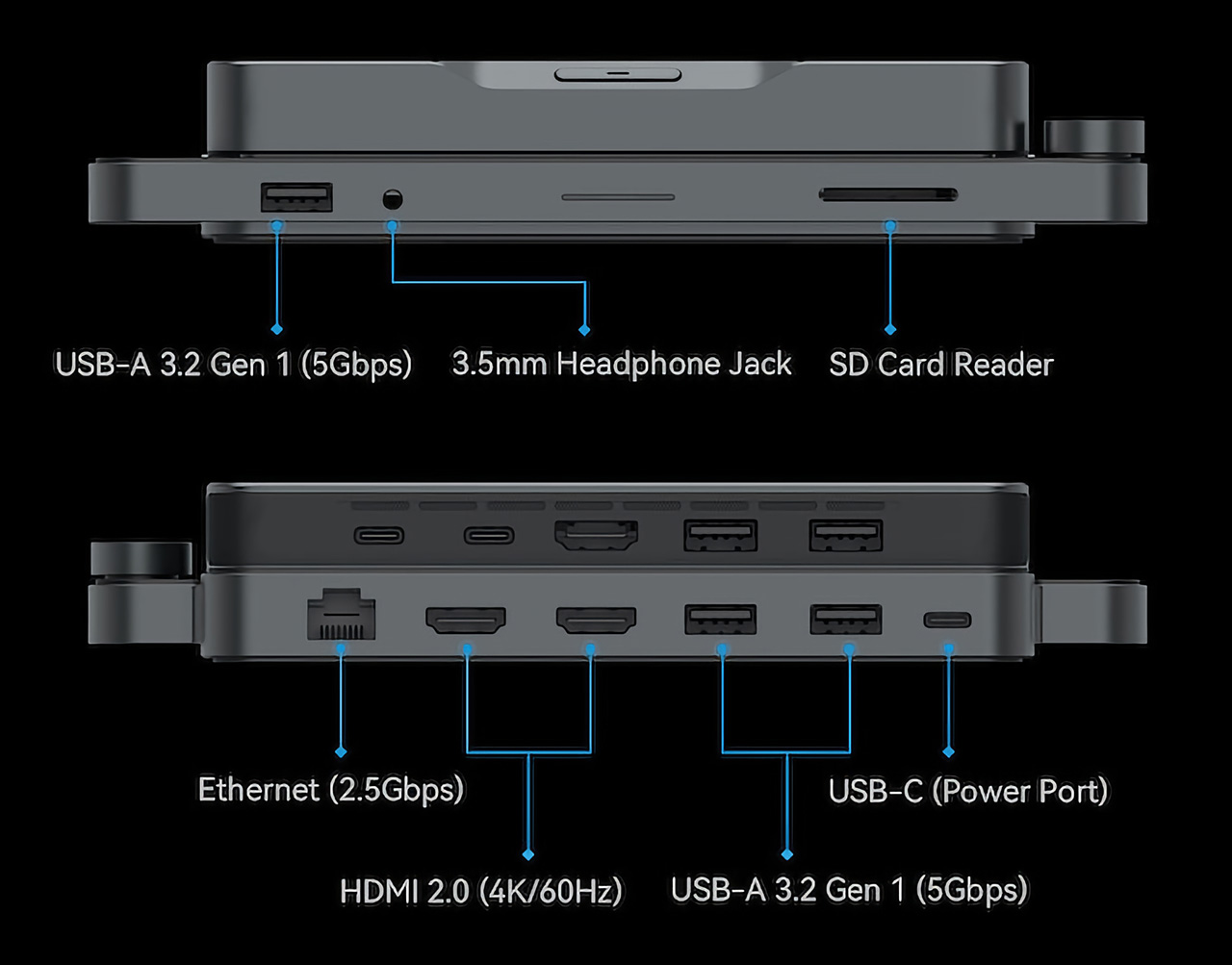
Enhance Mind’s I/O Capabilities – Maximize productivity by effortlessly connecting external devices for monitoring and editing tasks, all facilitated by 8 high-speed I/O ports on the Mind Dock.

Access-friendly Design – Experience enhanced security with Mind Dock’s built-in fingerprint scanner.
While the Khadas Mind is already impressive on its own, it becomes even more powerful once you start combining it with the other modules in this flexible system. Khadas’ patented Mind Link Interface drives this connection between the Khadas Mind and other modules, opening the doors to even more potential and use cases. The Mind Dock, for example, expands the selection of ports so you can connect almost any peripheral or cable you need. The dock even features a fingerprint scanner for added security, a volume dial, built-in AAC speakers, and a 2.5Gbps Ethernet port for a faster and more stable network connection, providing you with a complete desktop PC experience at only a fraction of the size.
Mind Graphics

NVIDIA GeForce RTX 4060Ti Graphics – Elevate your design and gaming experience by slotting your Mind into Mind Graphics — a dedicated external GPU bay hosting the formidable NVIDIA GeForce RTX 4060Ti.
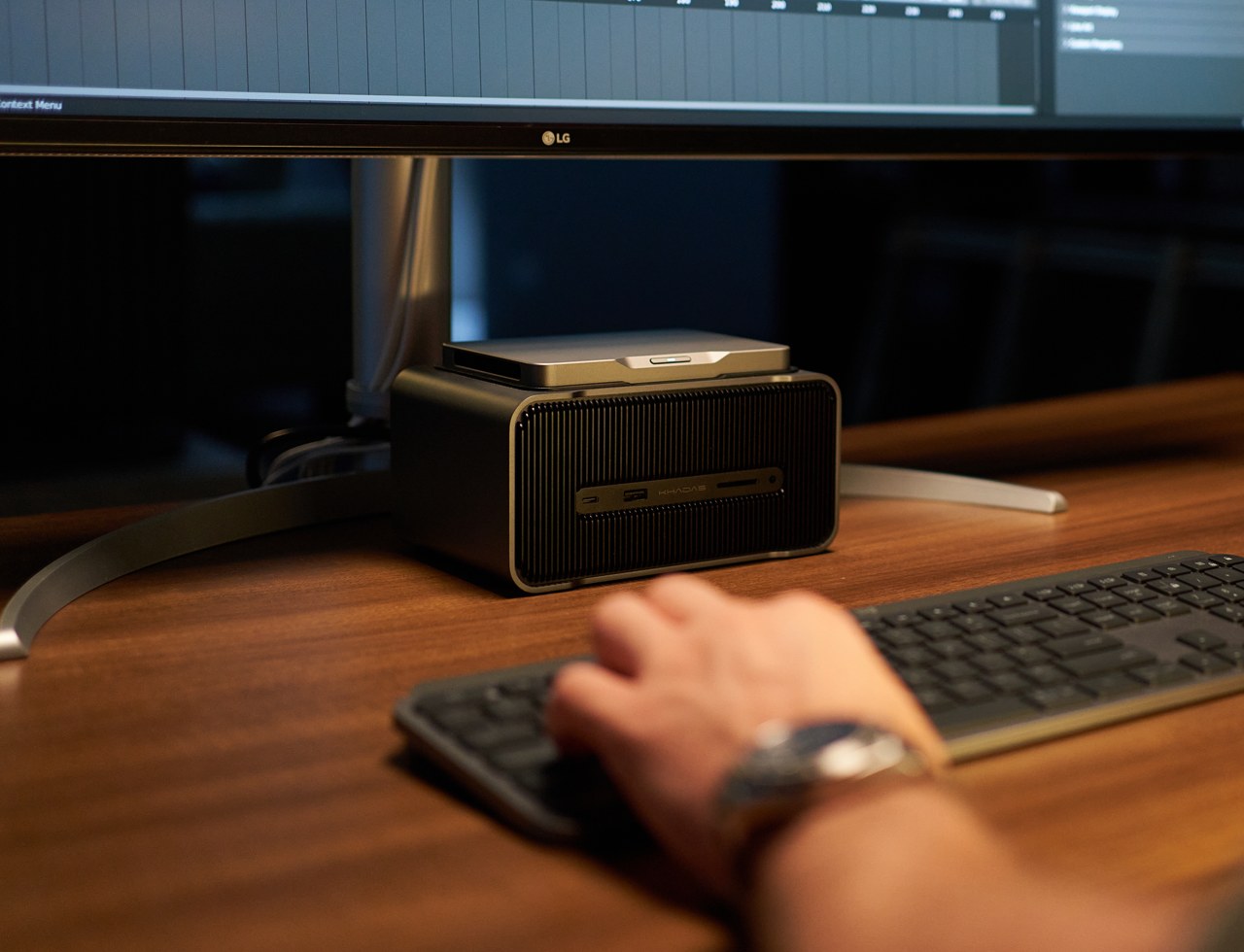
USB4 Supported – Mind Graphics also includes Thunderbolt 3.0 / 4.0 support, so it can be used to turbocharge not only your Mind experience but also your other devices.
The Mind Graphics module, on the other hand, transforms the Khadas Mind from a productivity tool into a creativity powerhouse. Inside the box lies a desktop-grade NVIDIA GeForce RTX 4060Ti that not only makes games pop but also brings your creativity to life. Along with the Khadas Mind Link, the Mind Graphics features an electronic switch lock that firmly keeps the two pieces together, preventing accidental disconnections that could ruin your day and throw you off your groove. The graphics box doesn’t skimp on the connectivity ports either, featuring USB-C with USB4 and Thunderbolt 4 support, USB-A 3.2 Gen 1 x3, two HDMI 2.0, 2.5Gbps Ethernet RJ45 ports, and an SD card reader. It also features high-quality, full-range 5W speakers so that you’ll have a complete entertainment and content creation package in a compact box.
Mind xPlay, Mind Talk & Mind Studio
The fun and creativity don’t stop there, thanks to the ingenious modular design of the Khadas Mind. The Mind xPlay, for example, will provide a portable display with a built-in battery, and dock for the Khadas Mind to fit into, letting you work and collaborate with others anywhere. The Mind Talk, on the other hand, upgrades office meetings with its array of microphones and audio hardware specially designed for this setting. Finally, the Mind Studio Display really takes your creative pursuits to the next level with an extra-large touchscreen with support for stylus input. Wherever you are and whatever computing power you need, the Khadas Mind modular workstation will be ready to open your mind to a world of possibilities.
Click Here to Buy Now: $928 $1278 ($350 off). Hurry, only 19/90 left! Raised over $270,000.
The post This innovative modular PC lets you set up workstations that adapt to your needs first appeared on Yanko Design.
